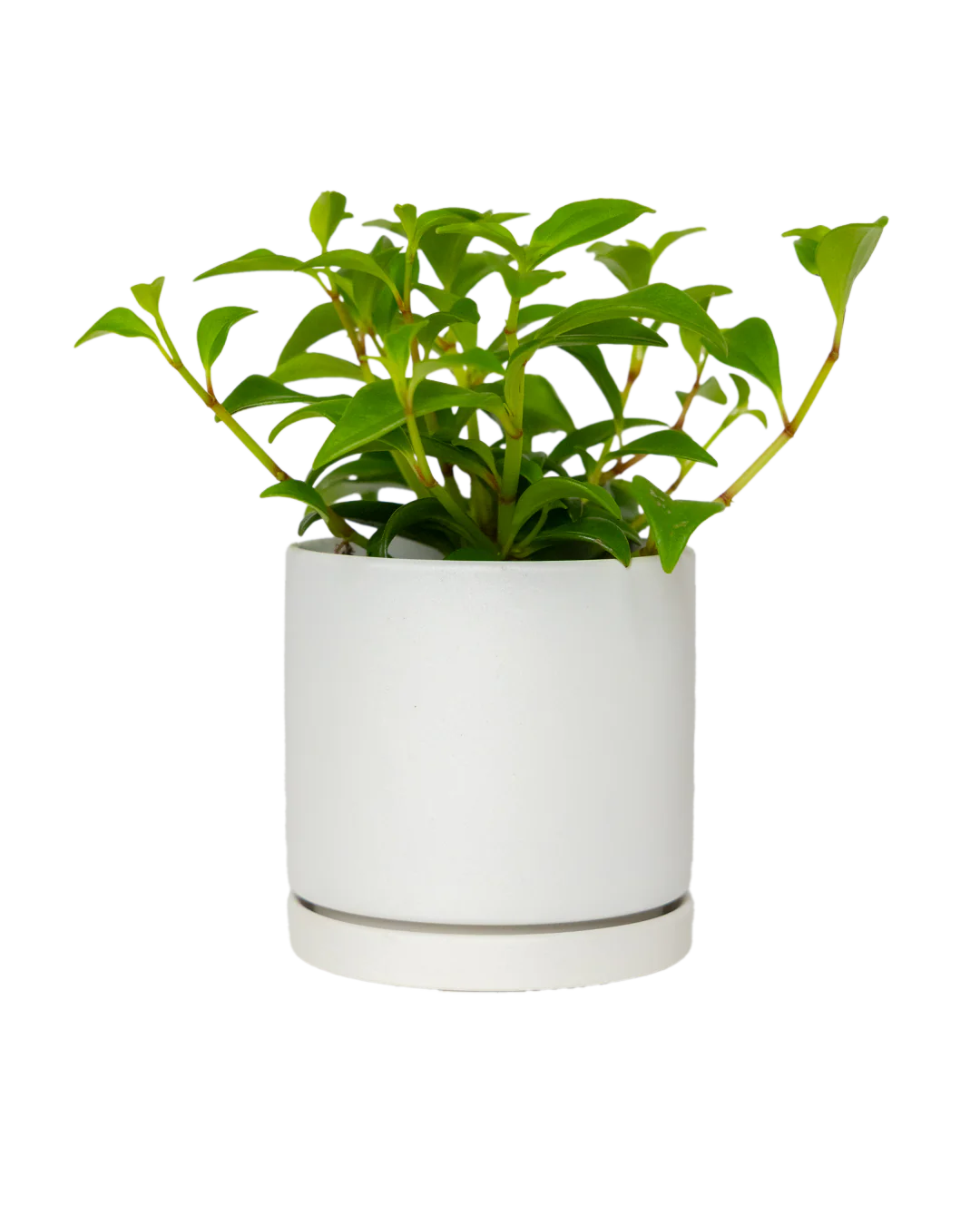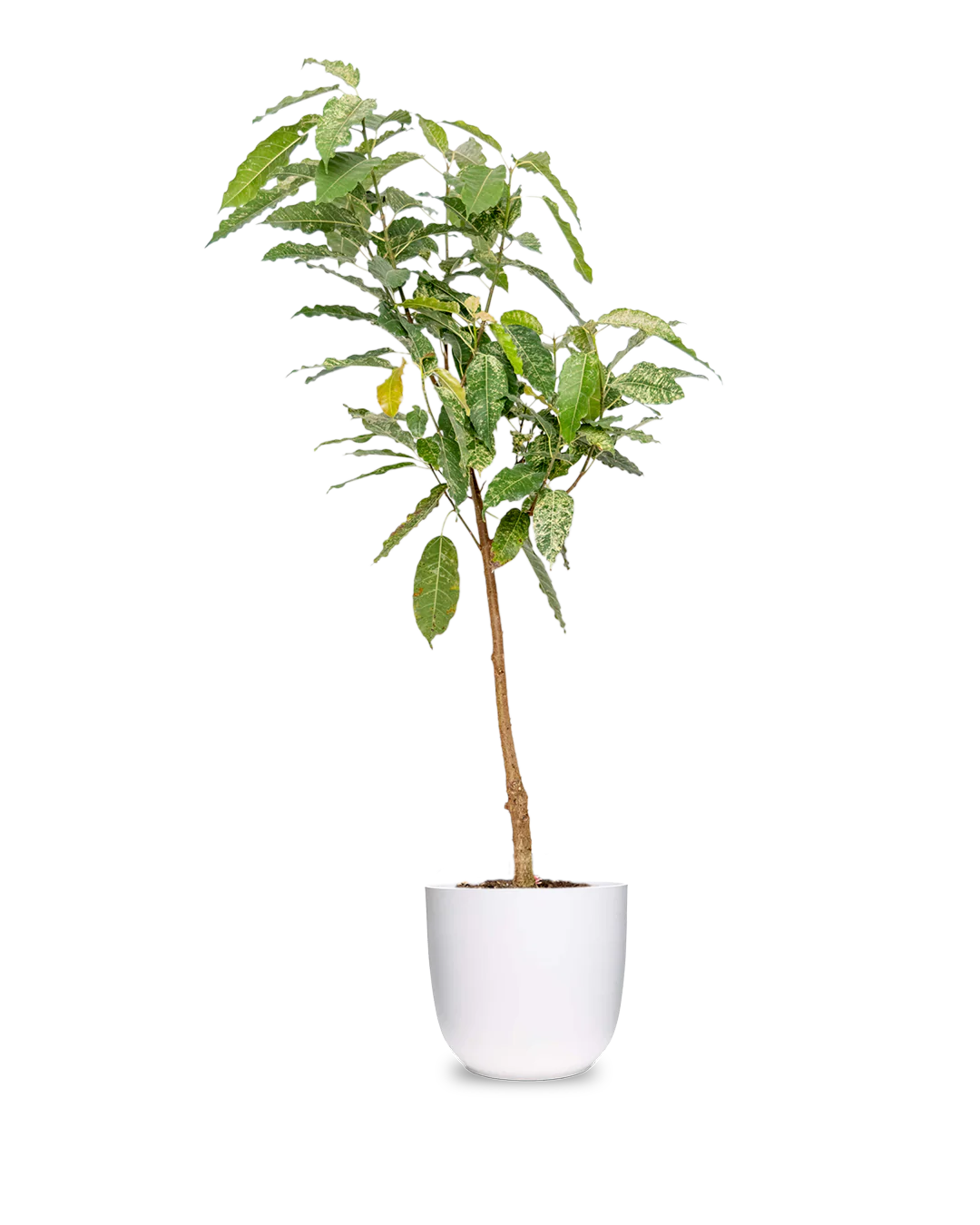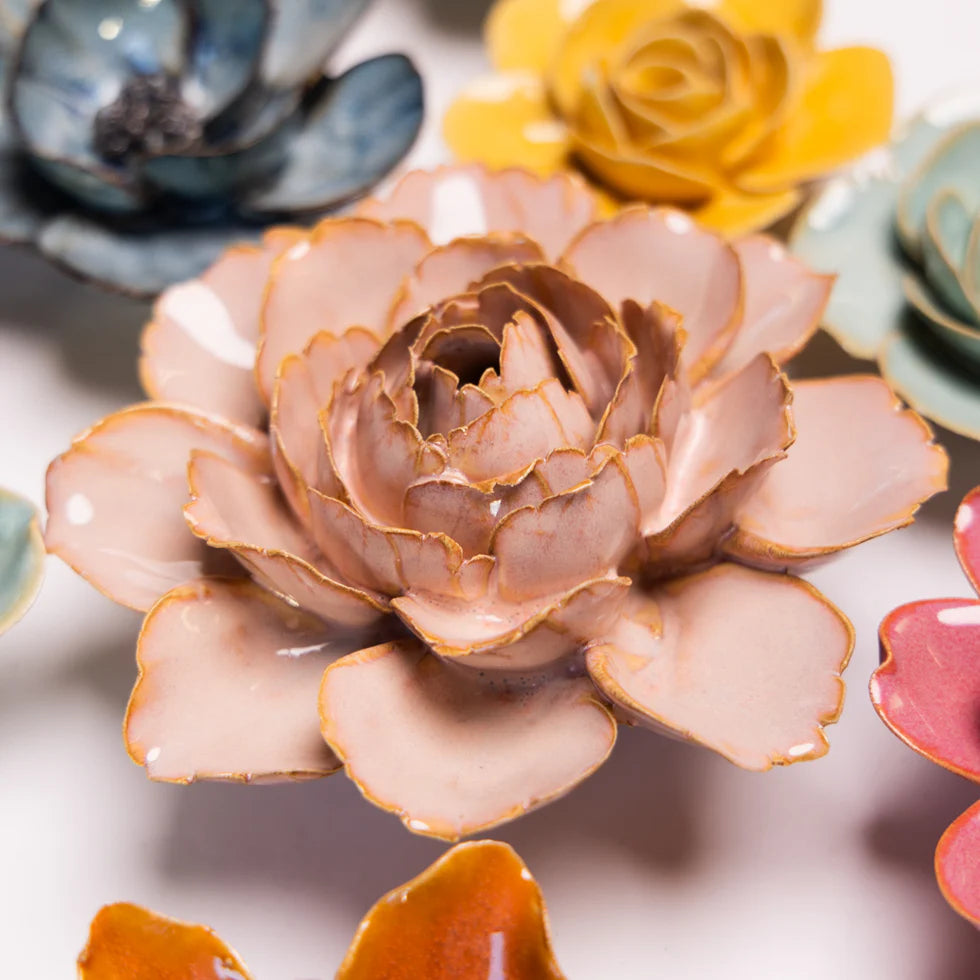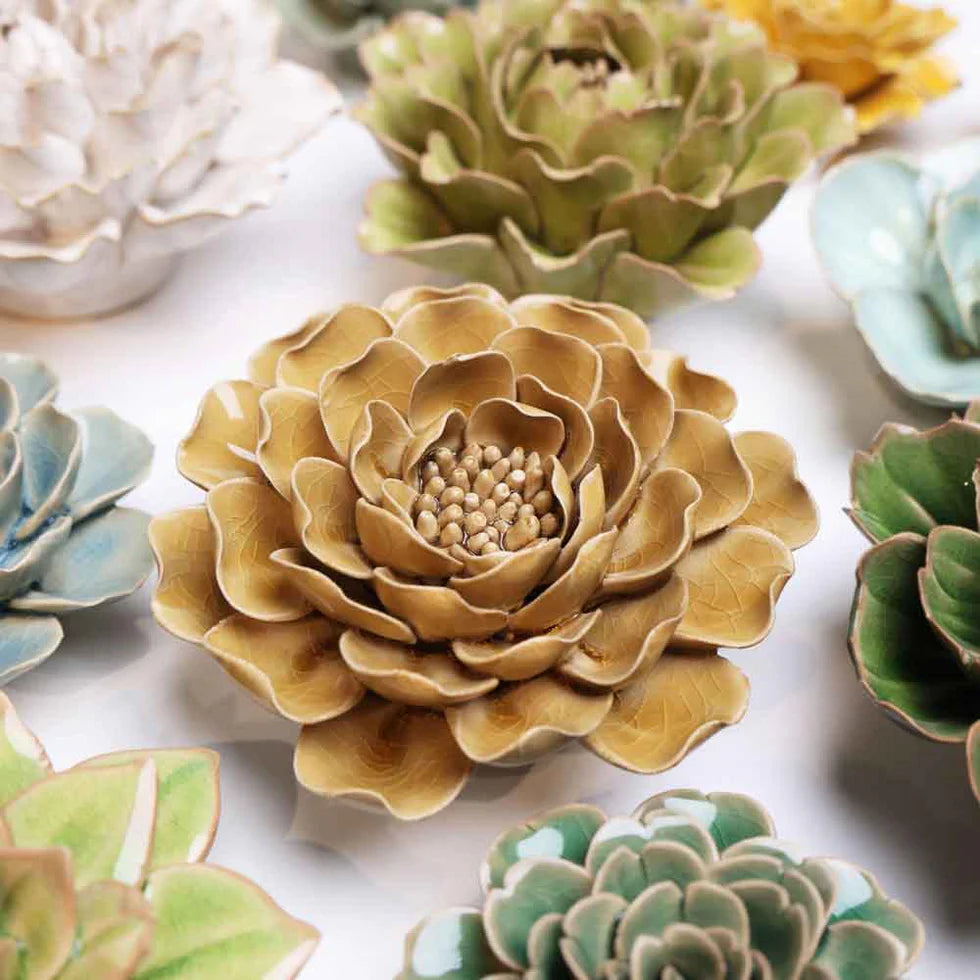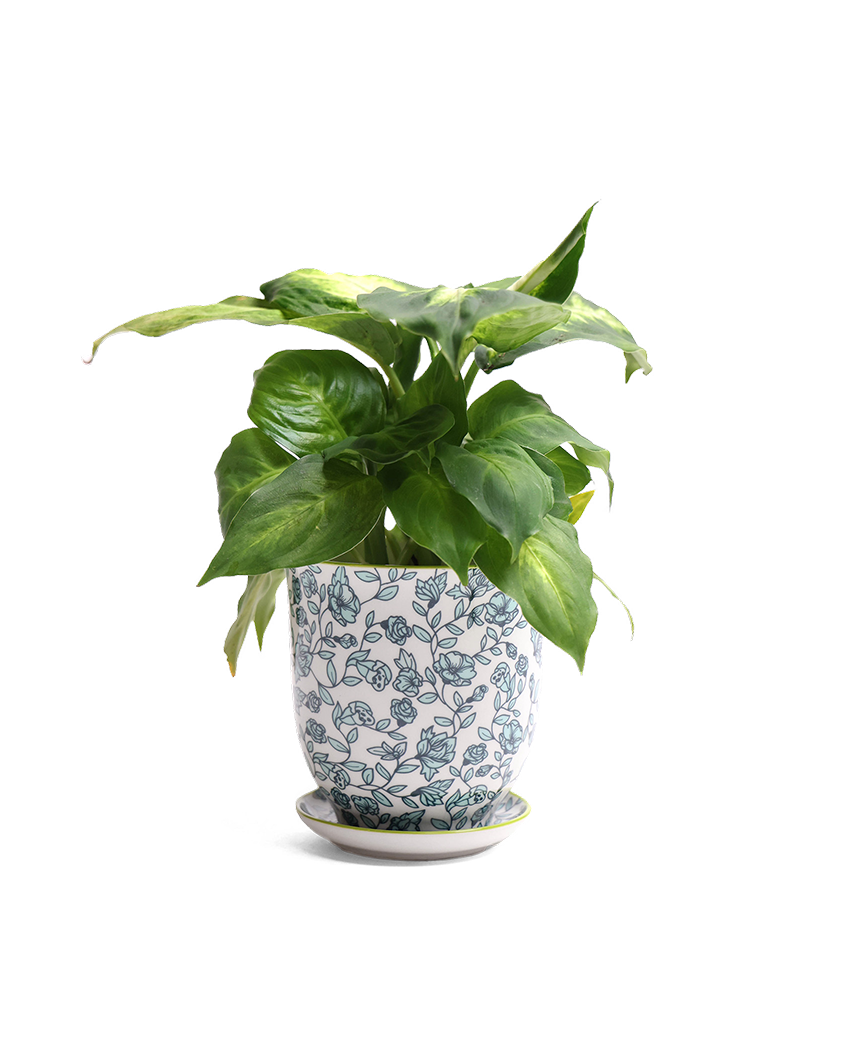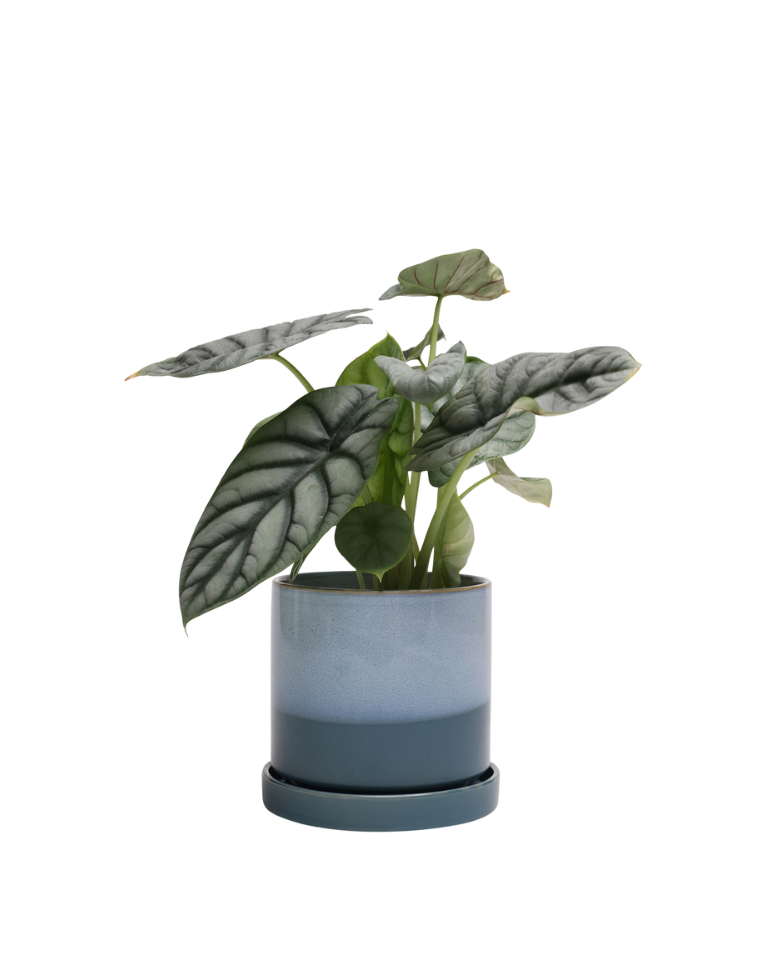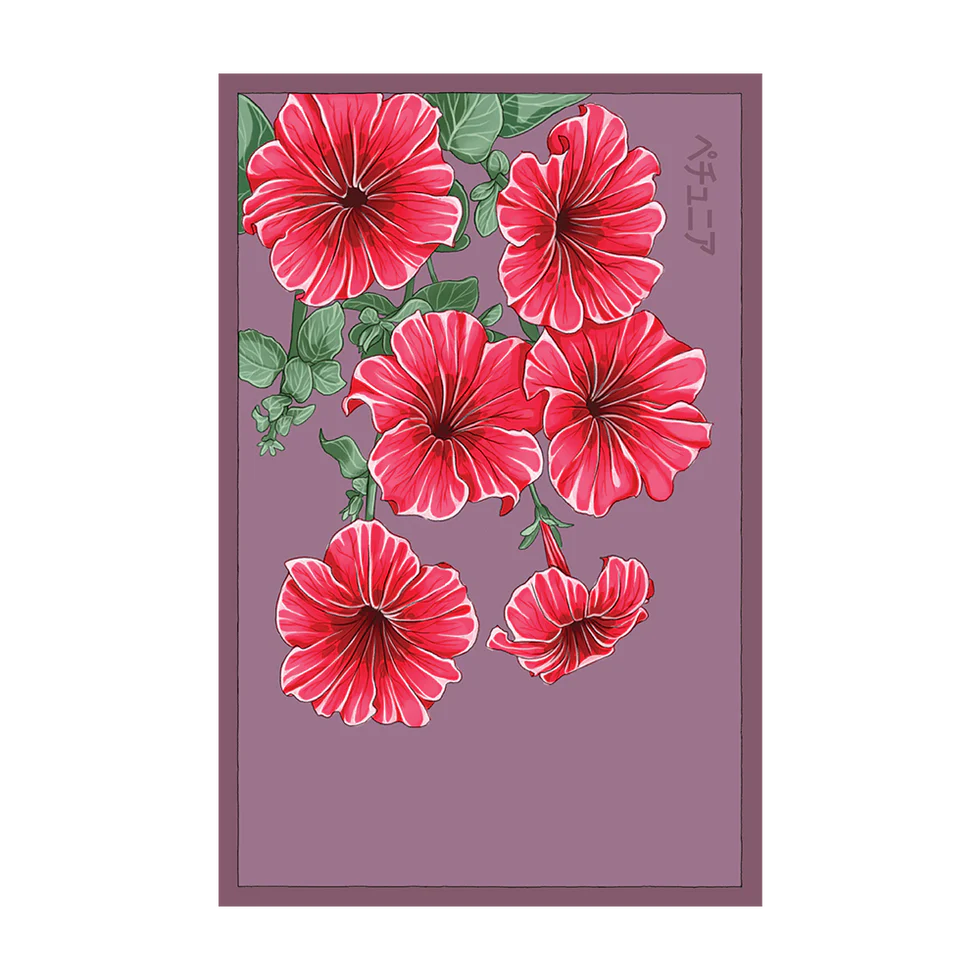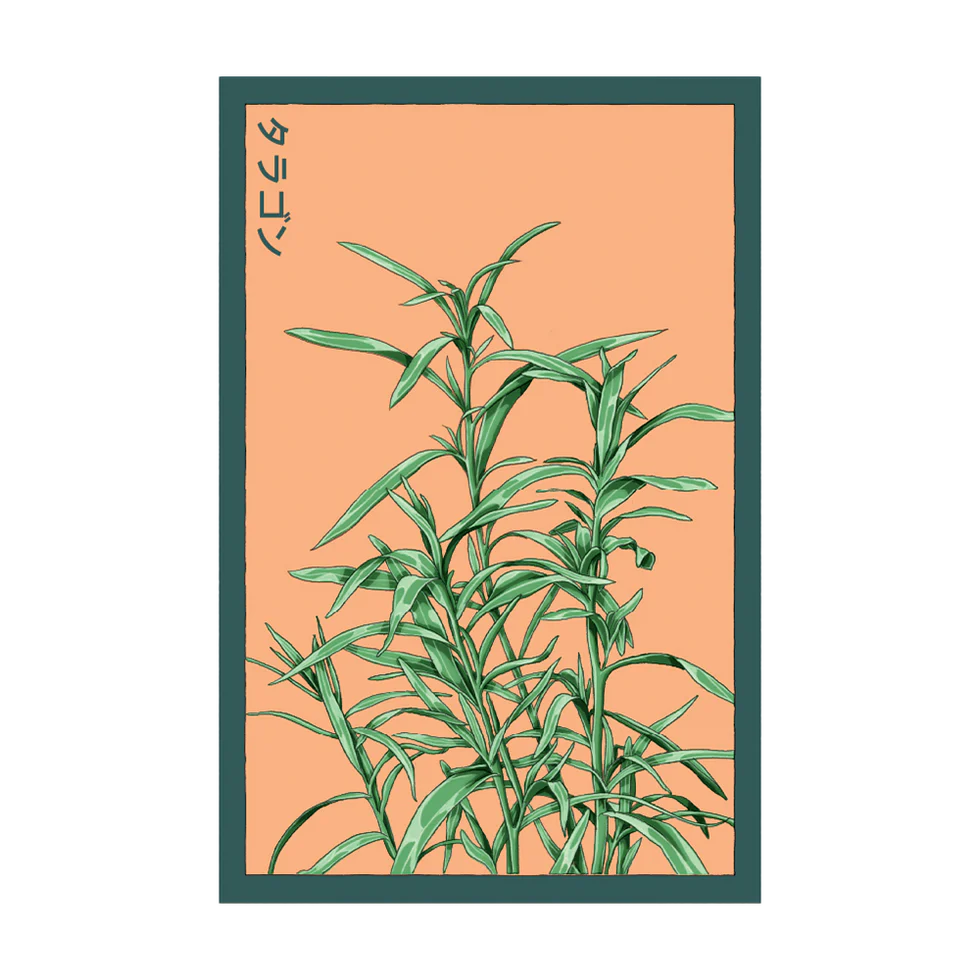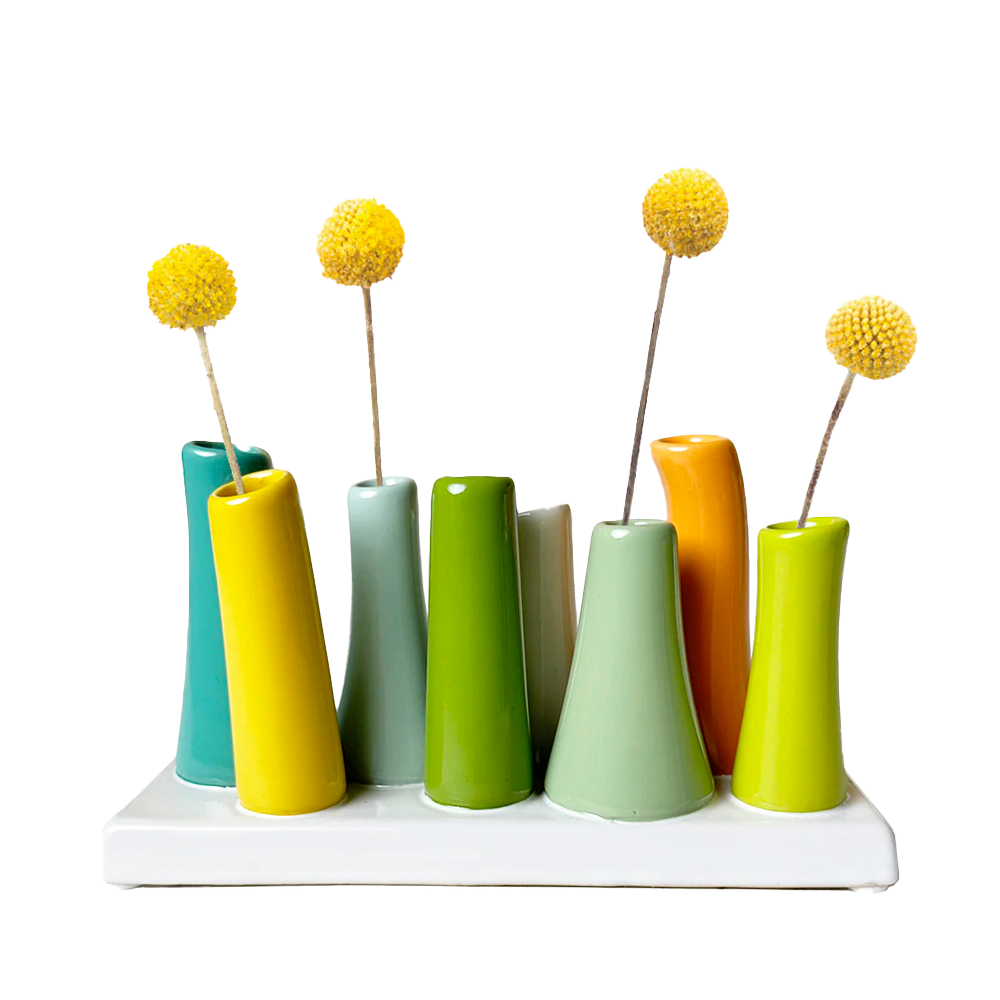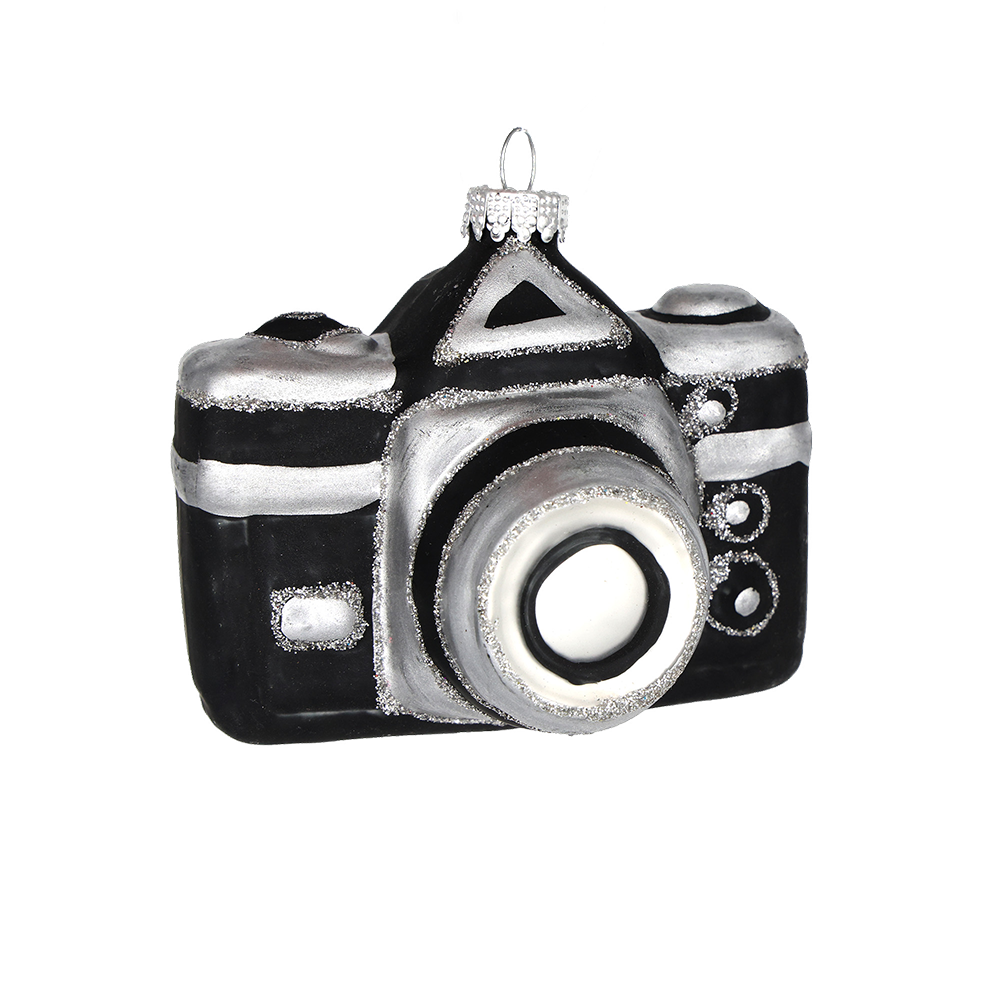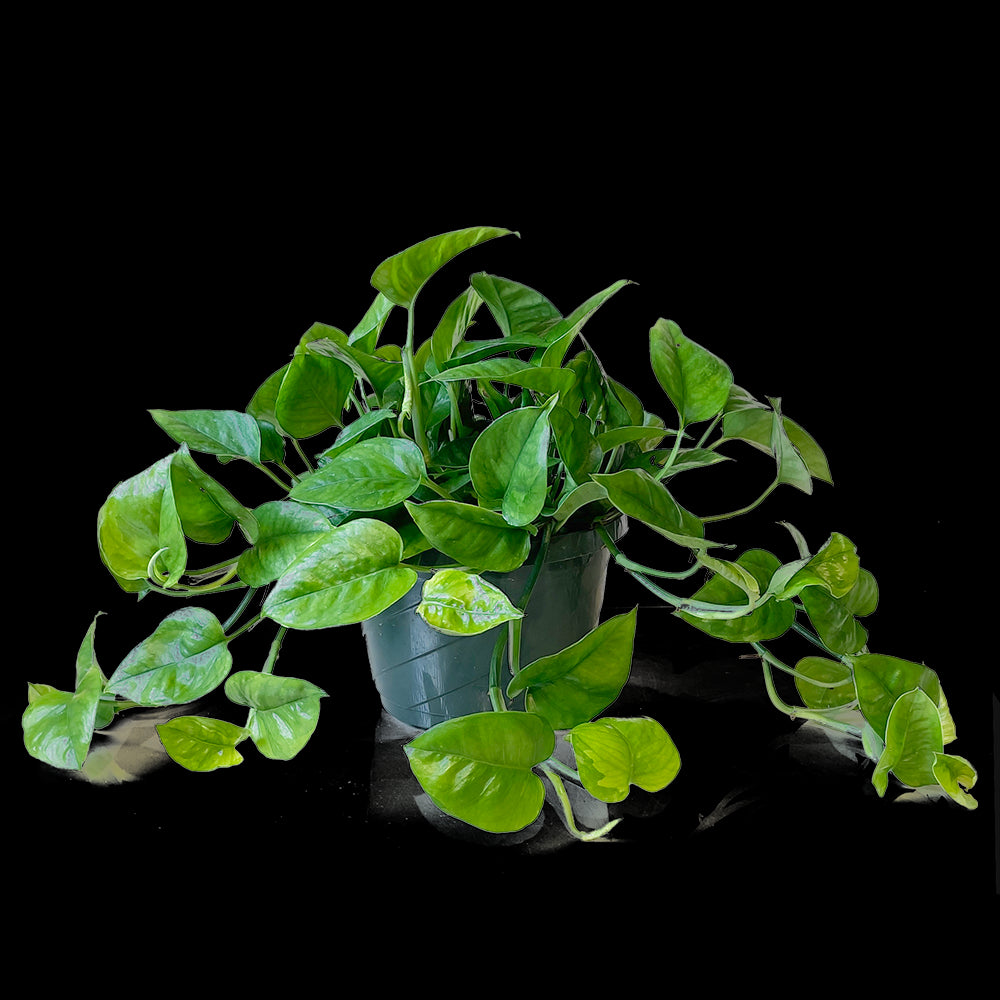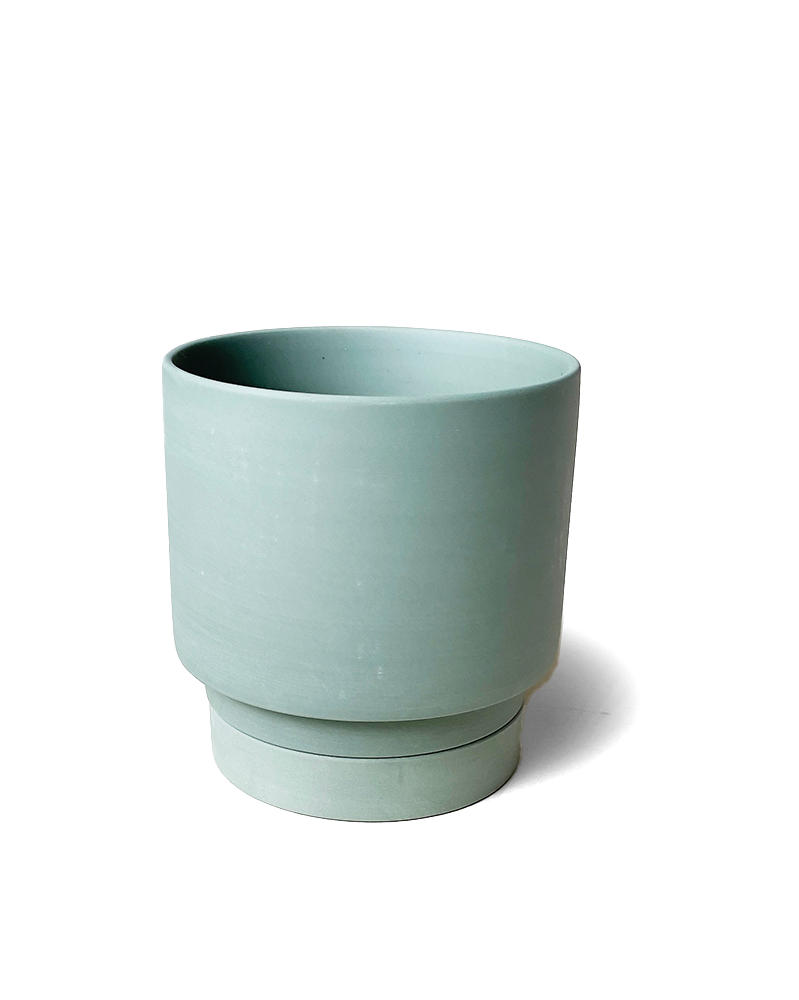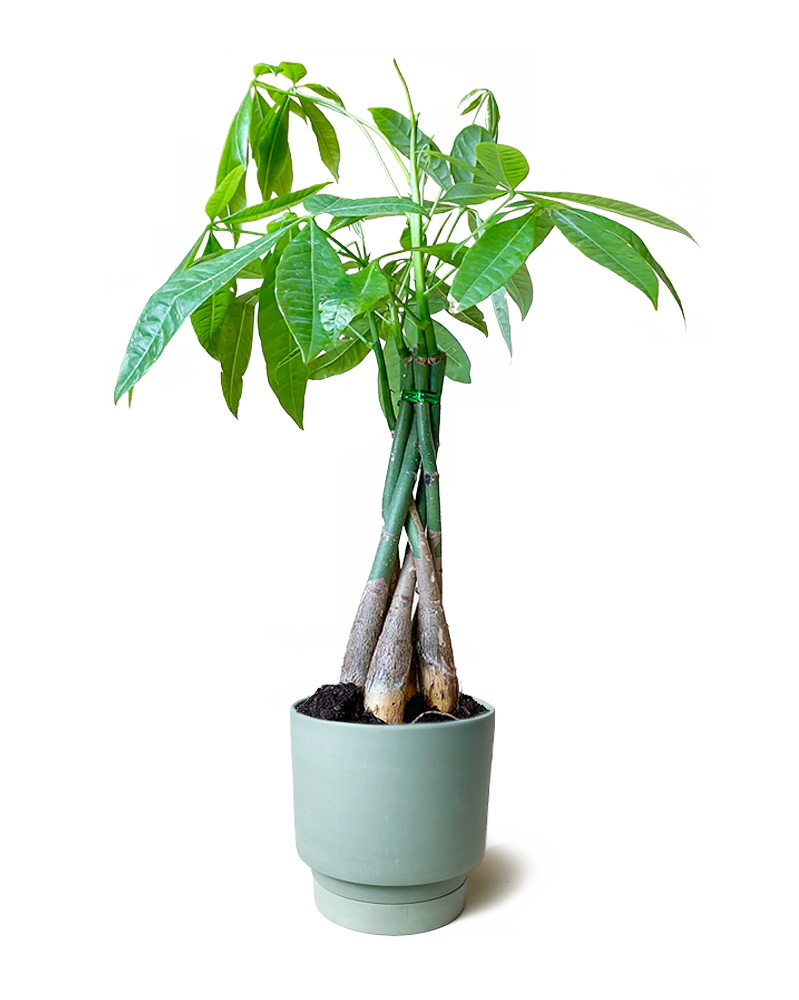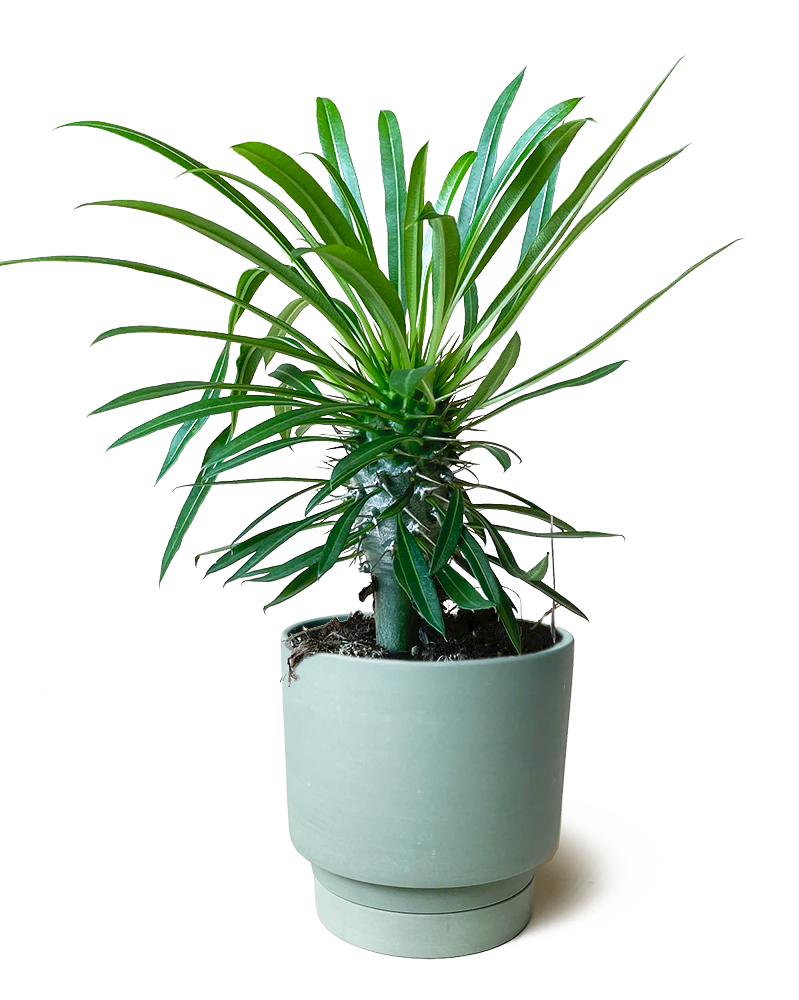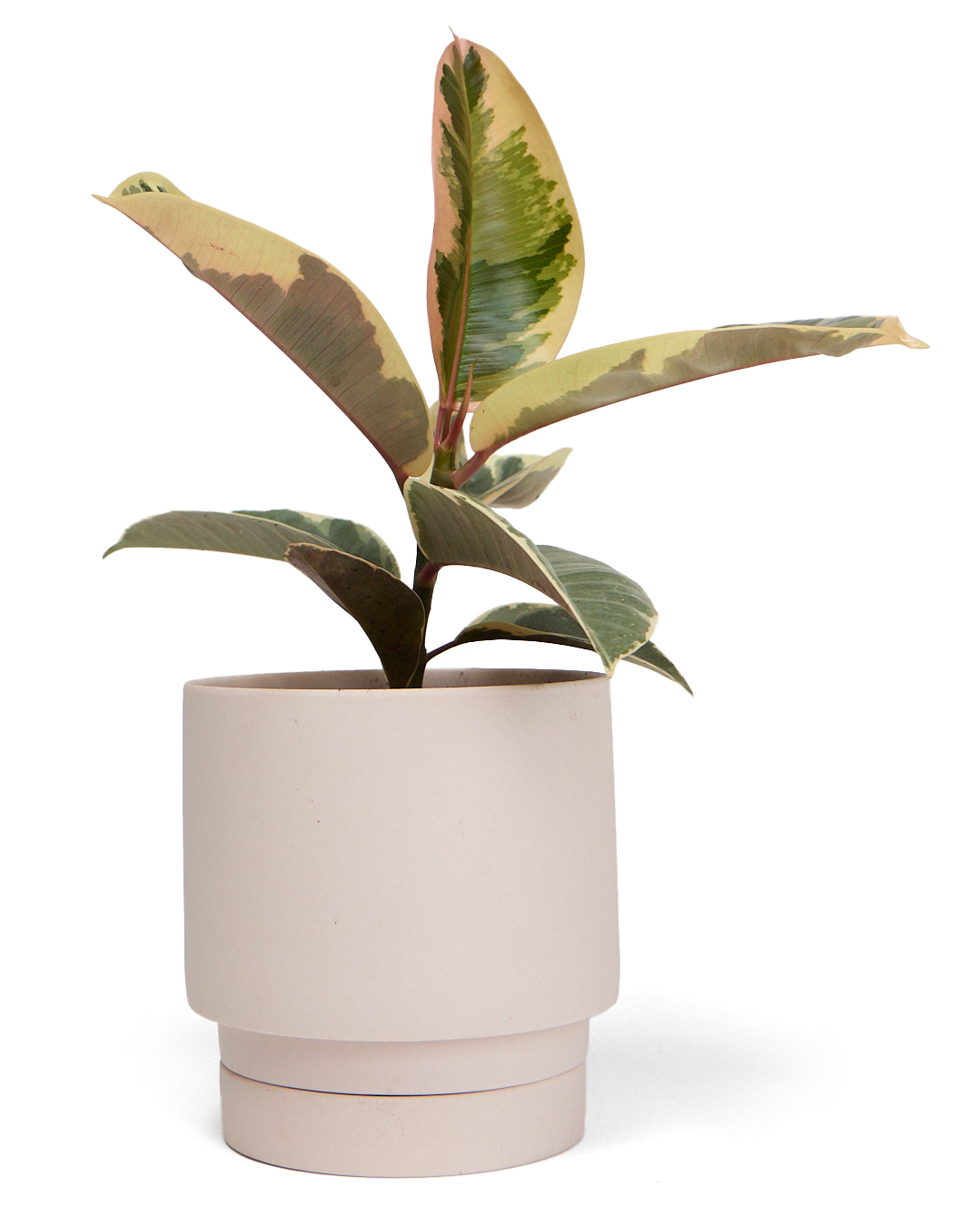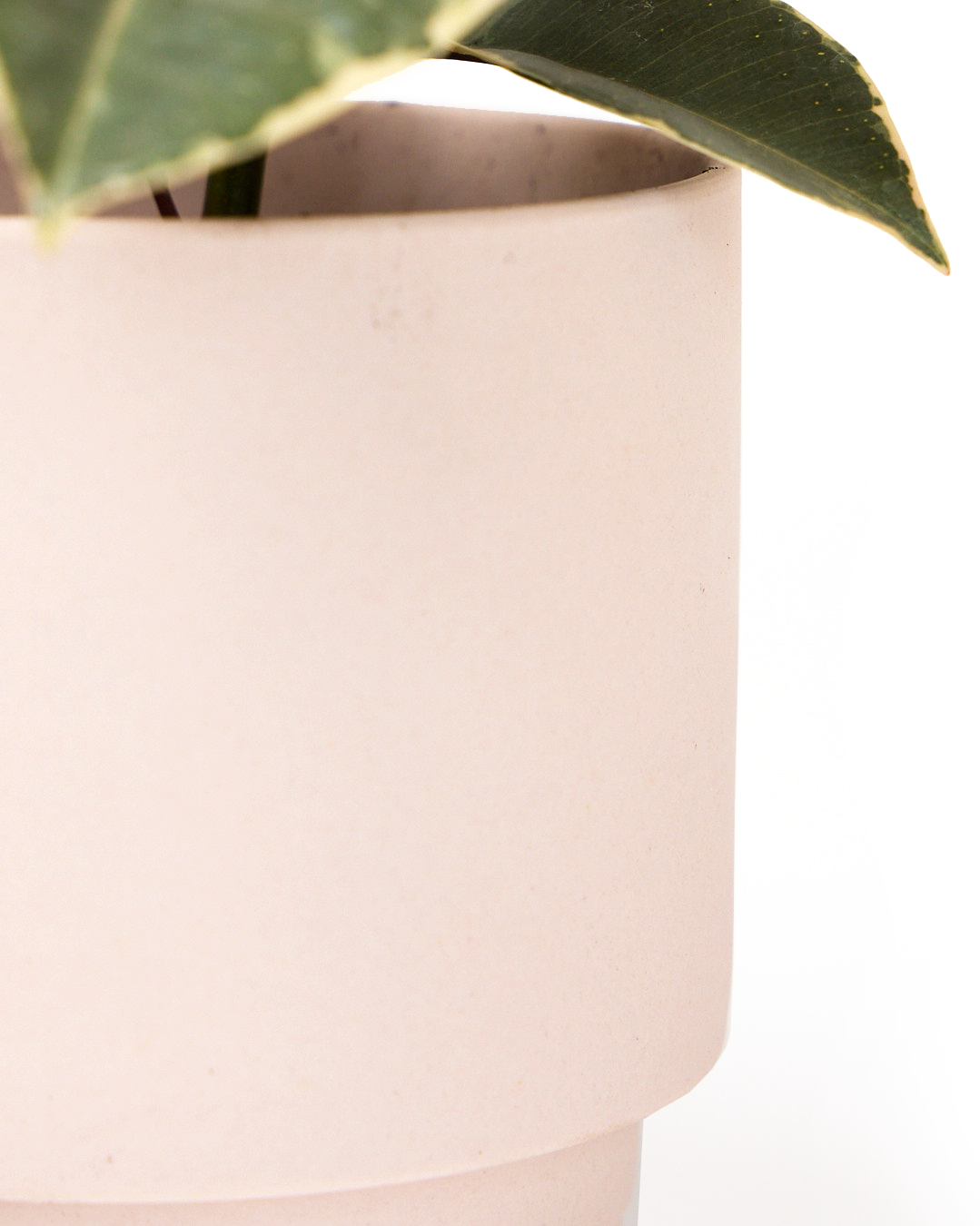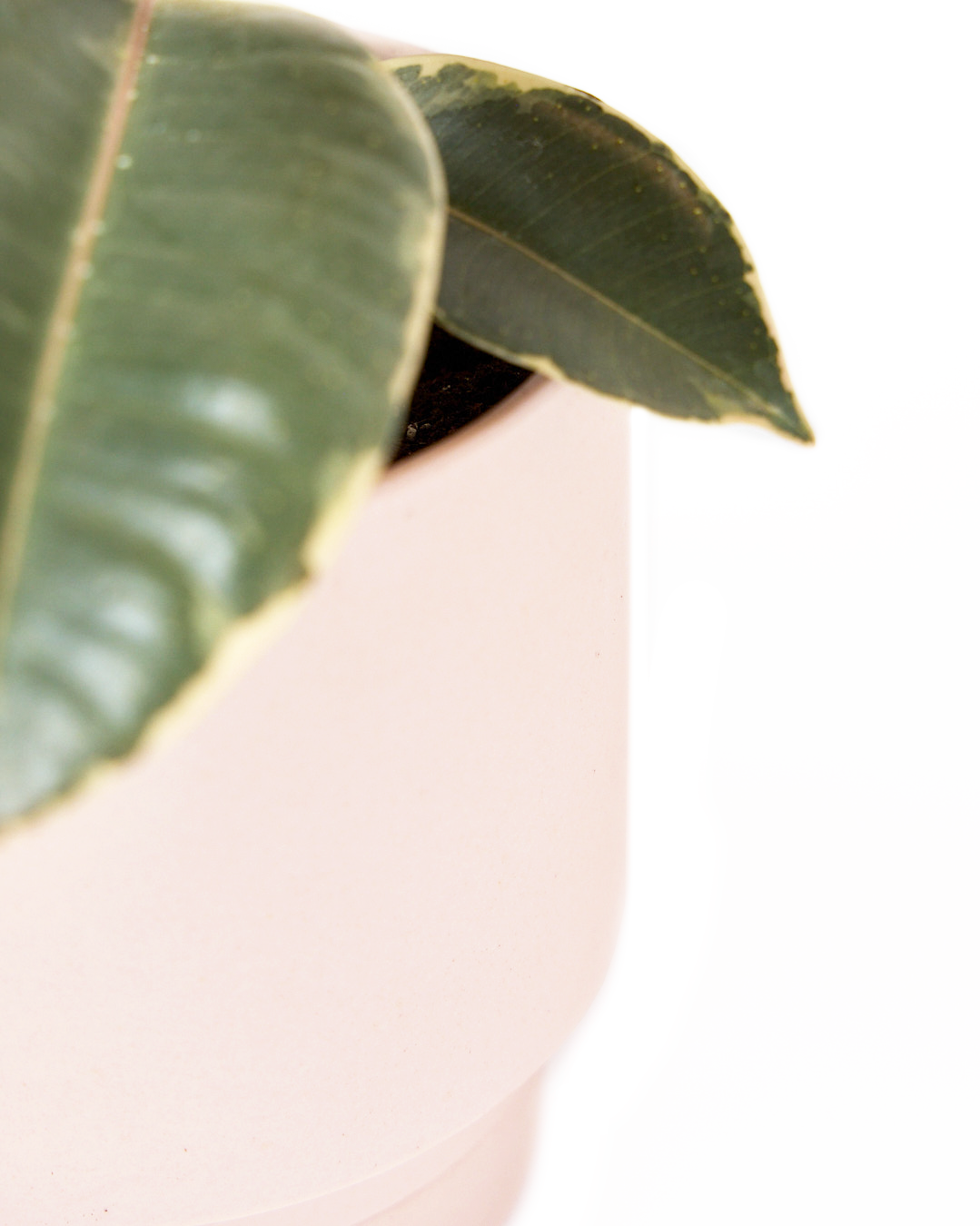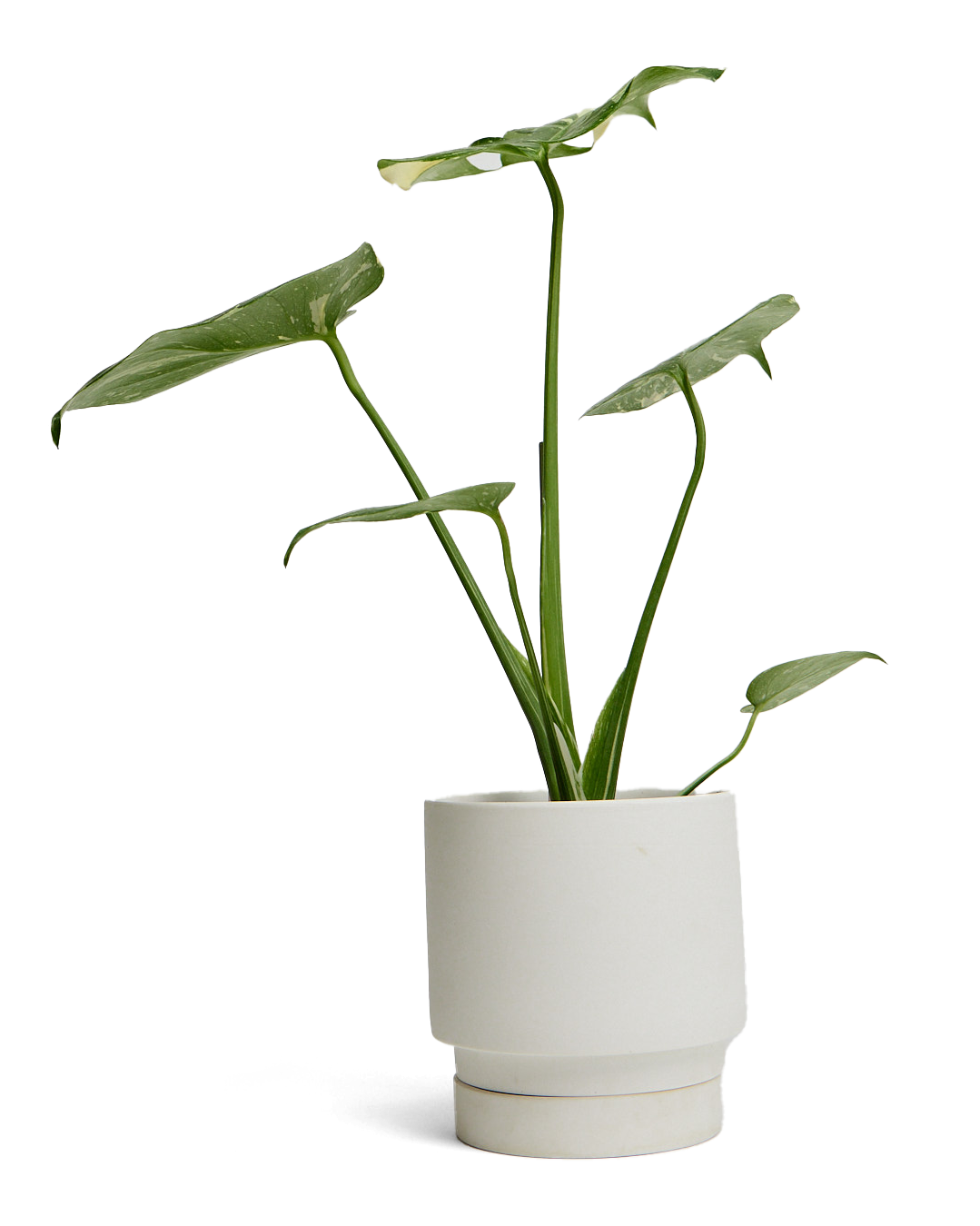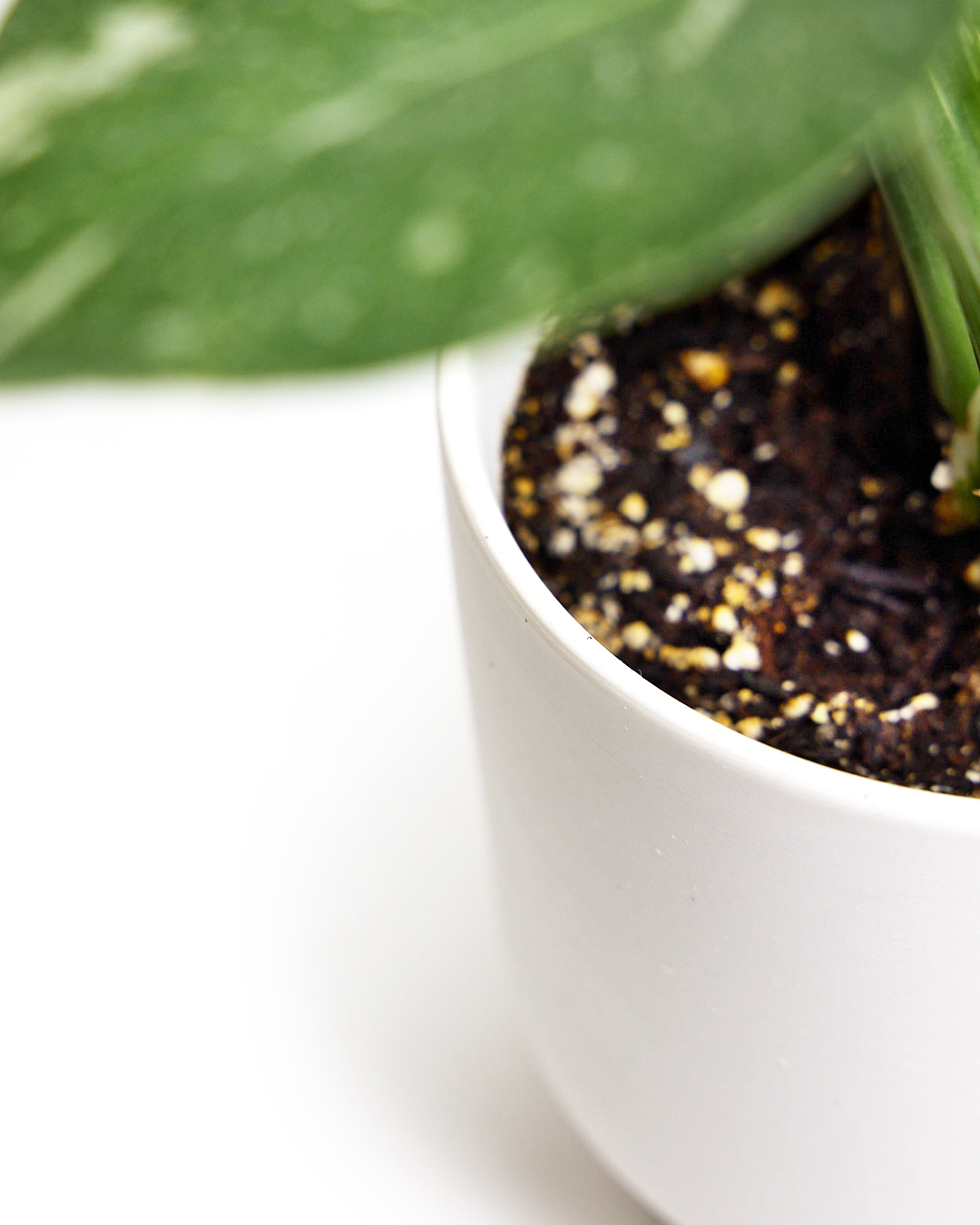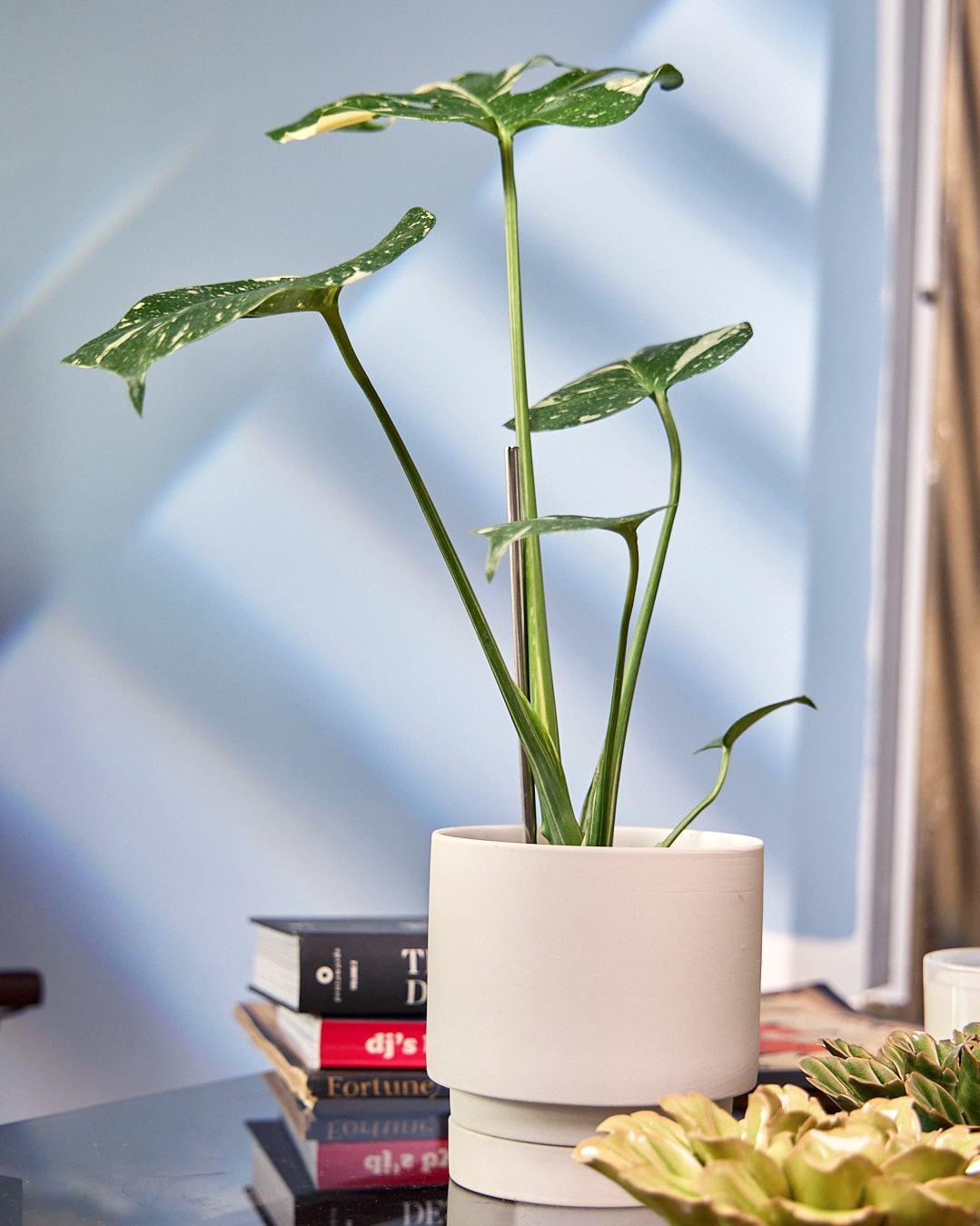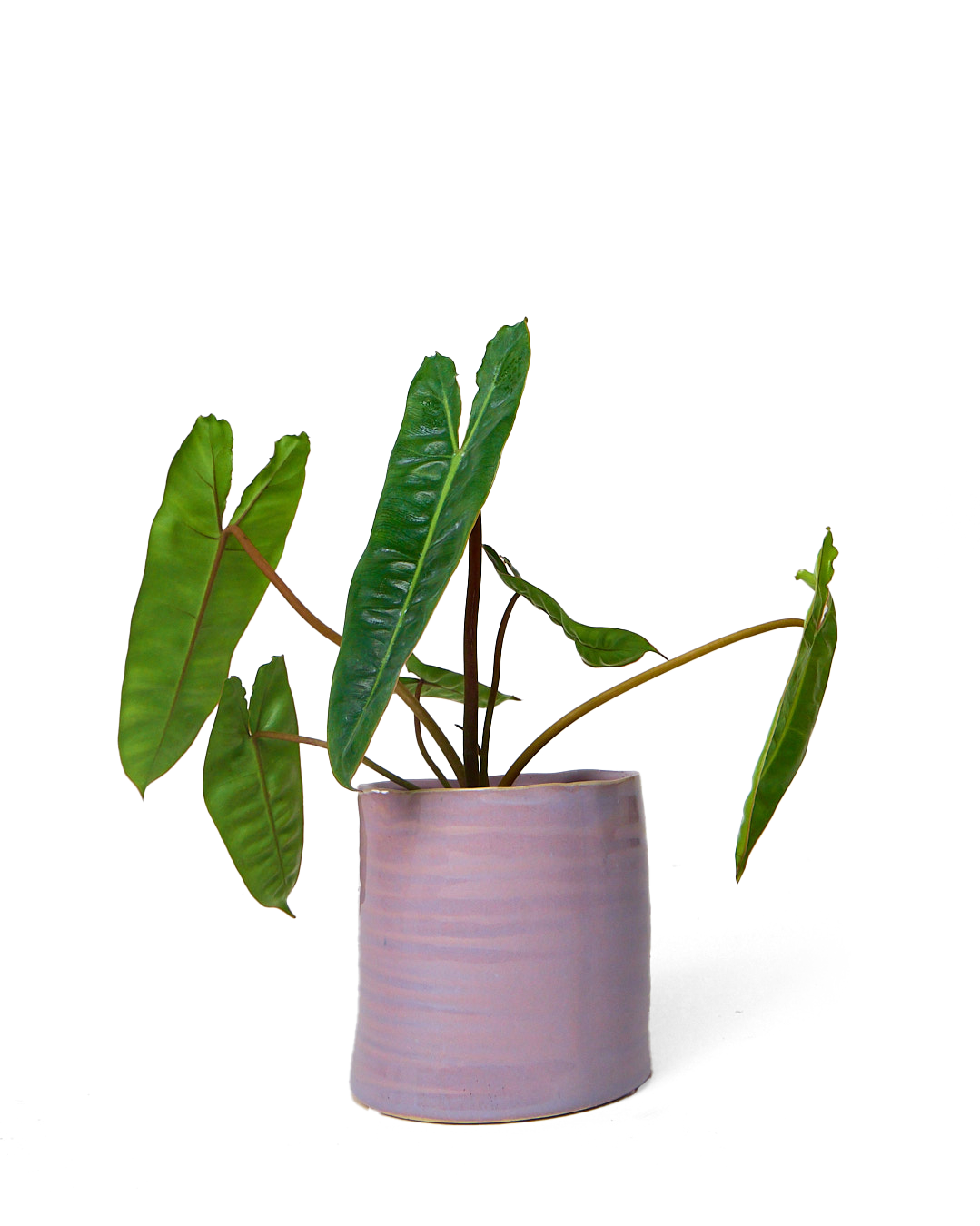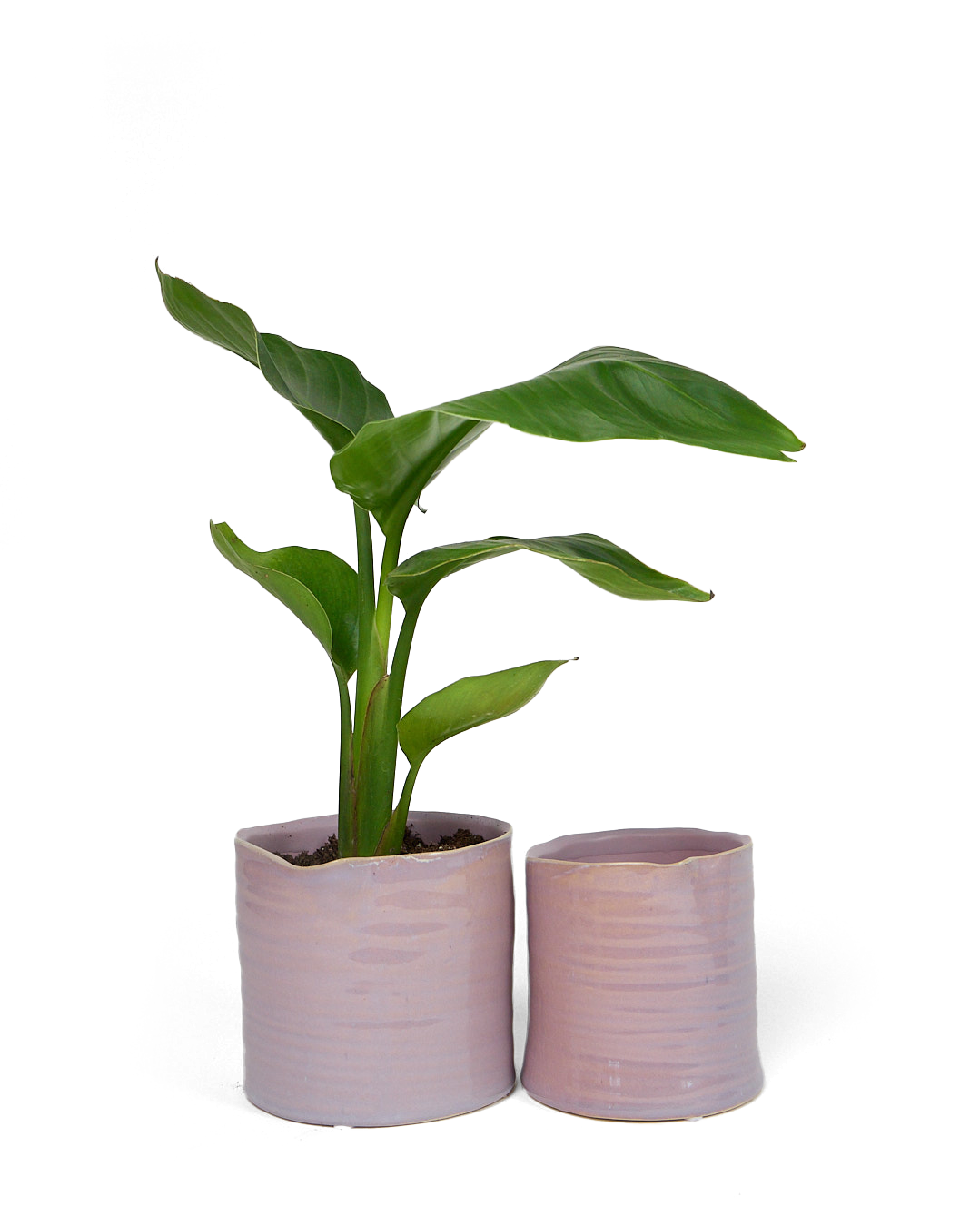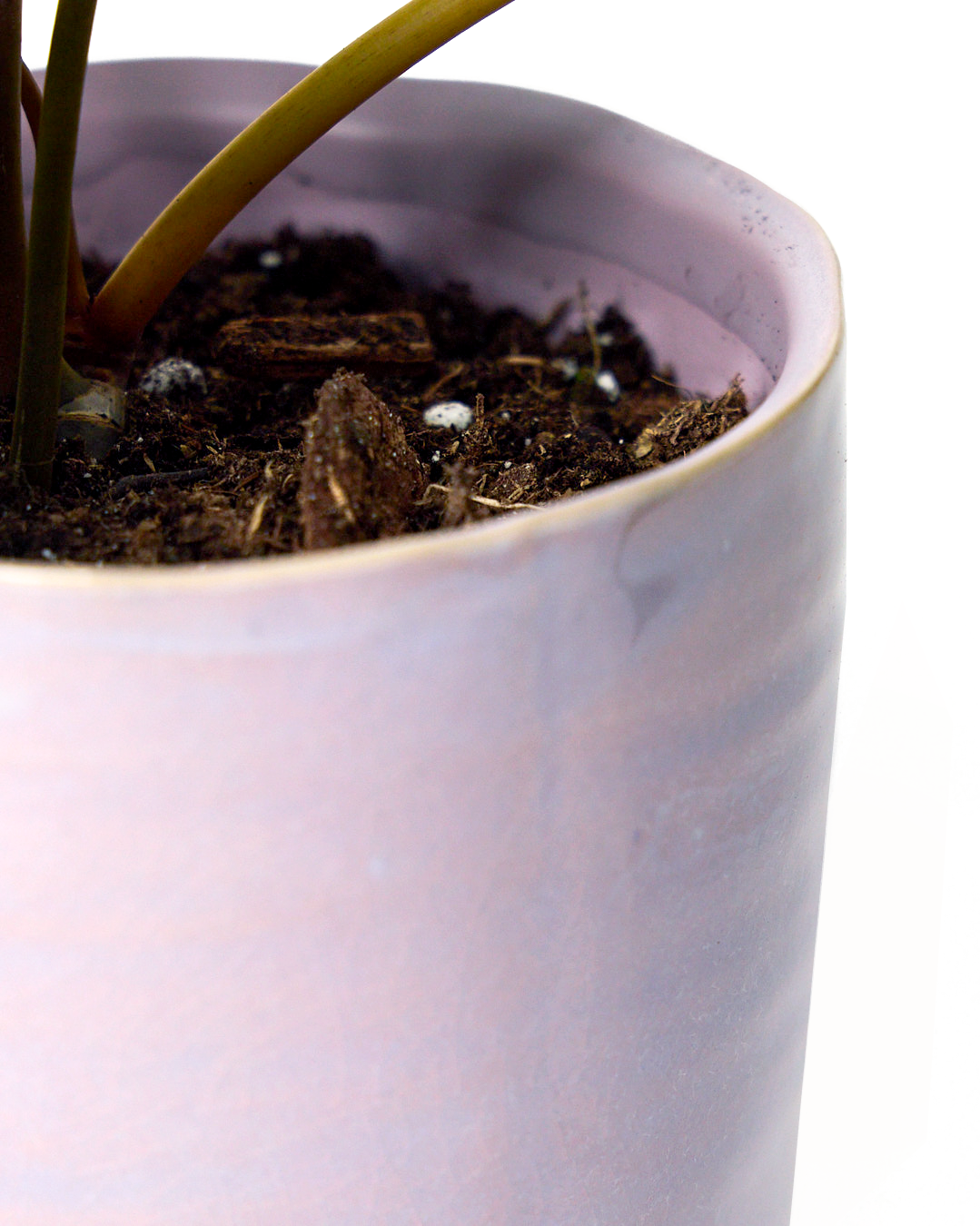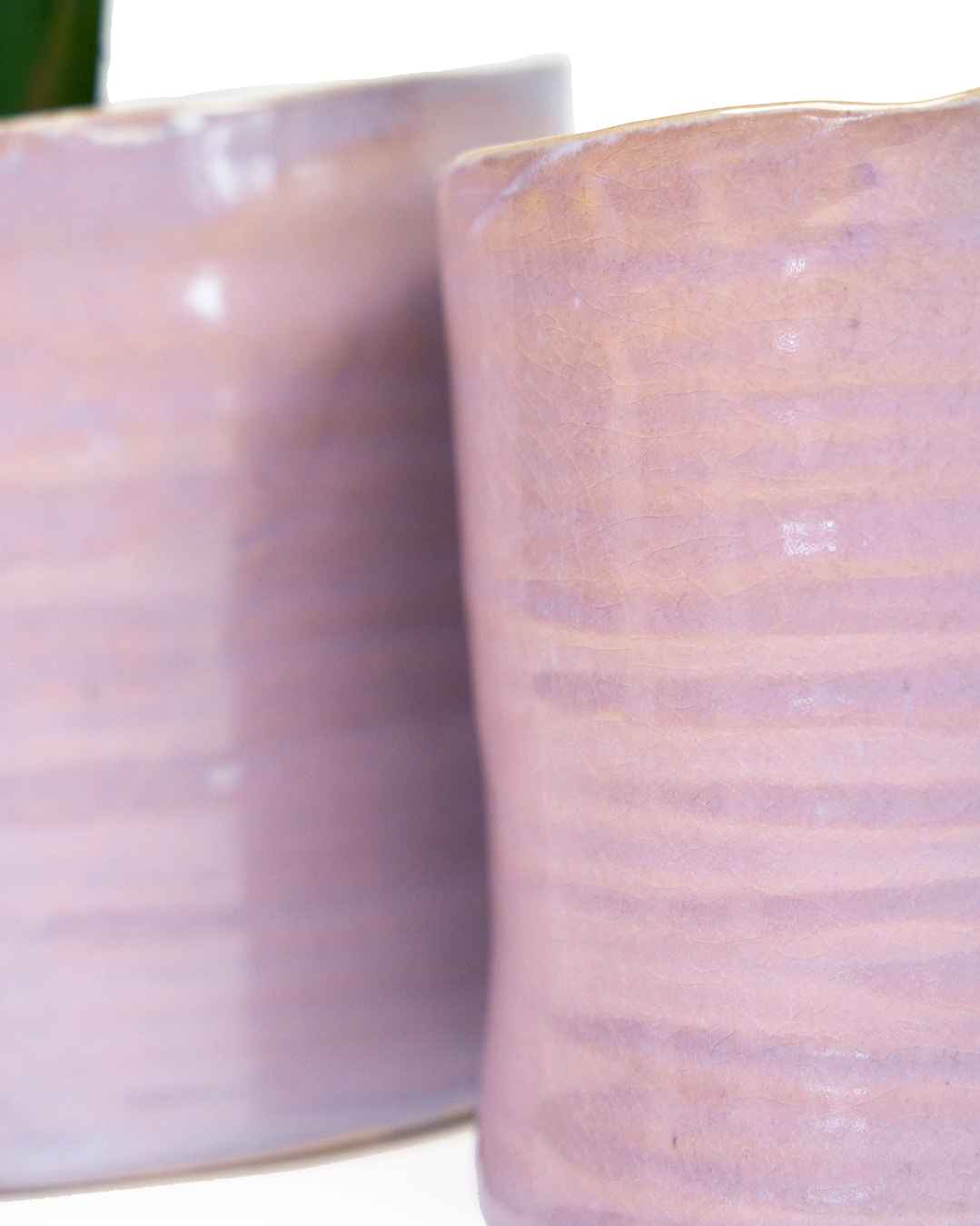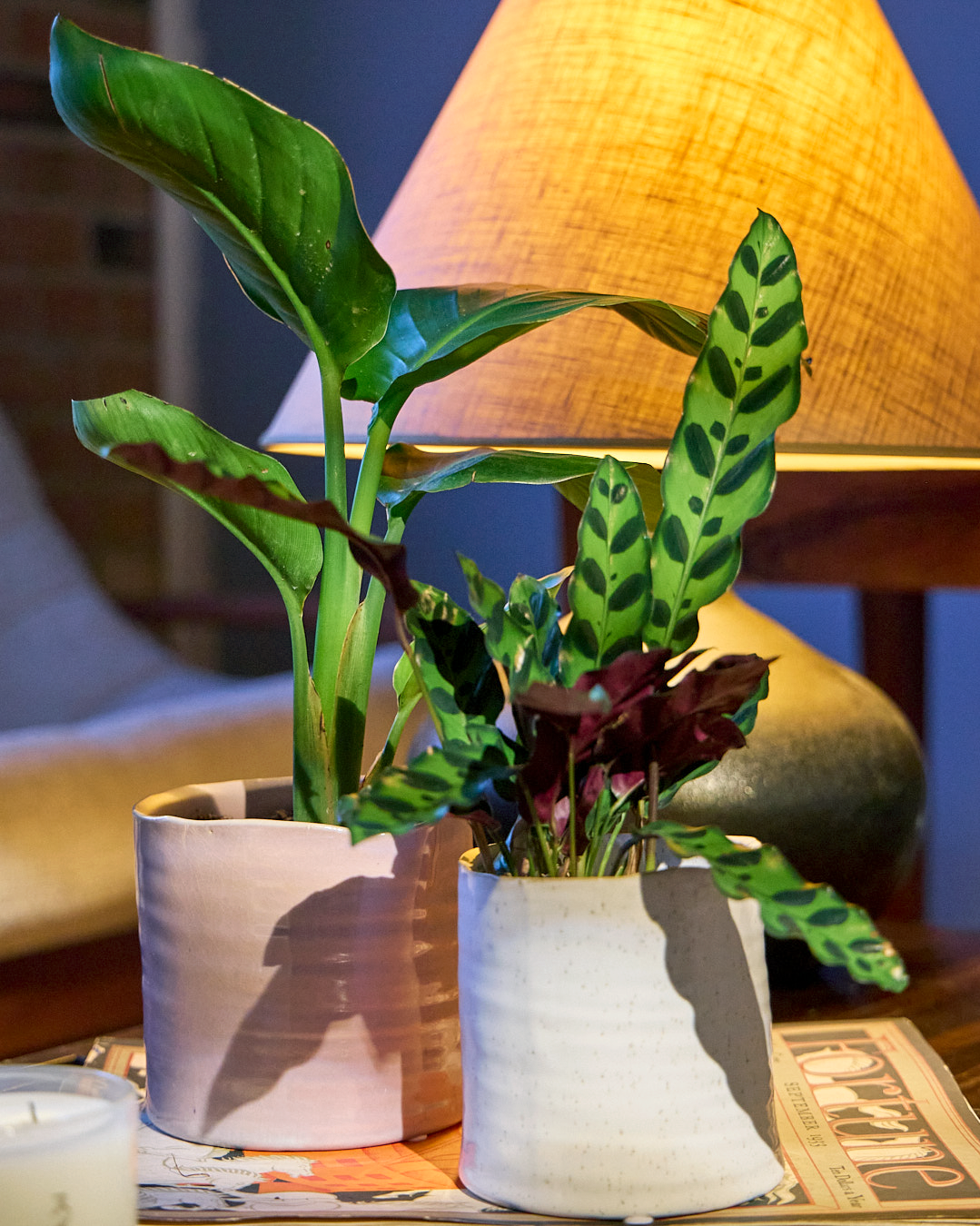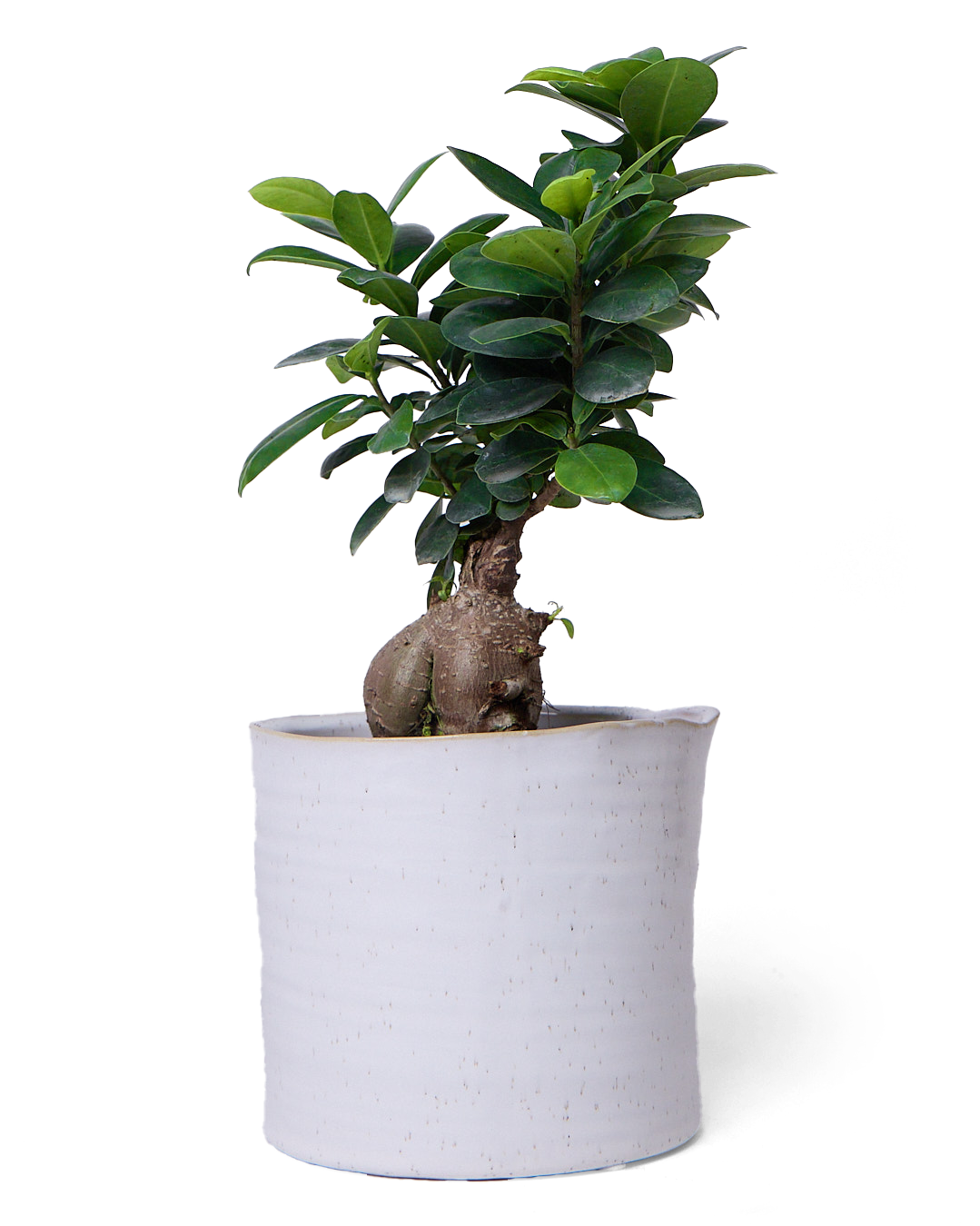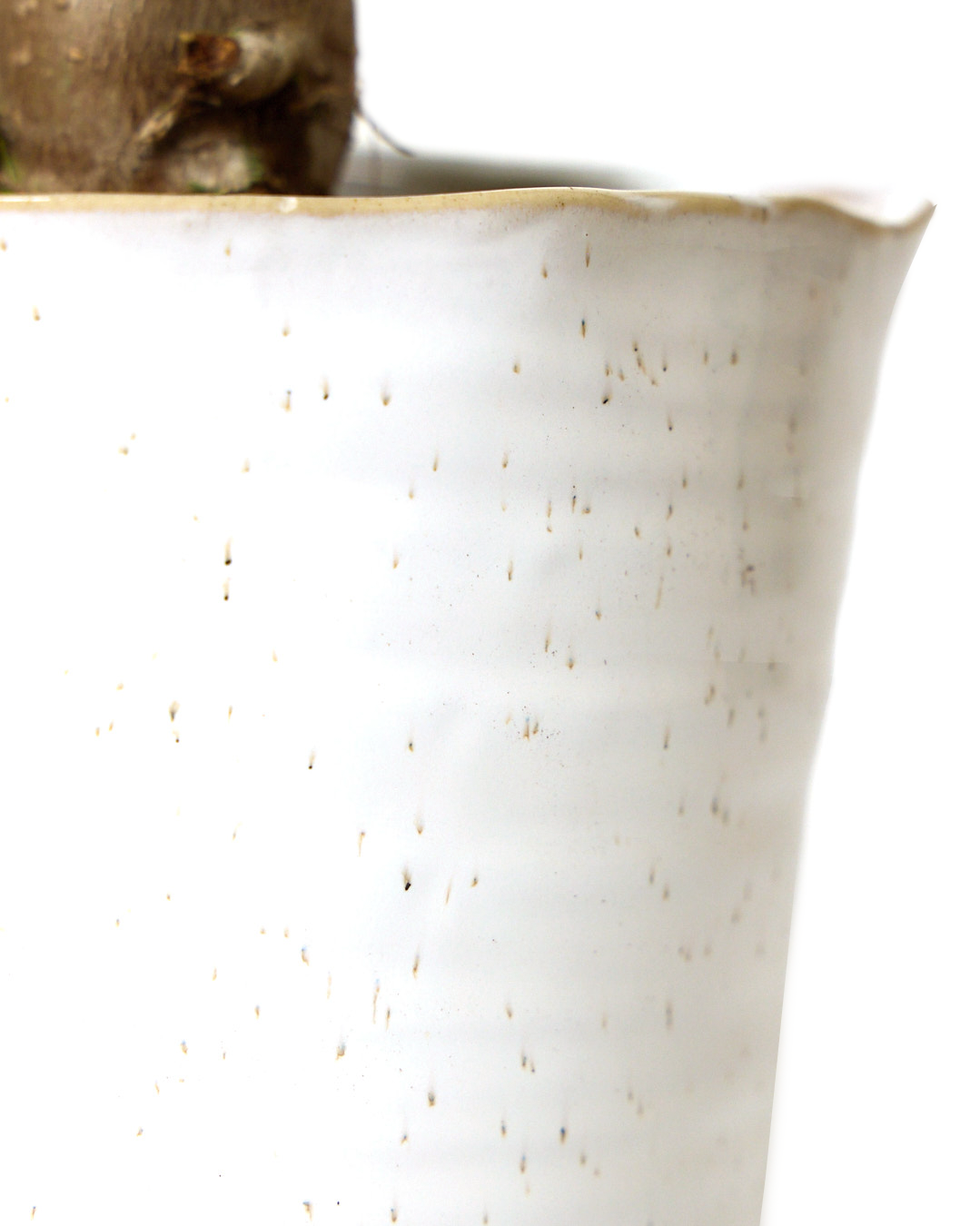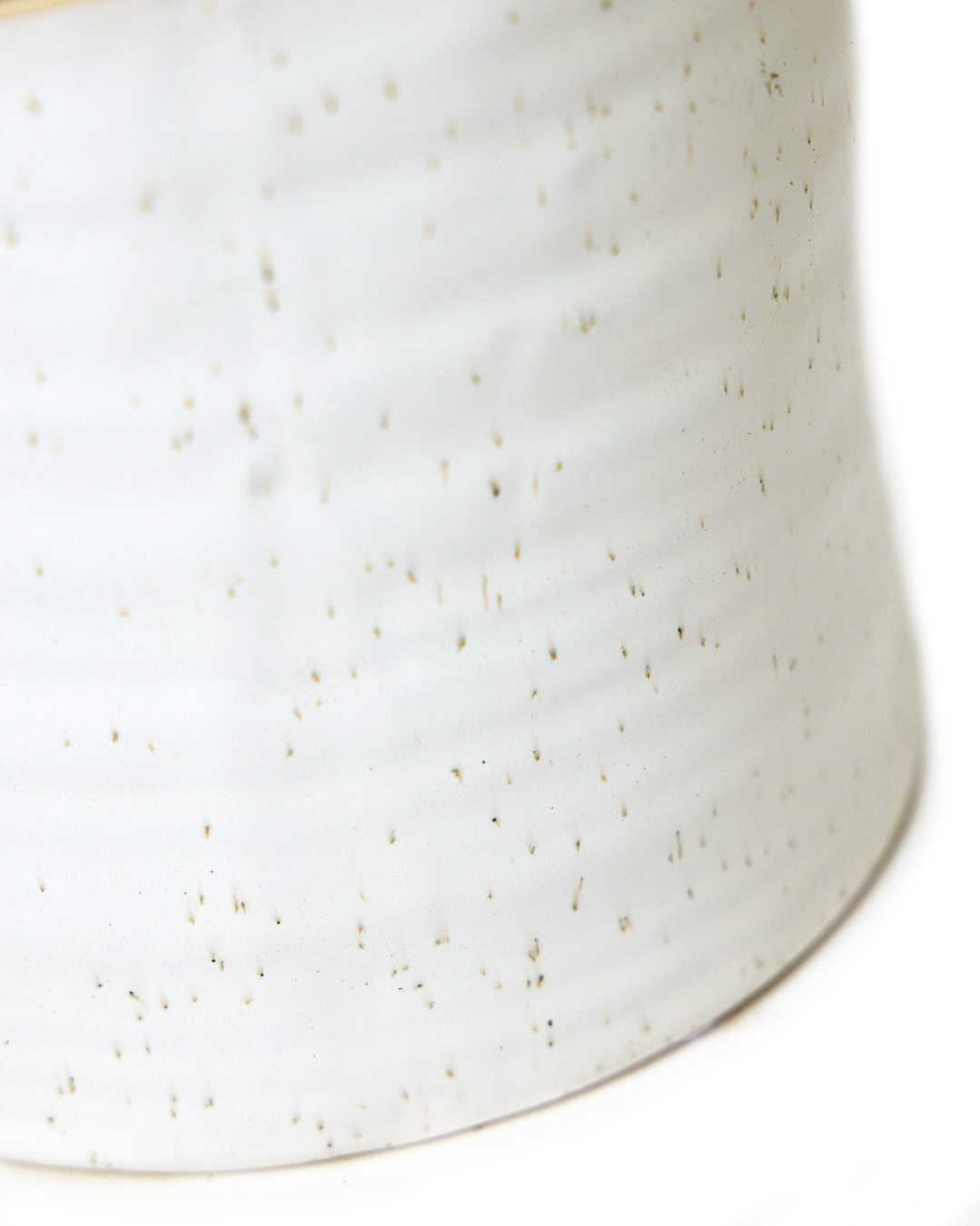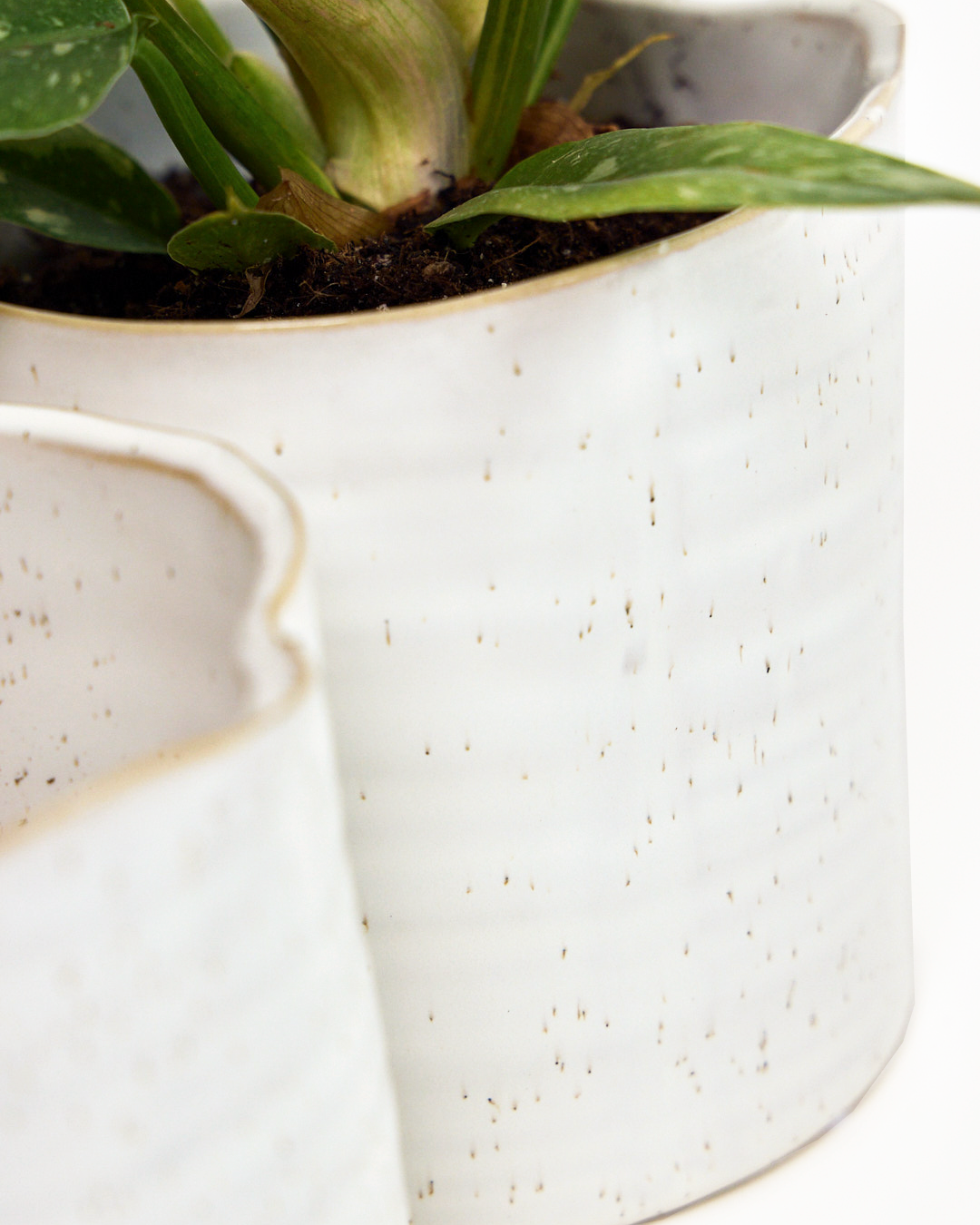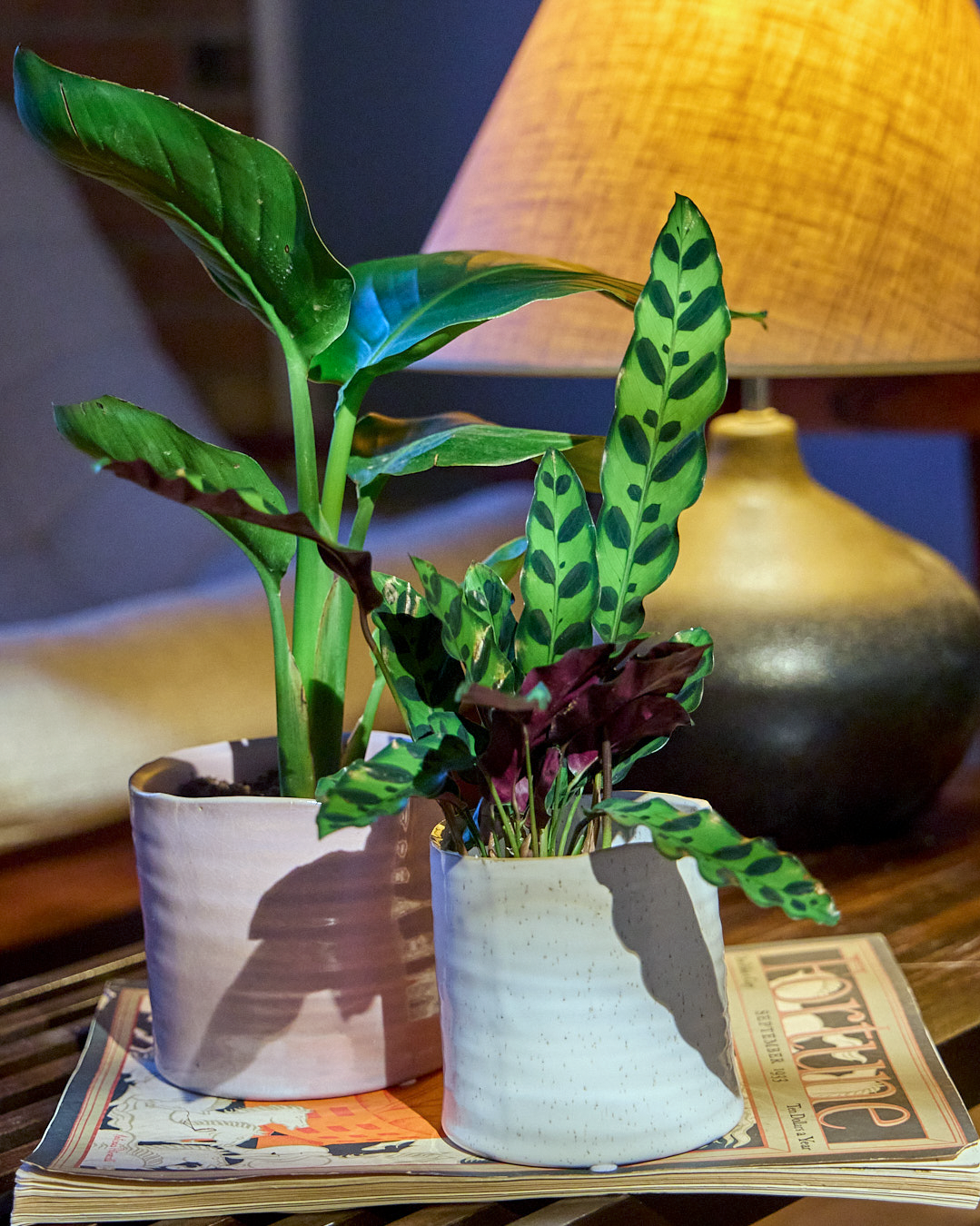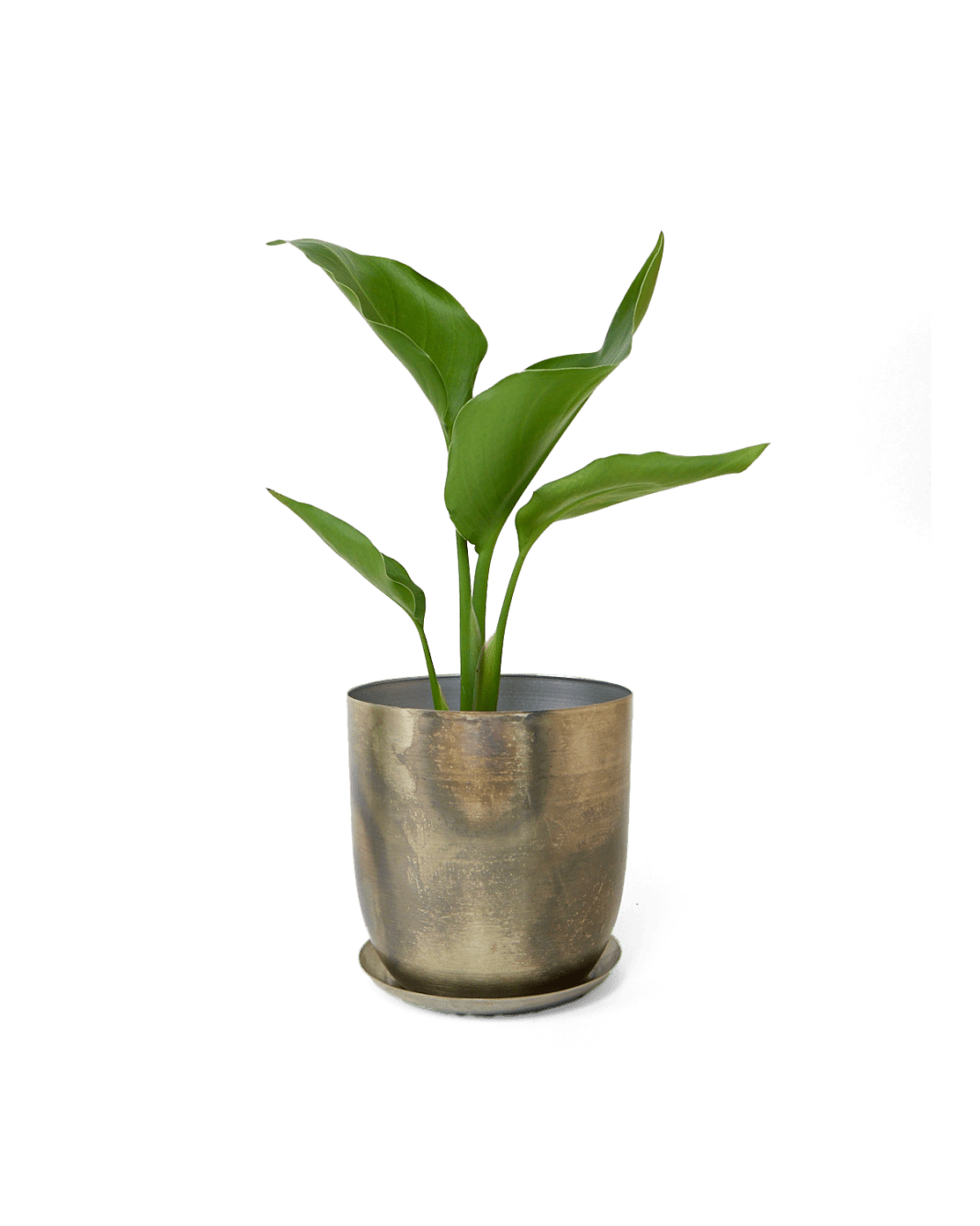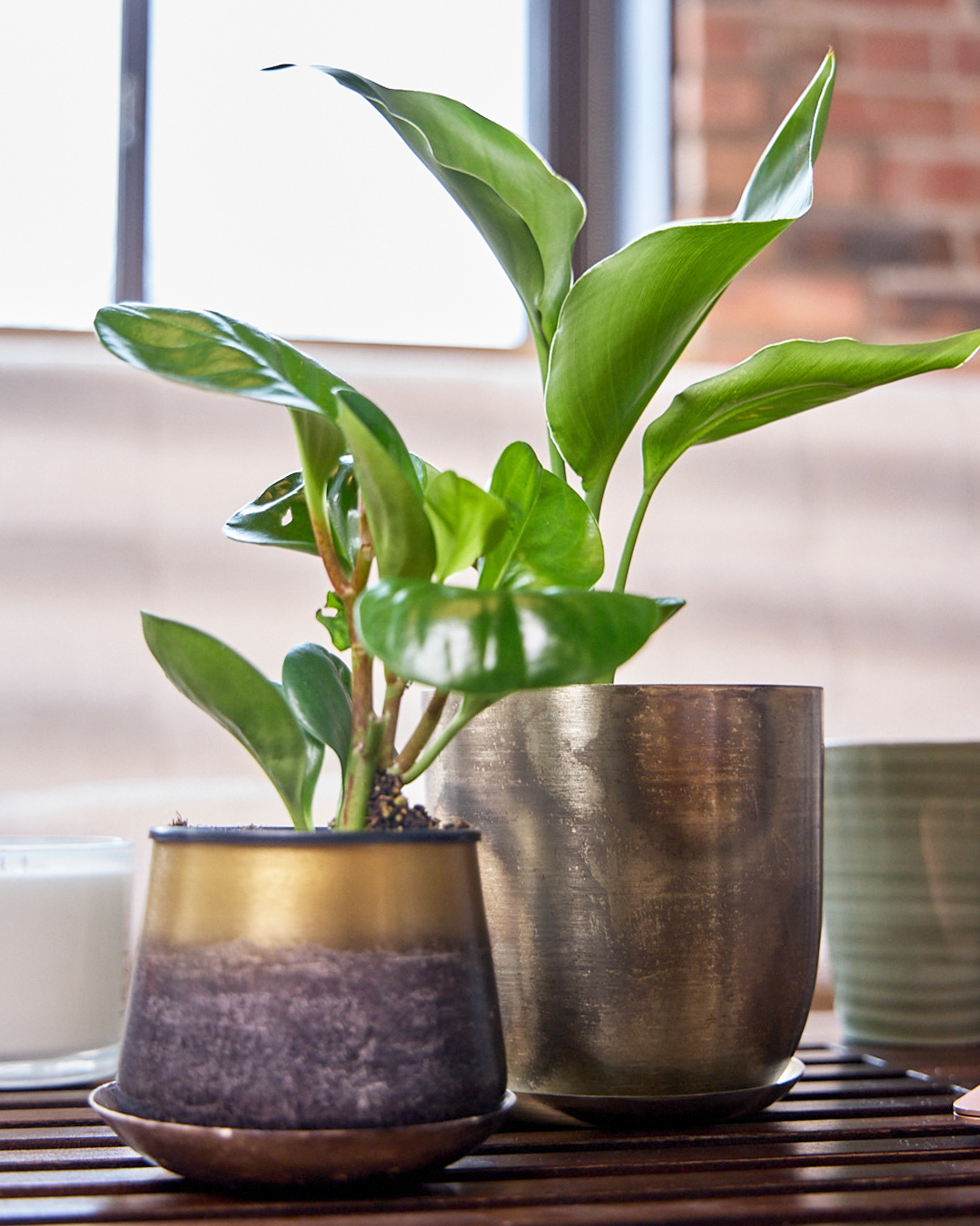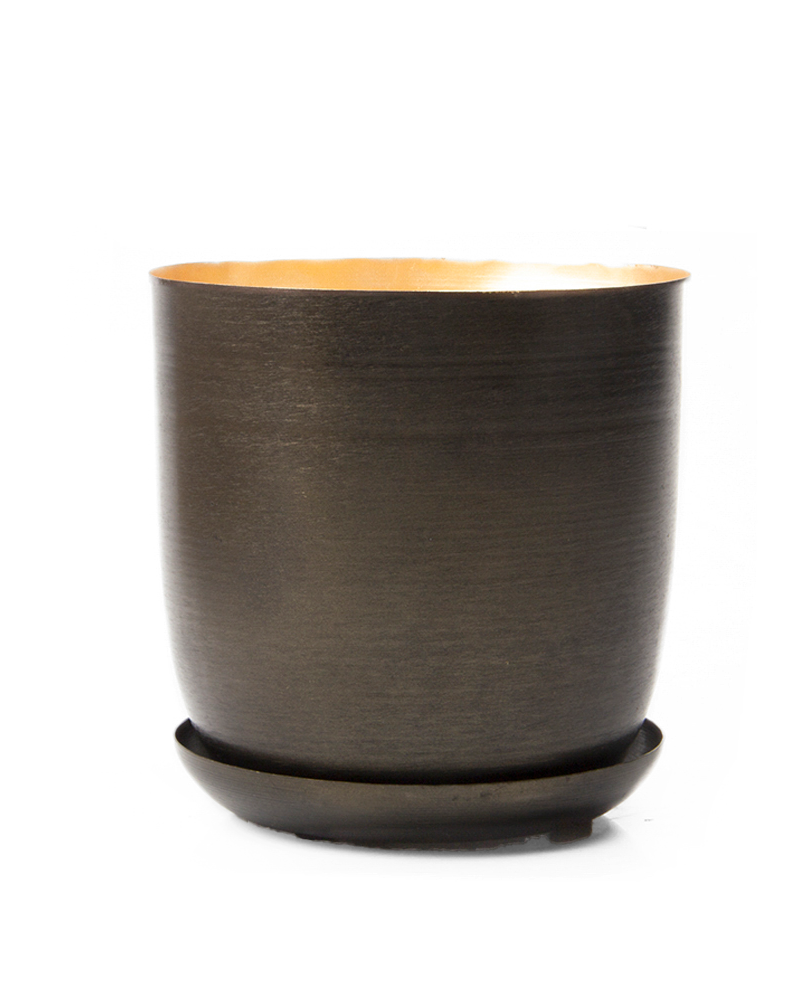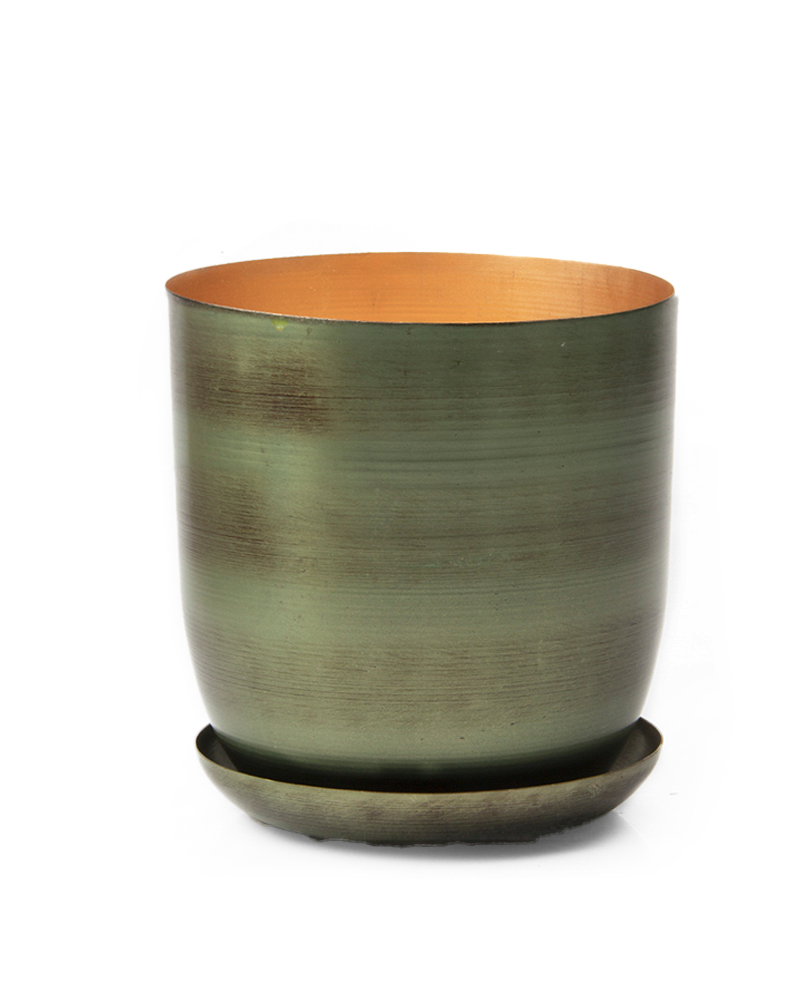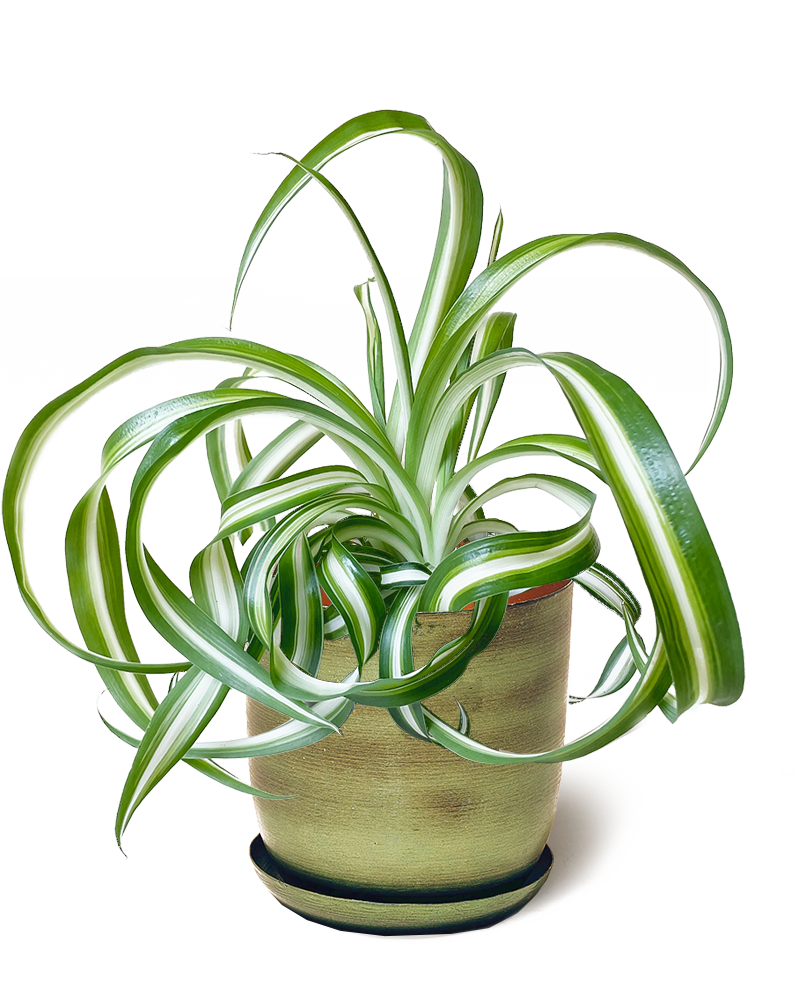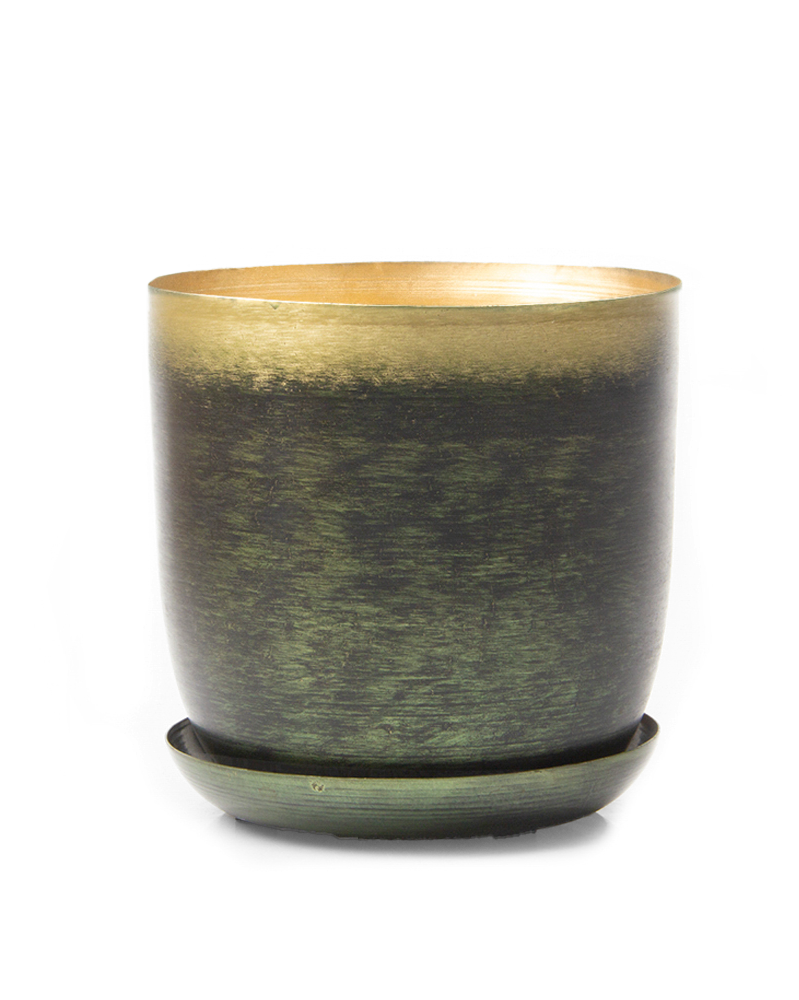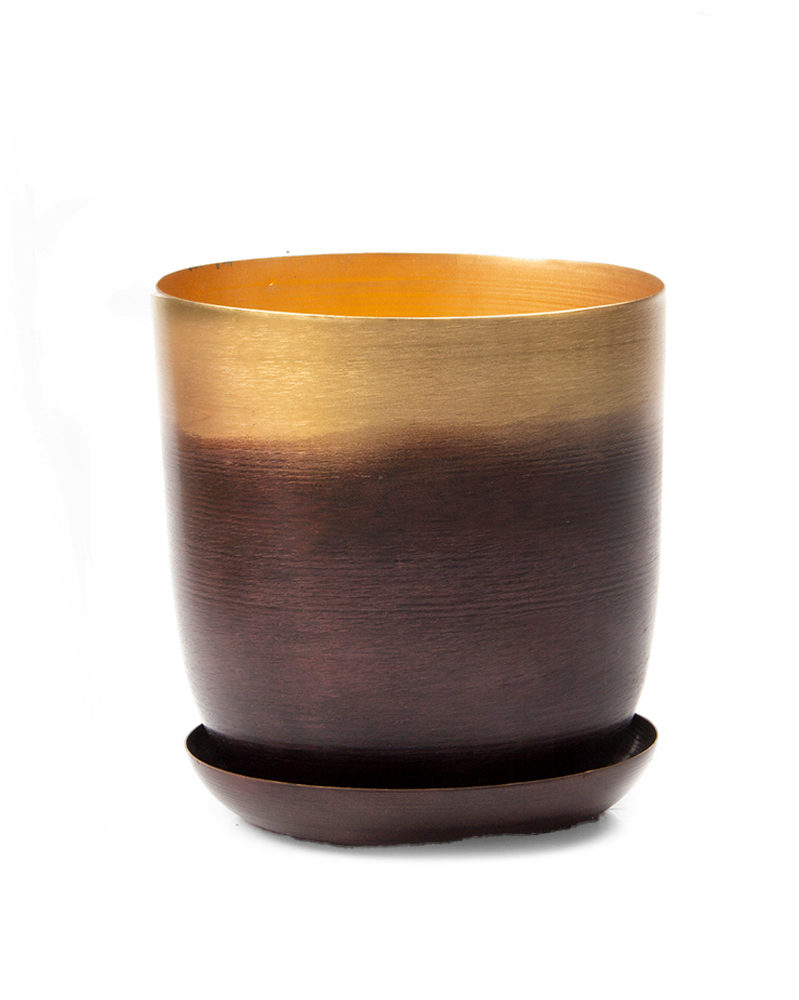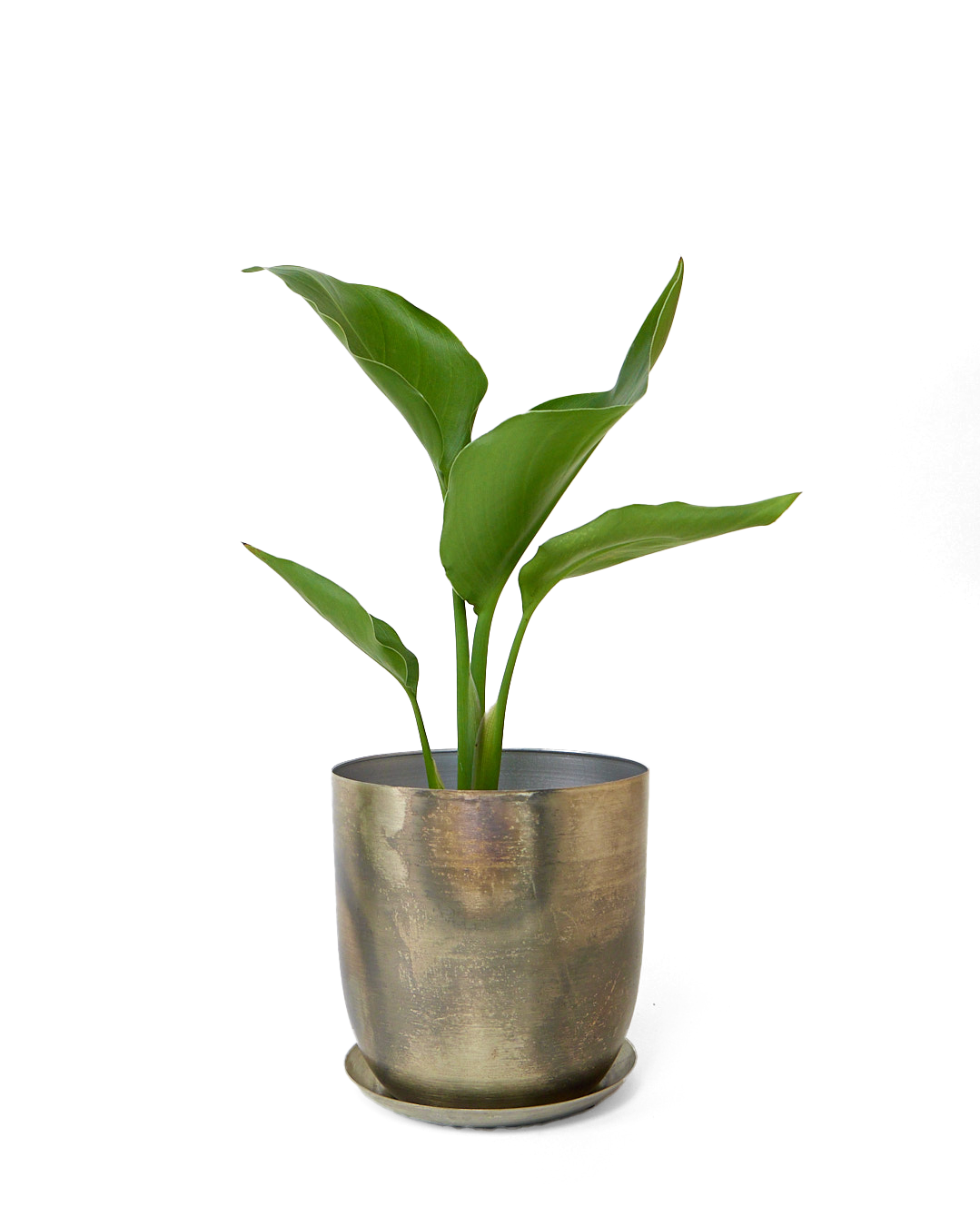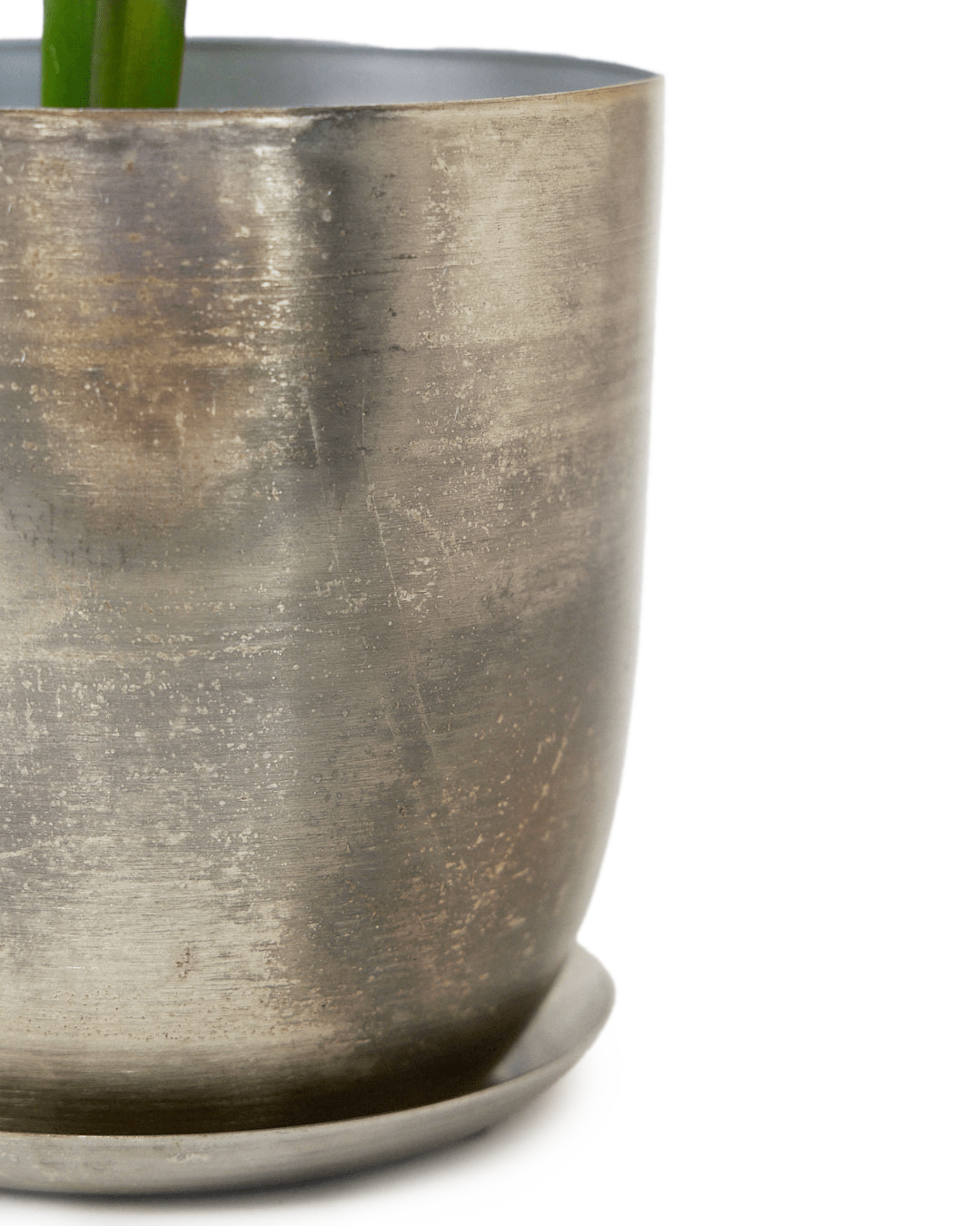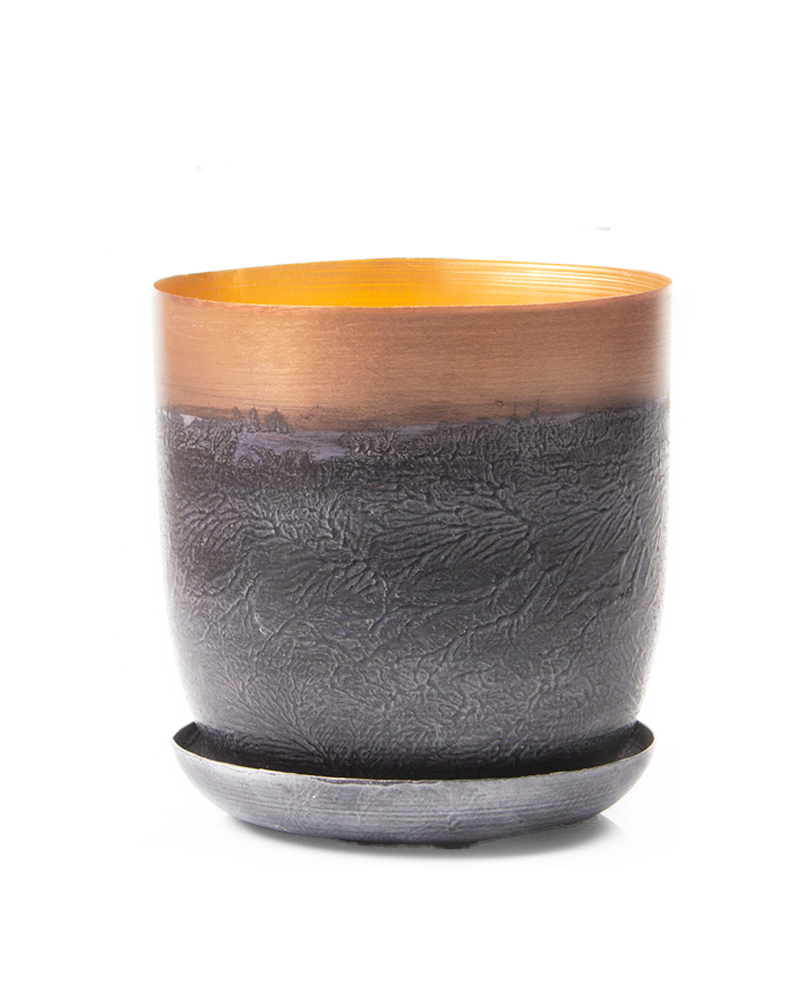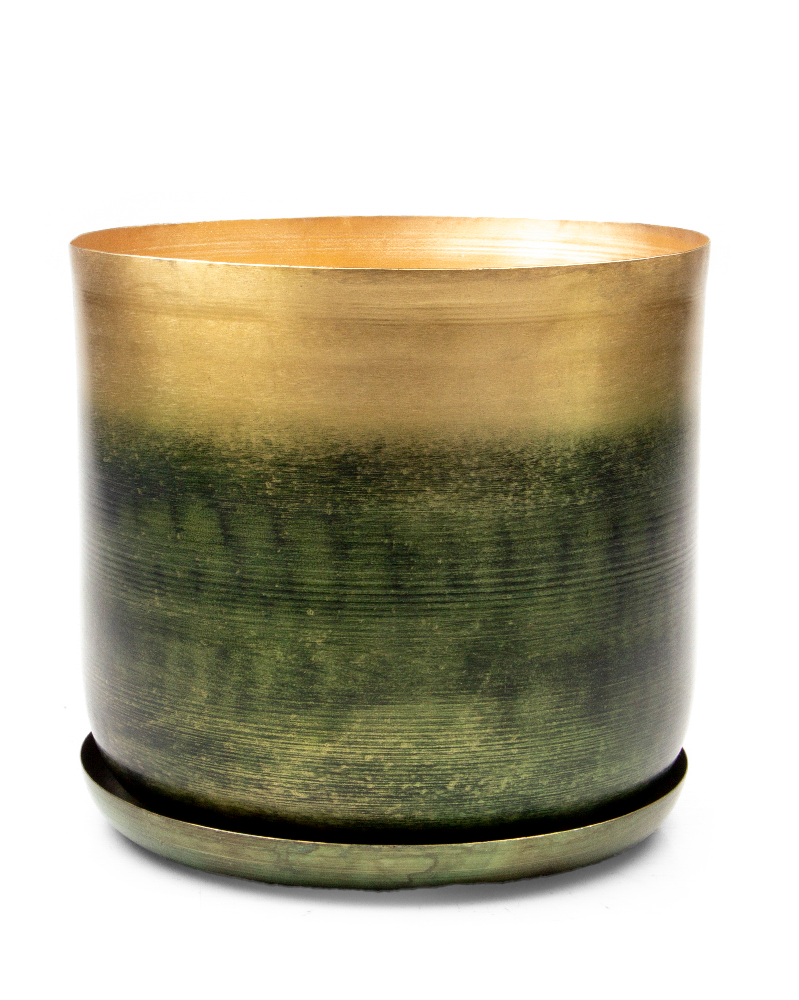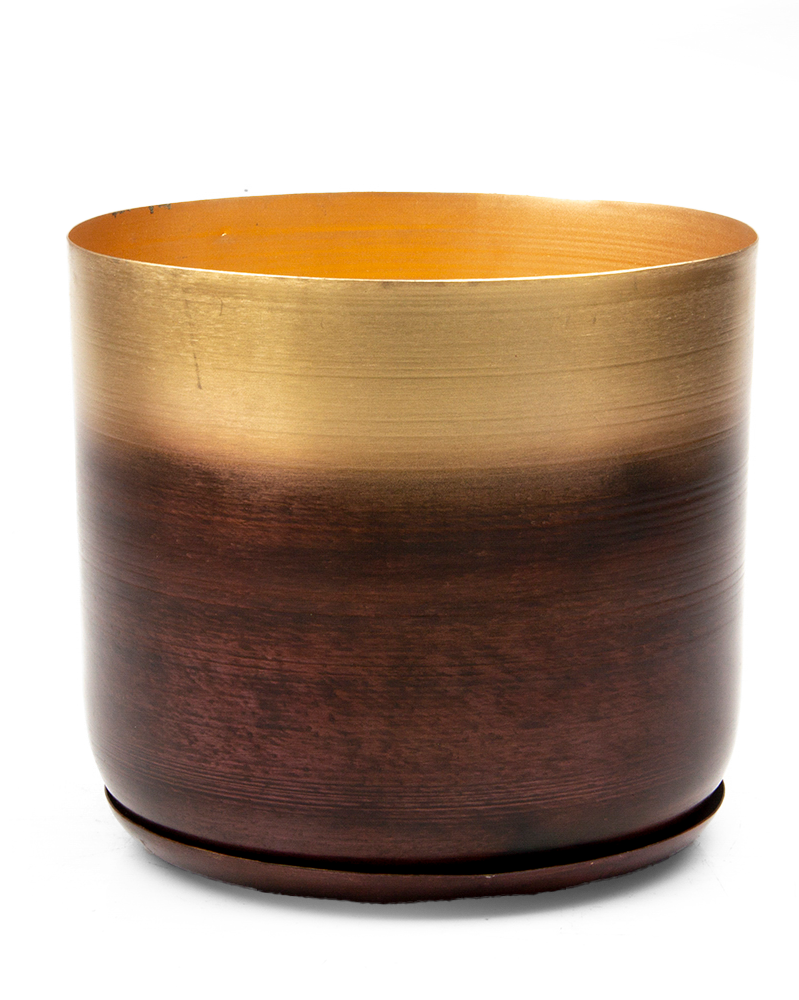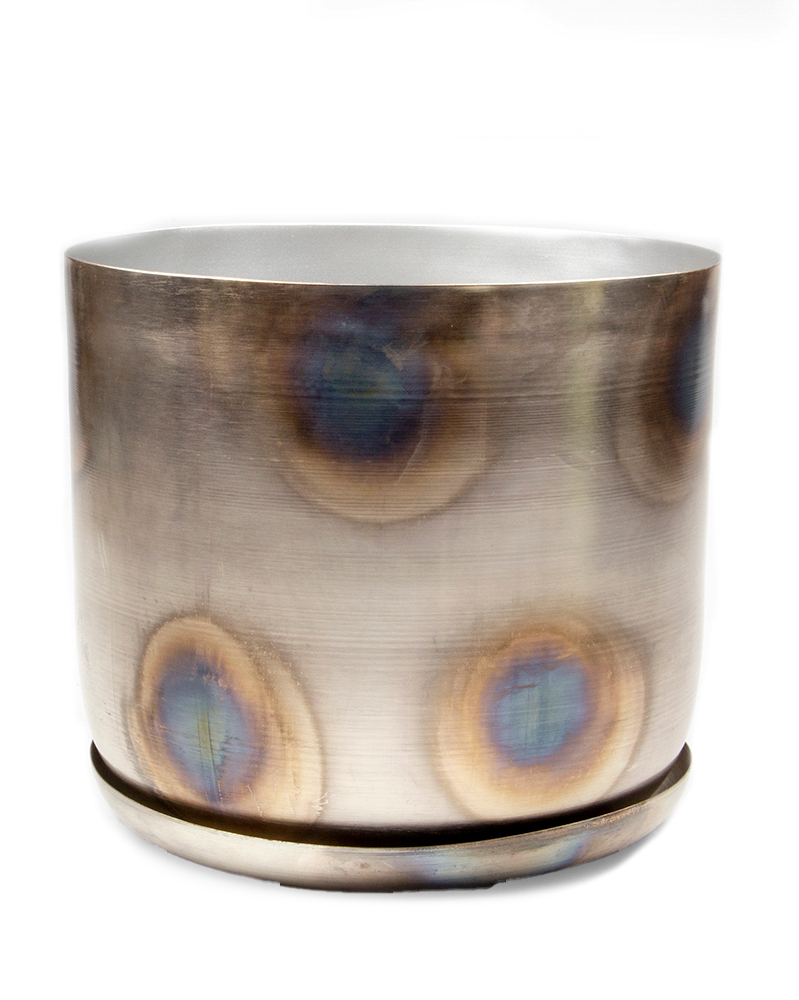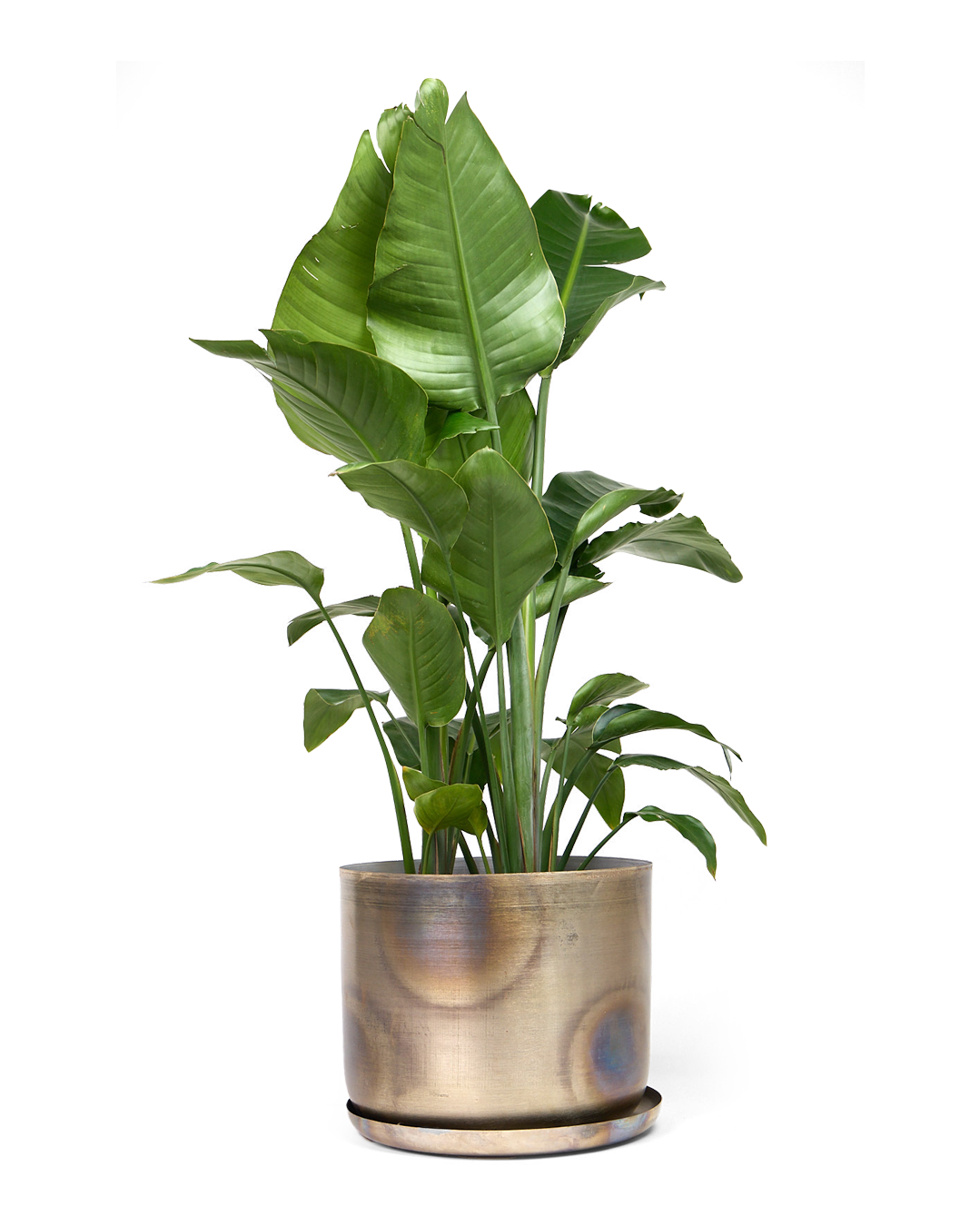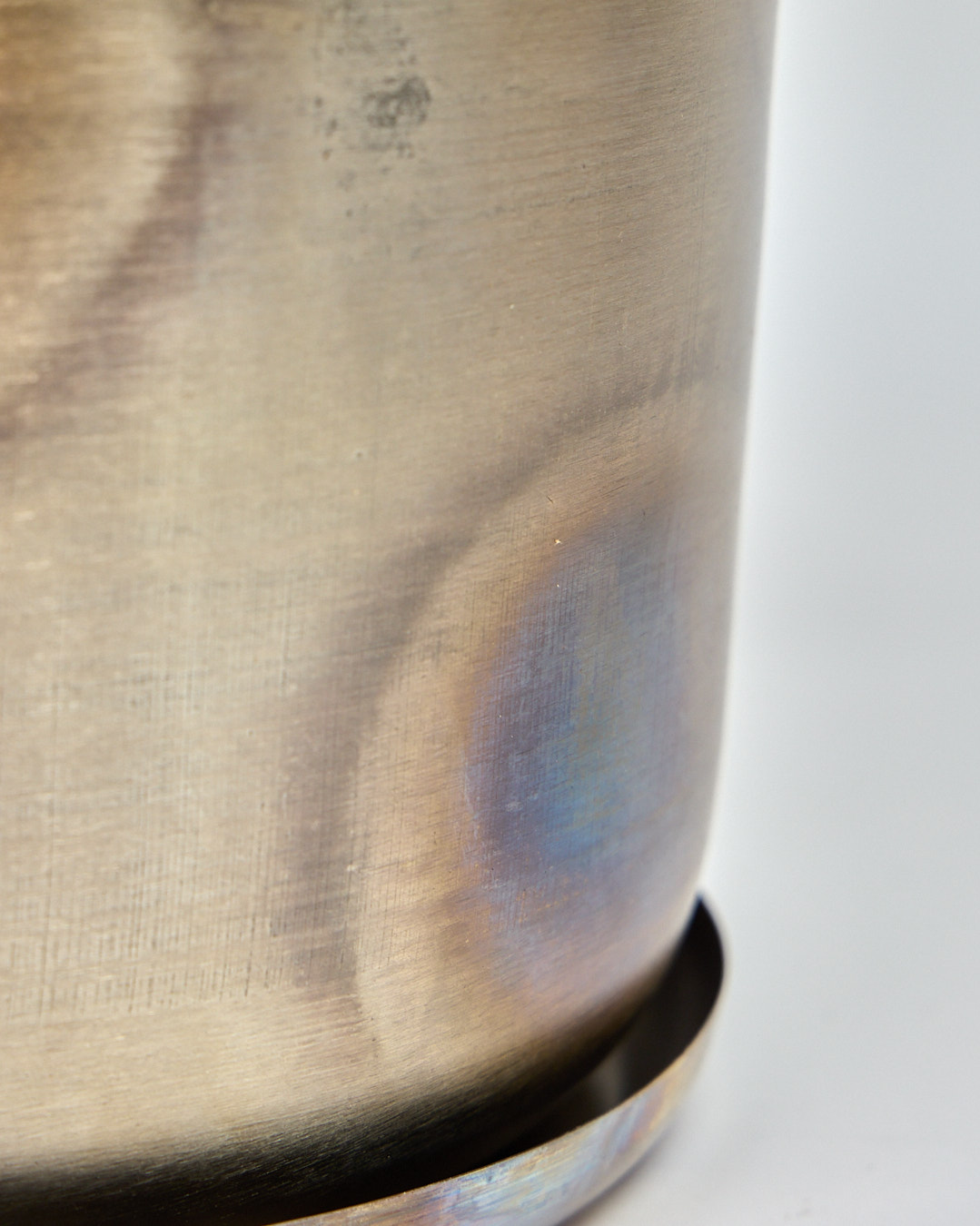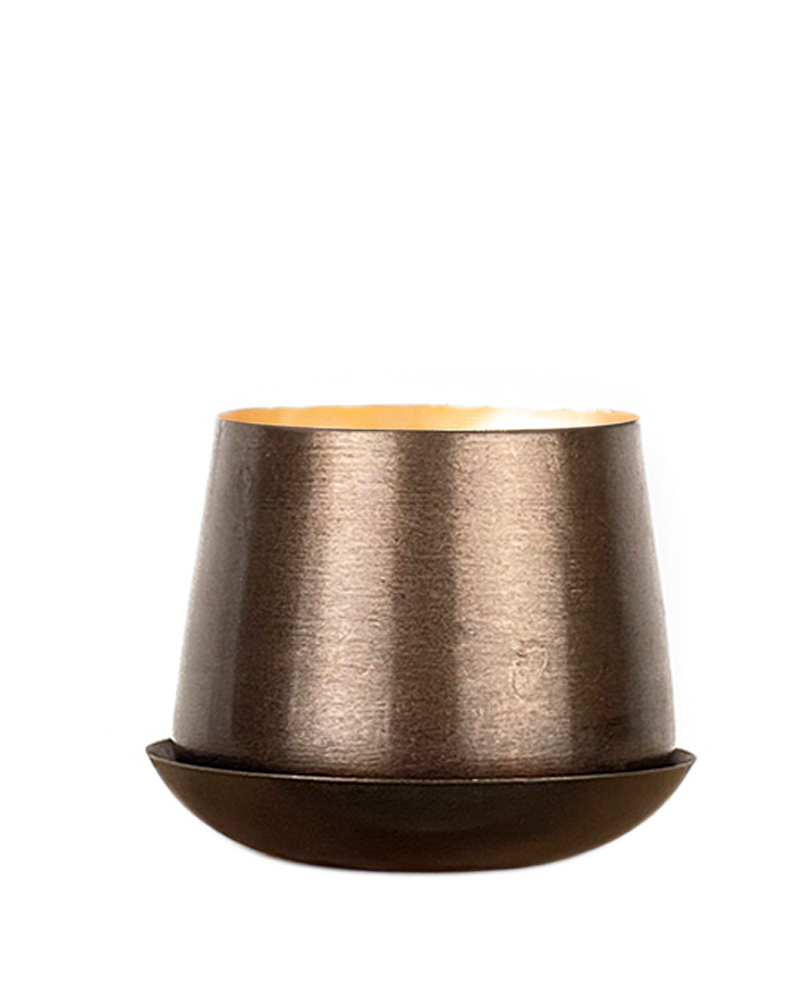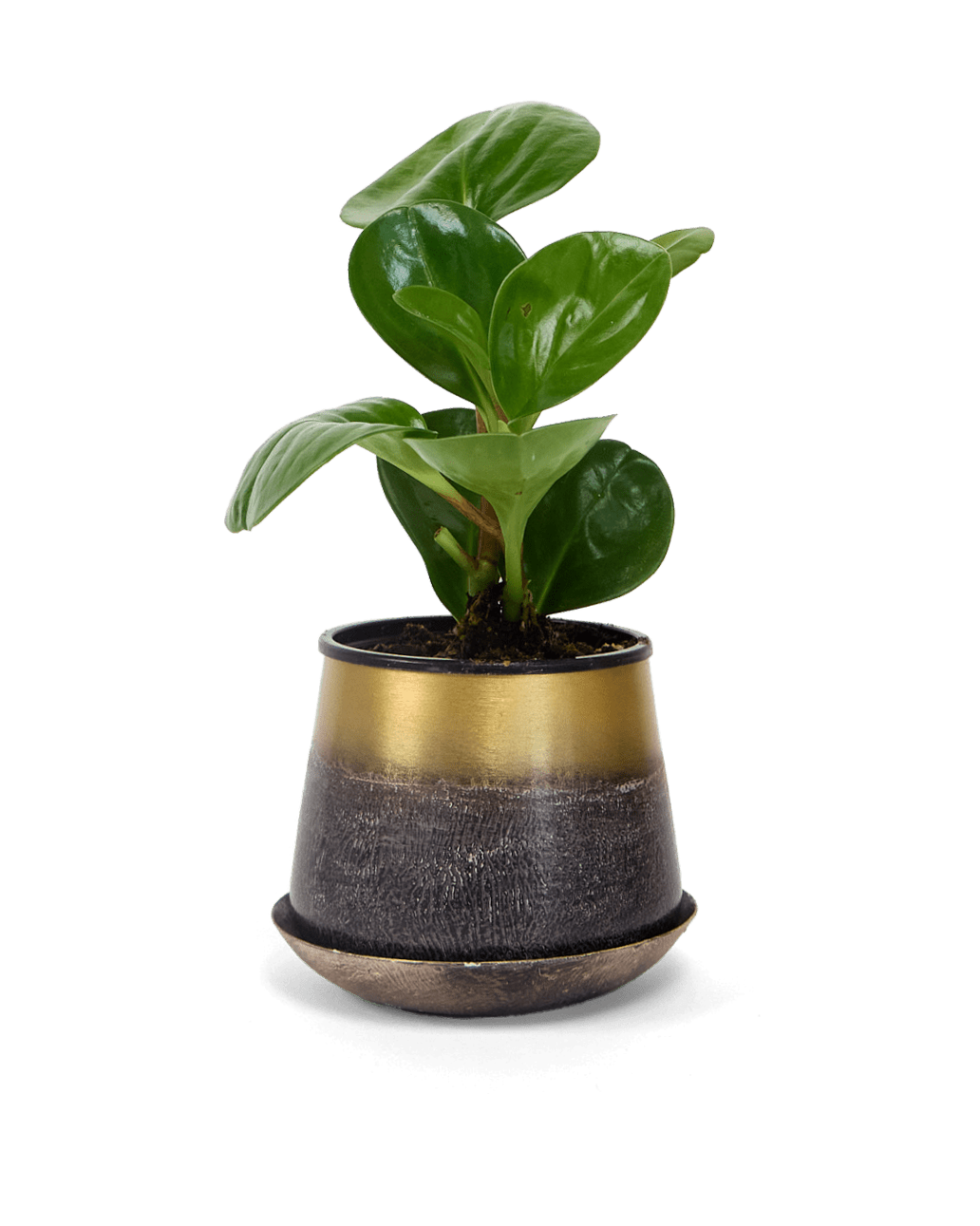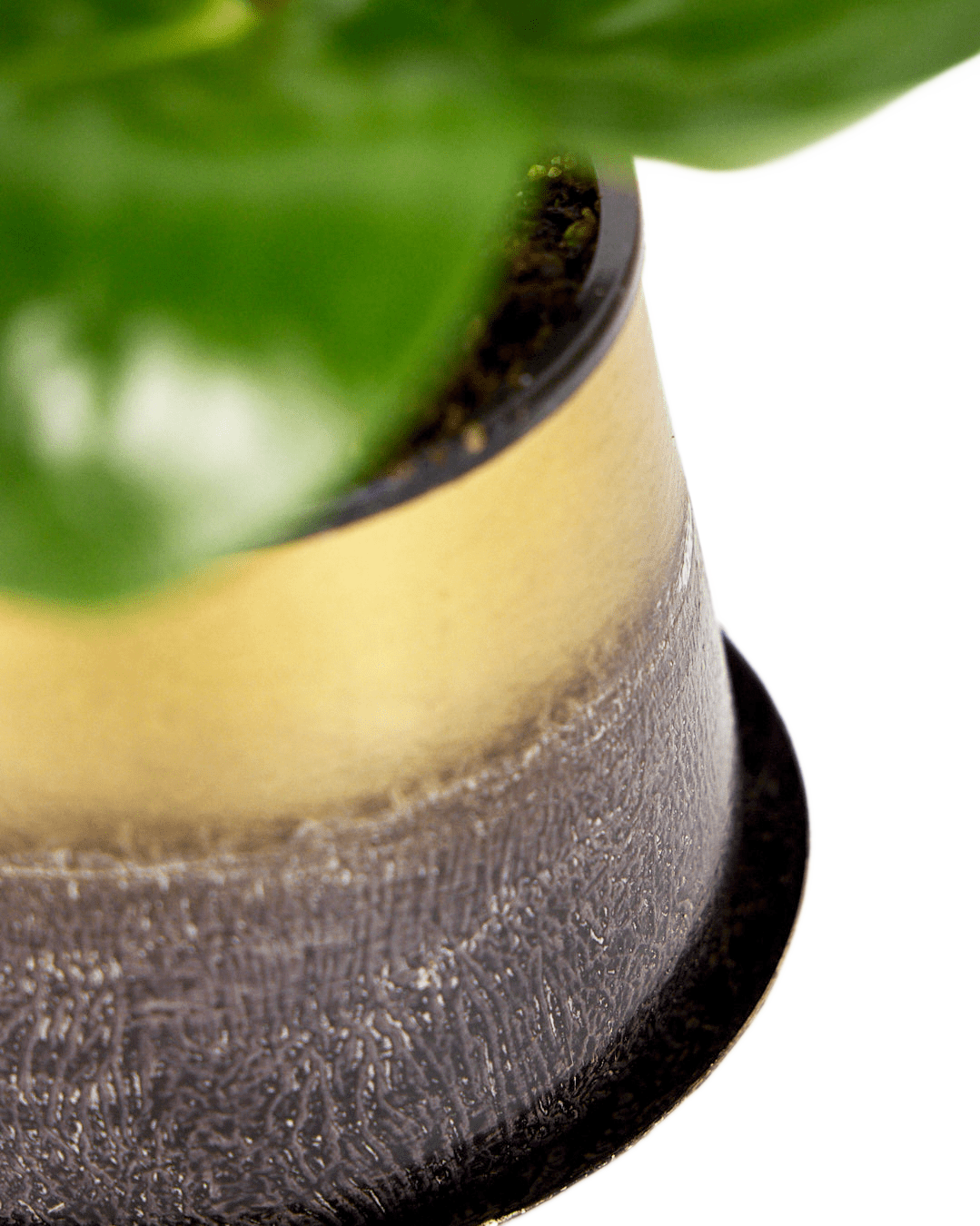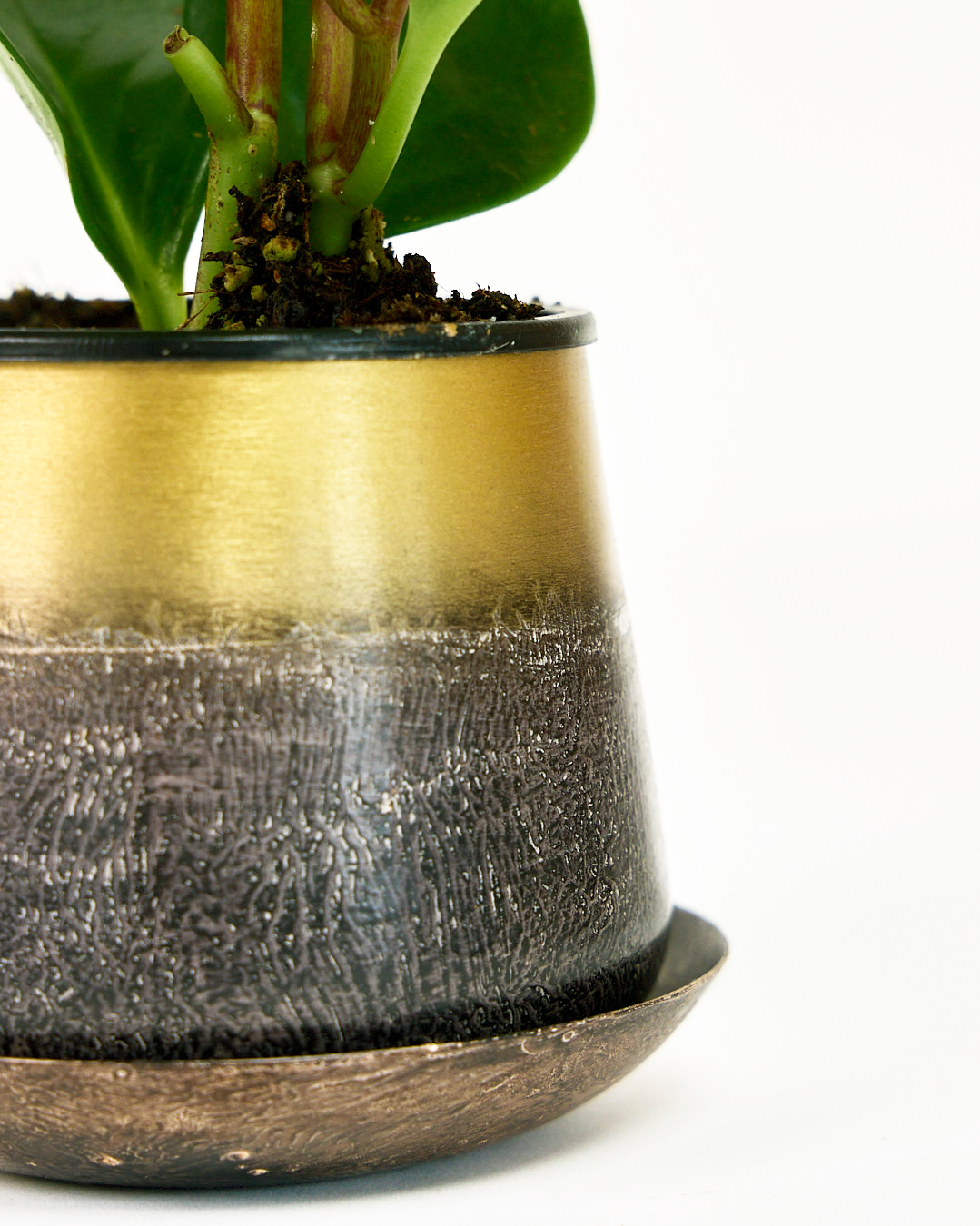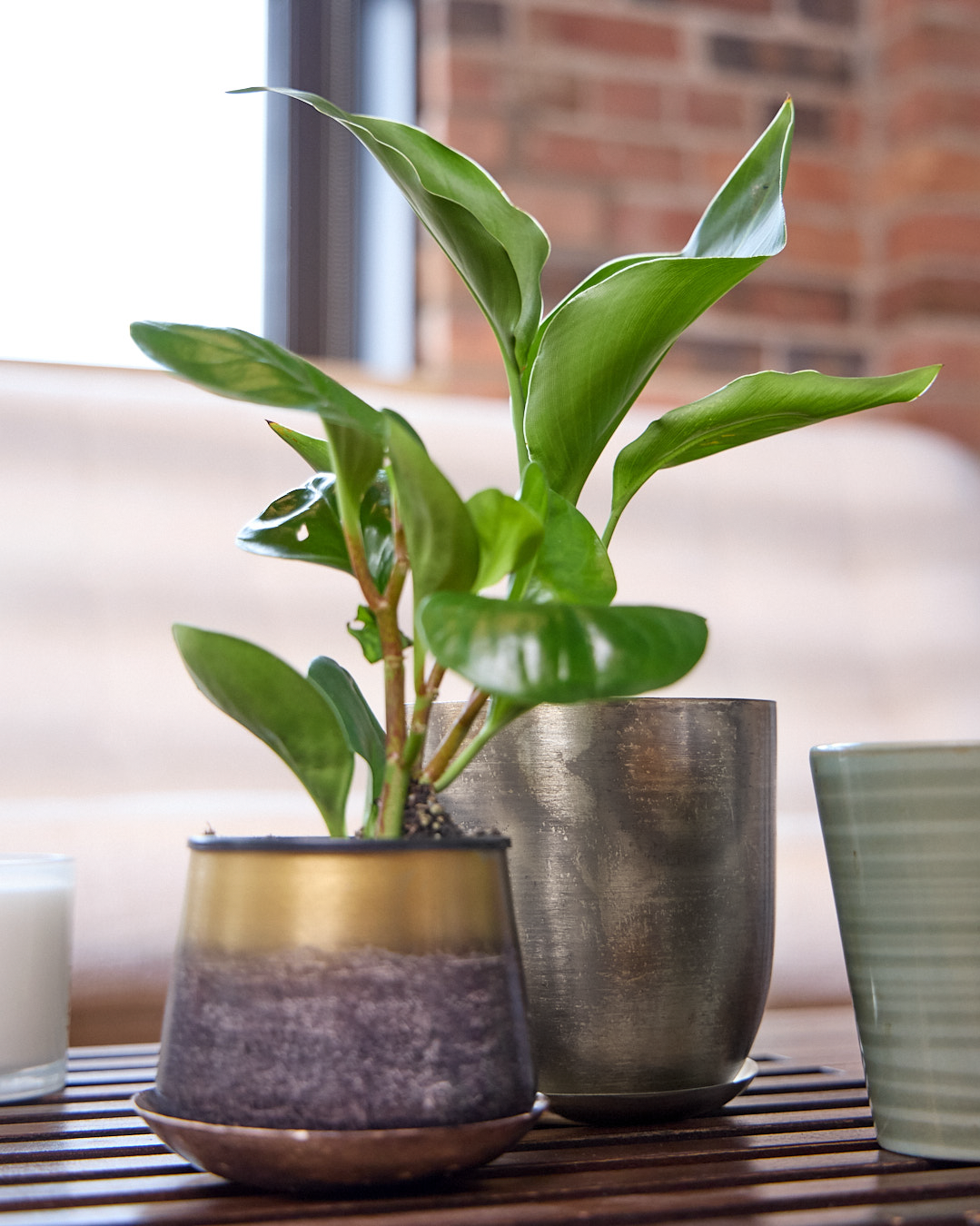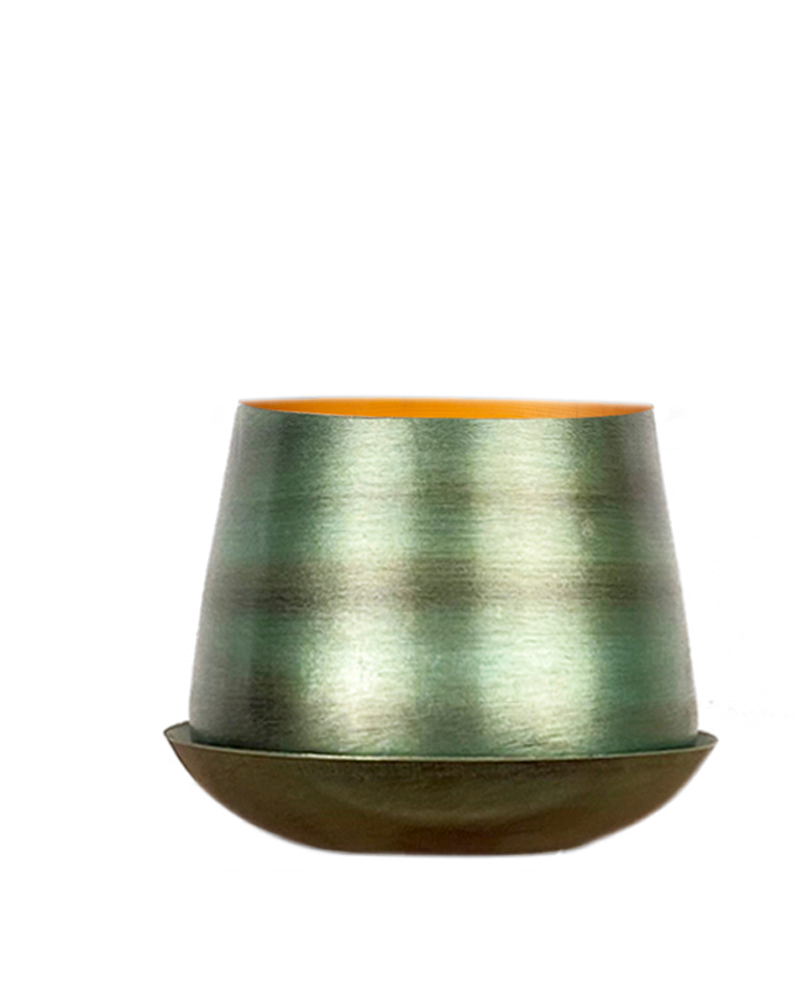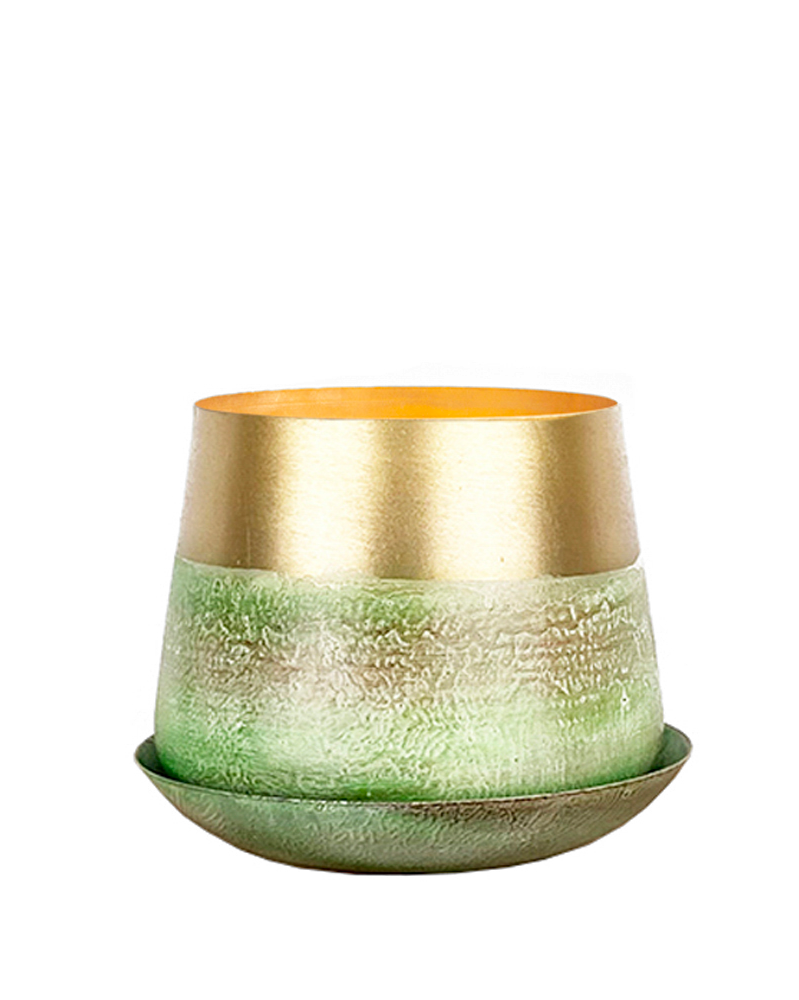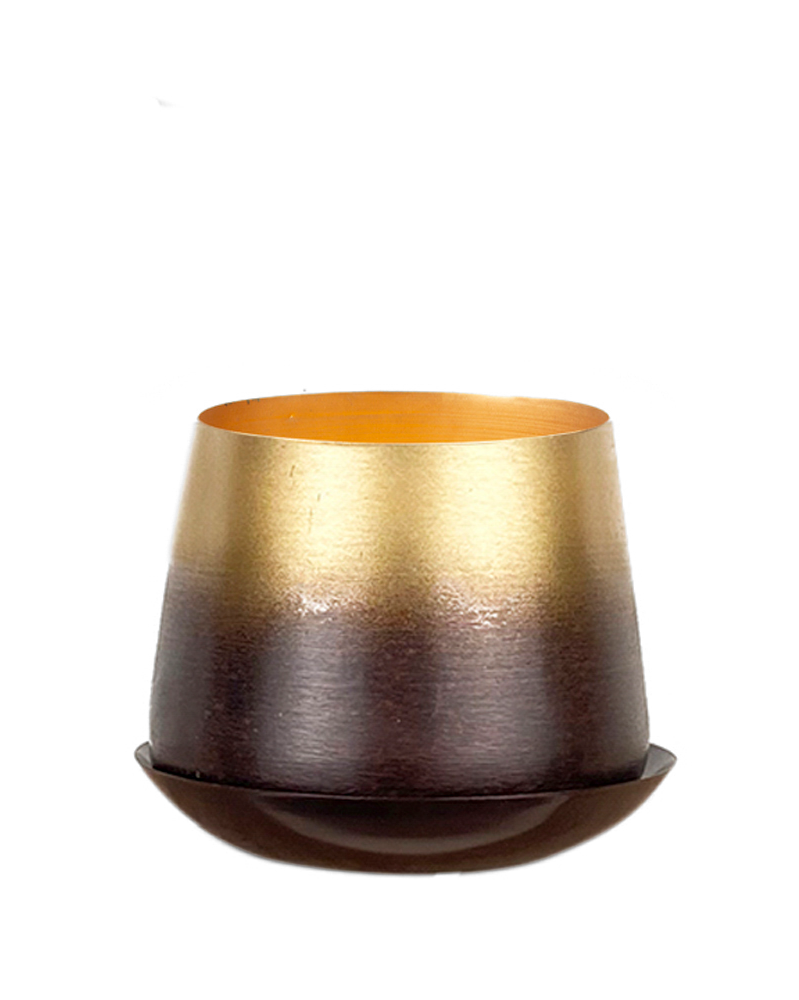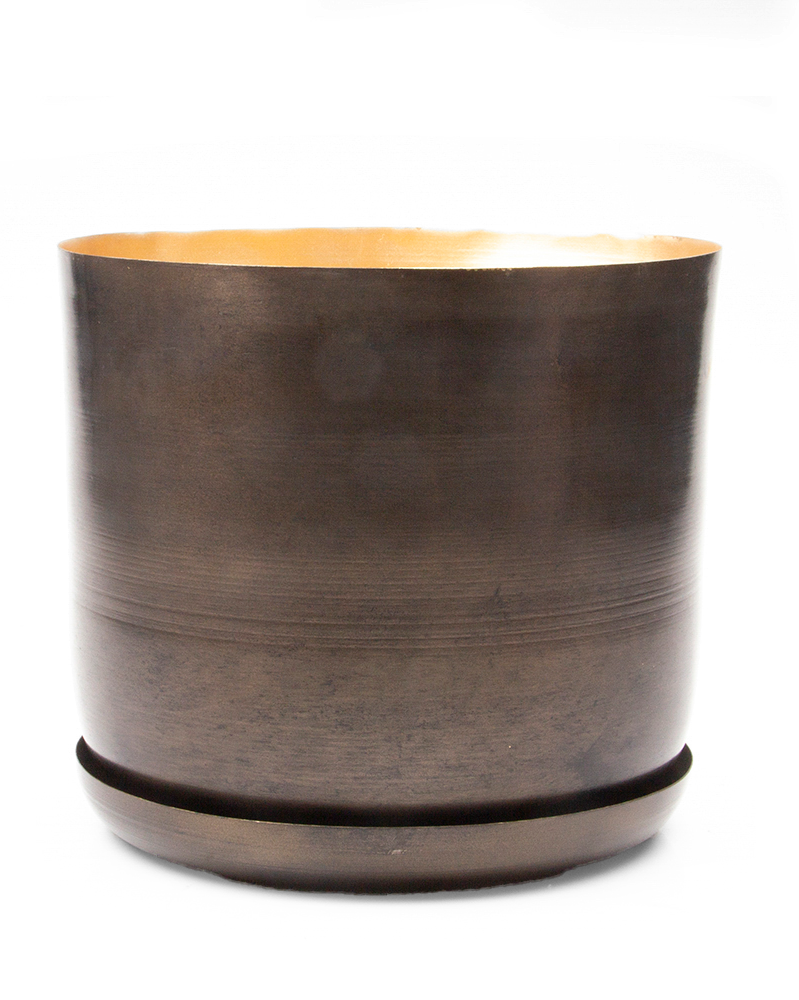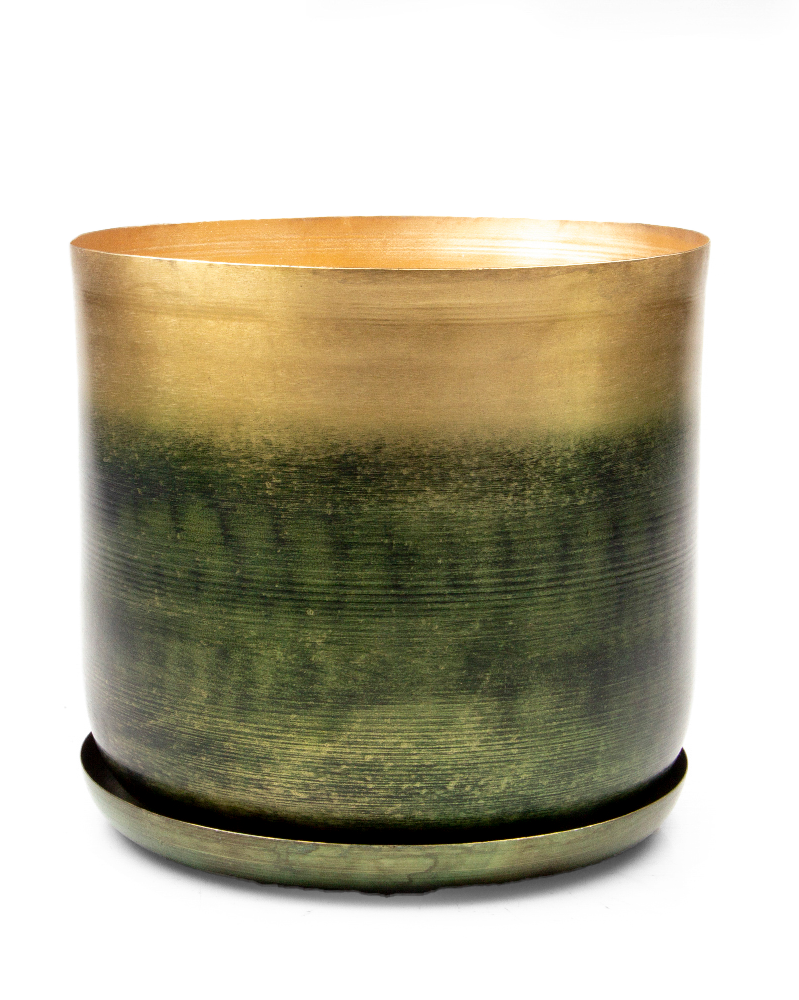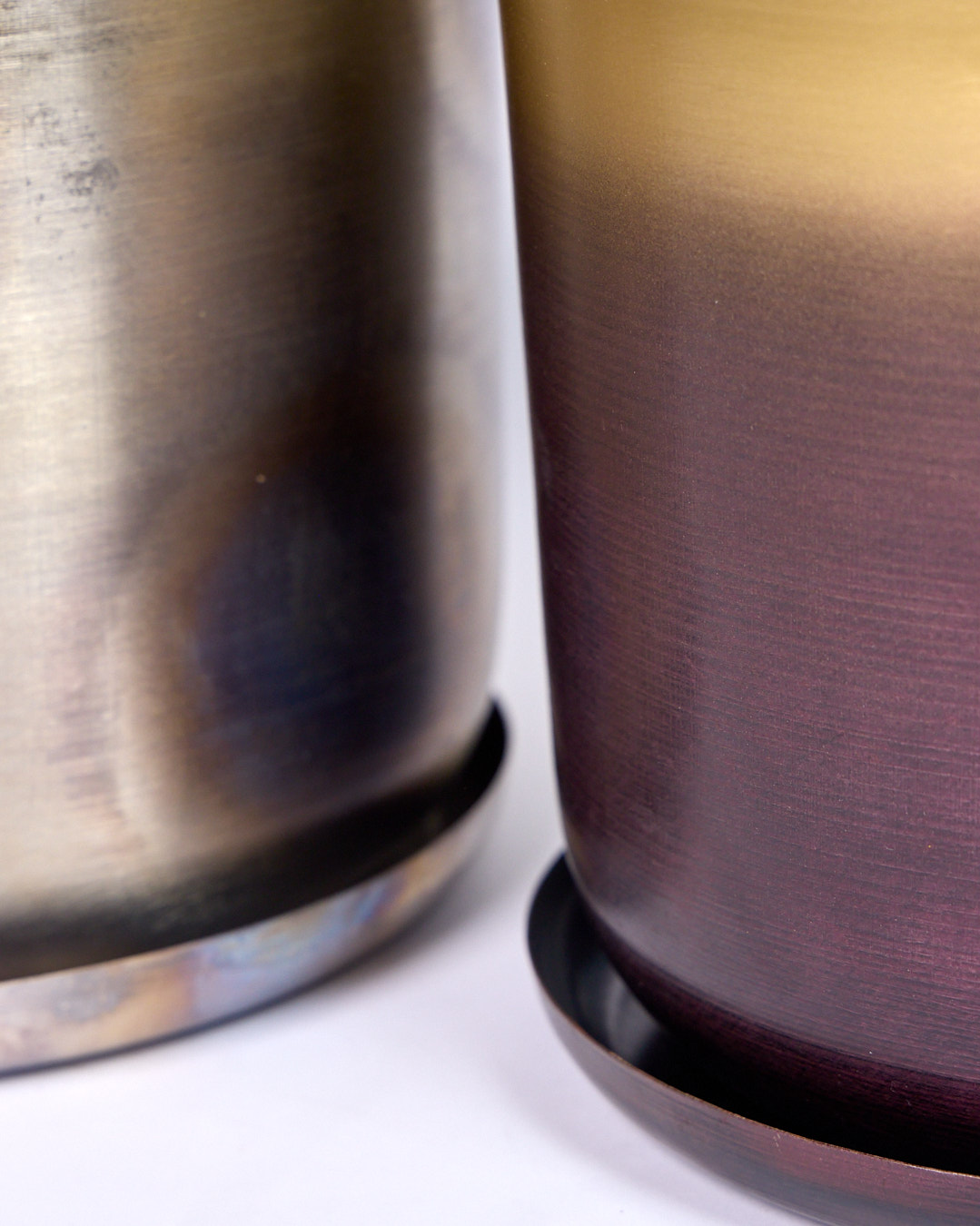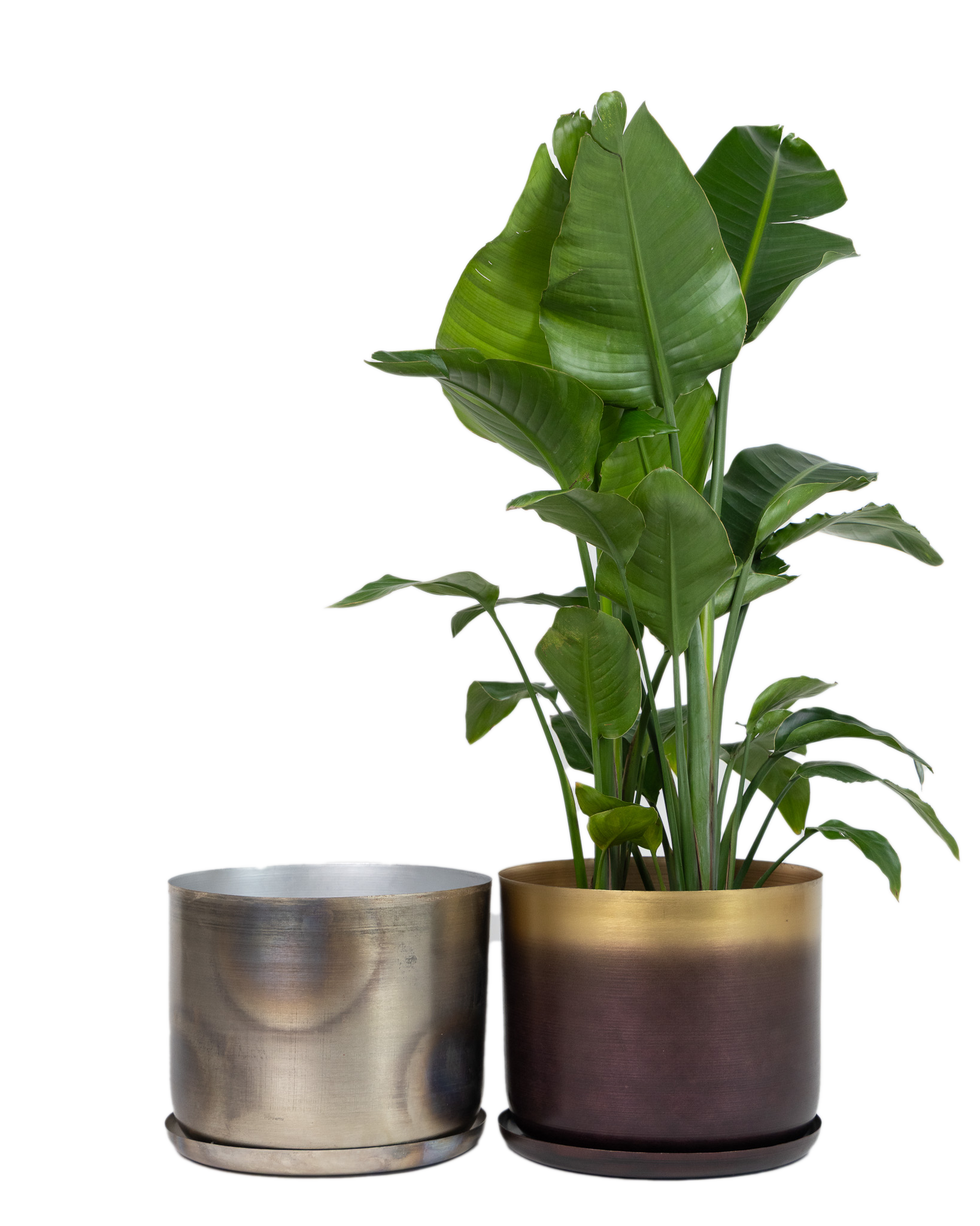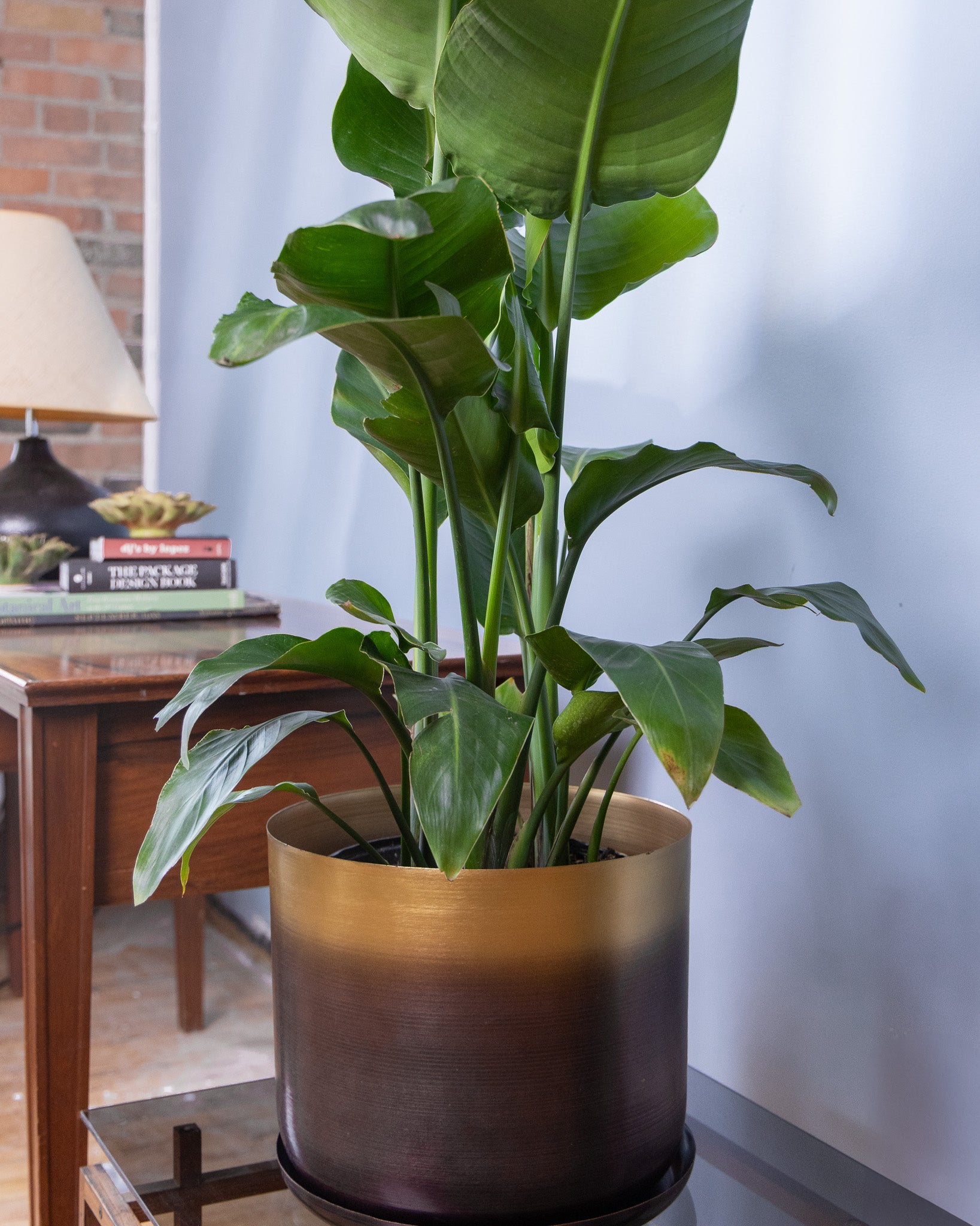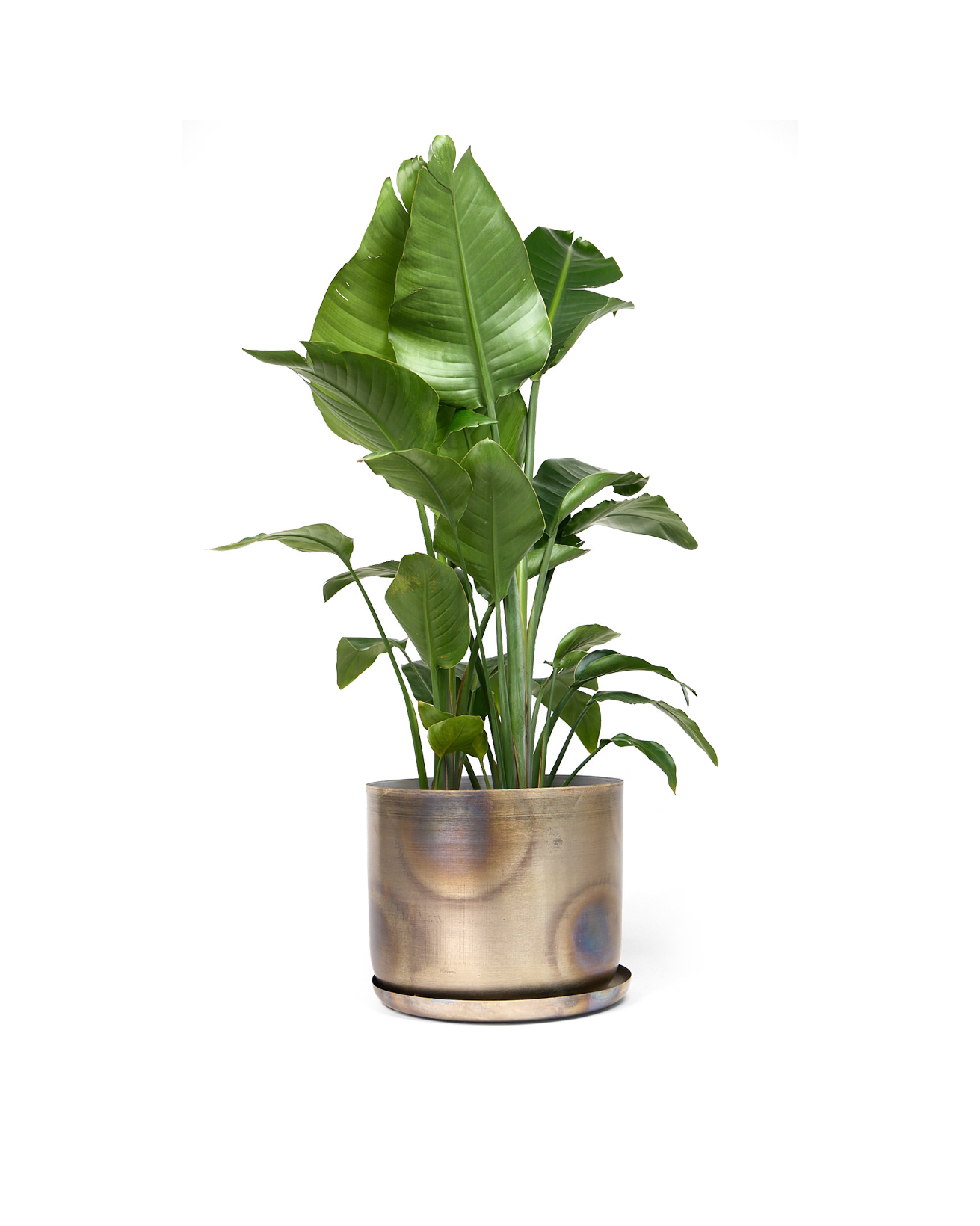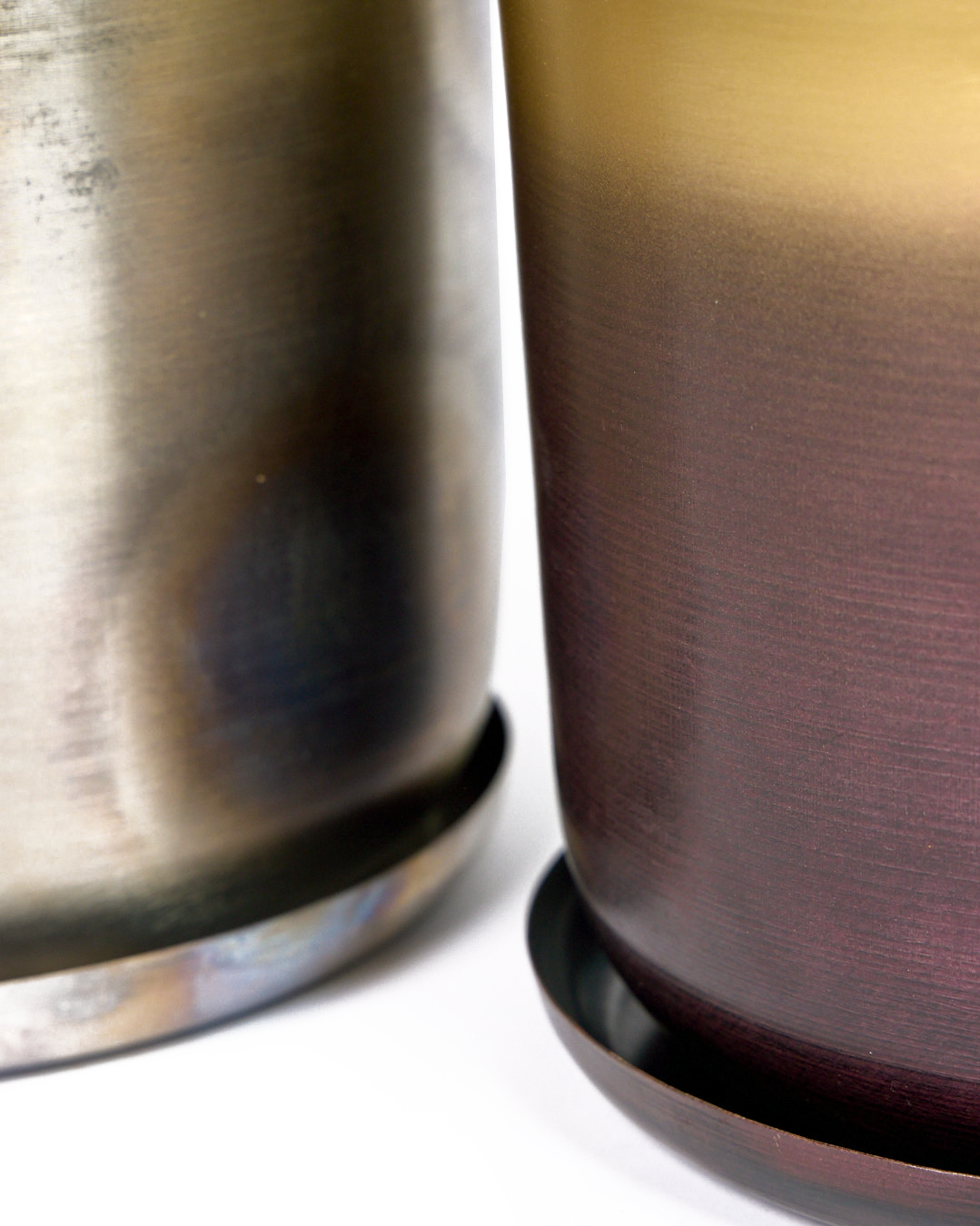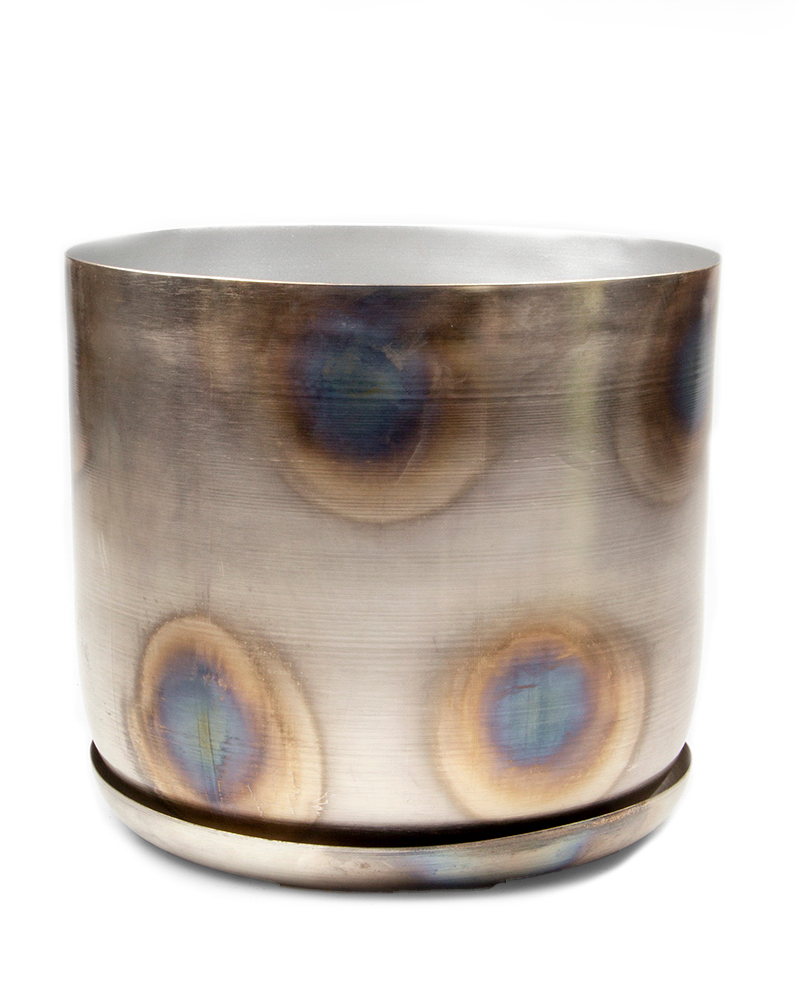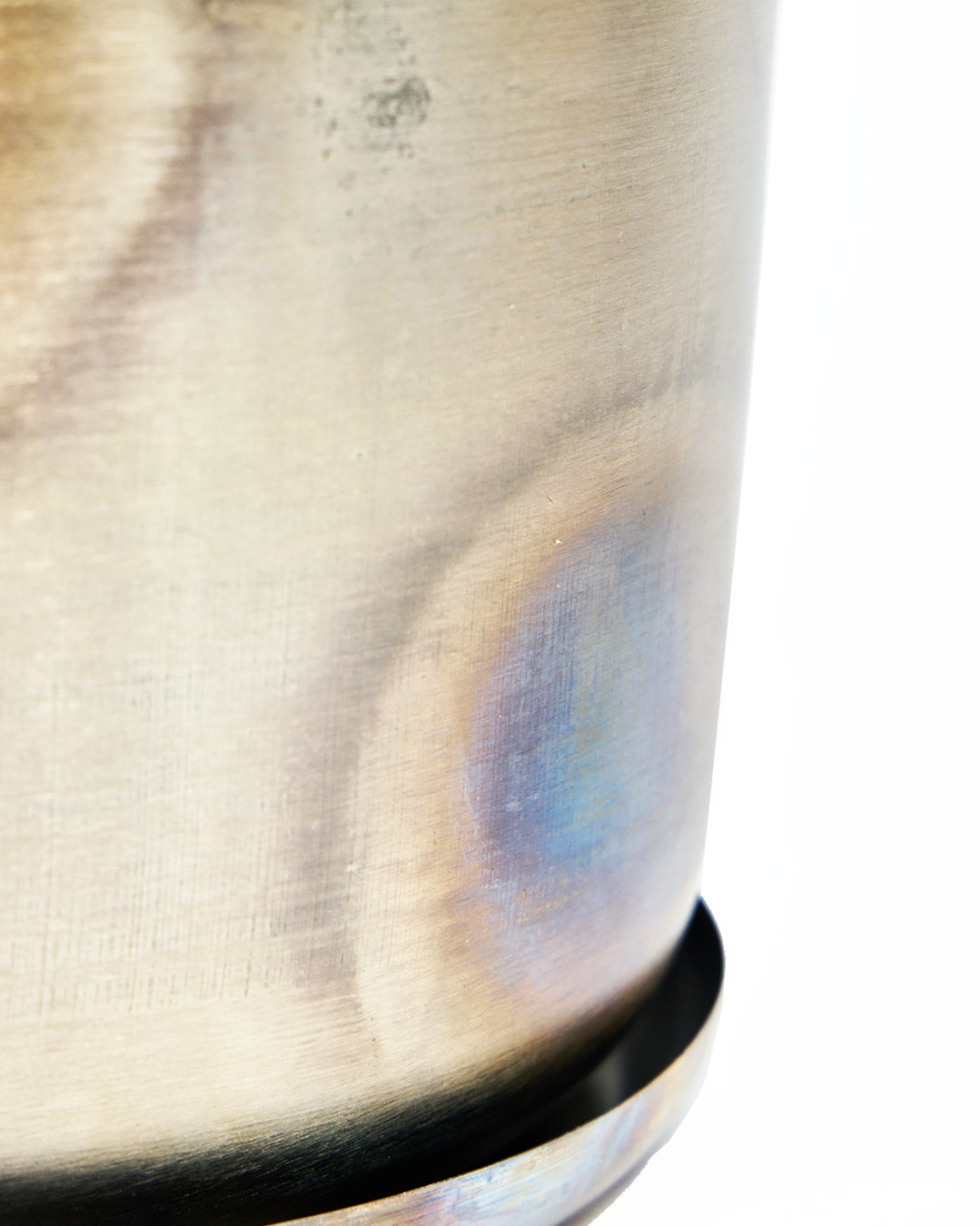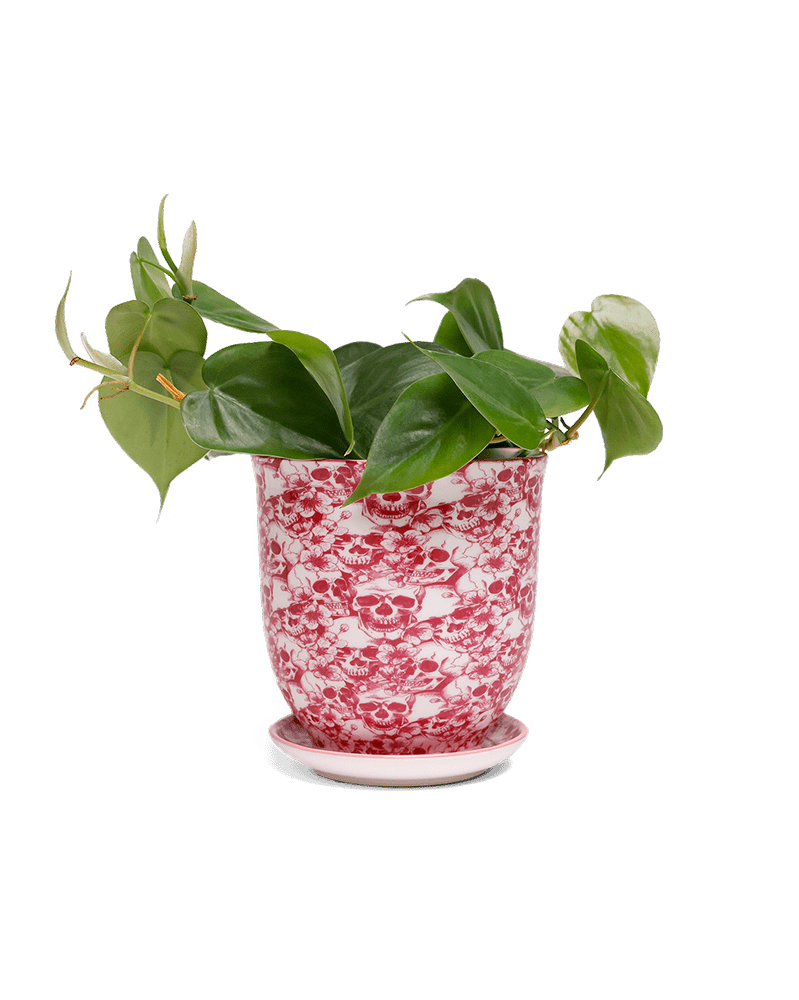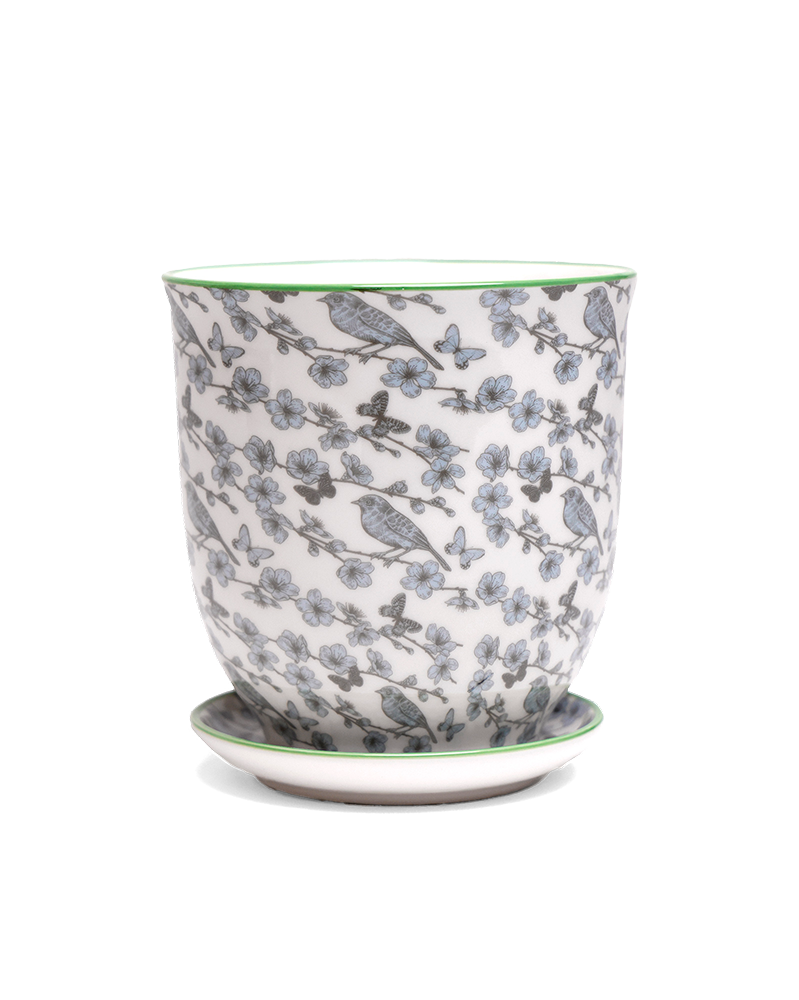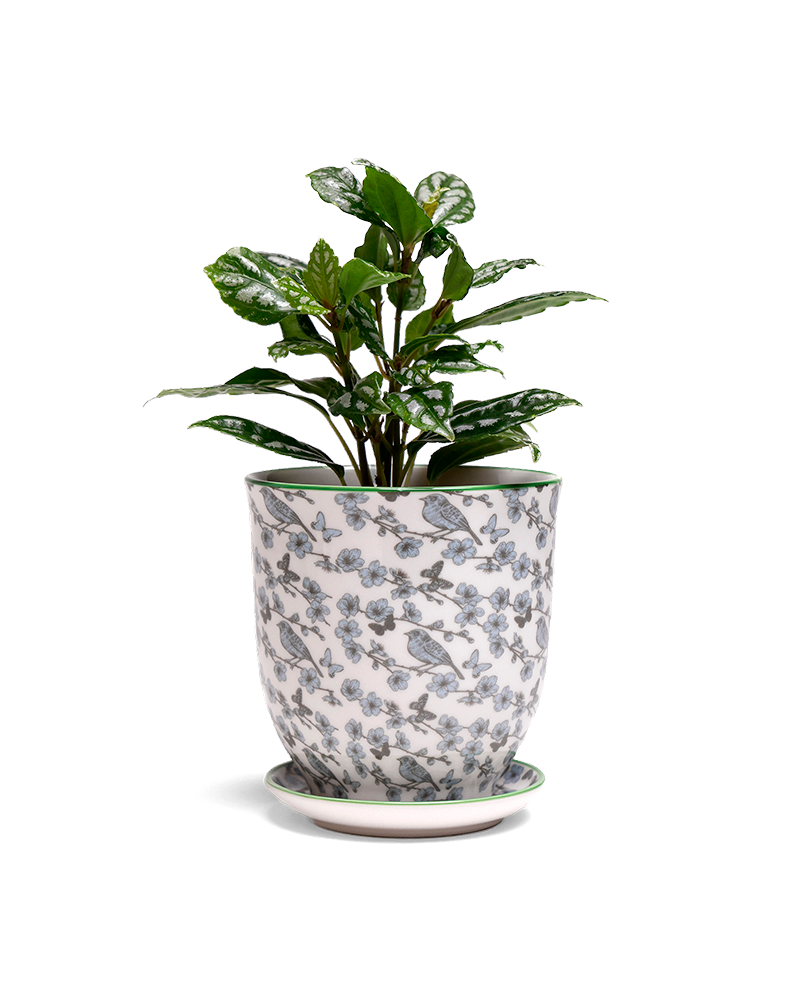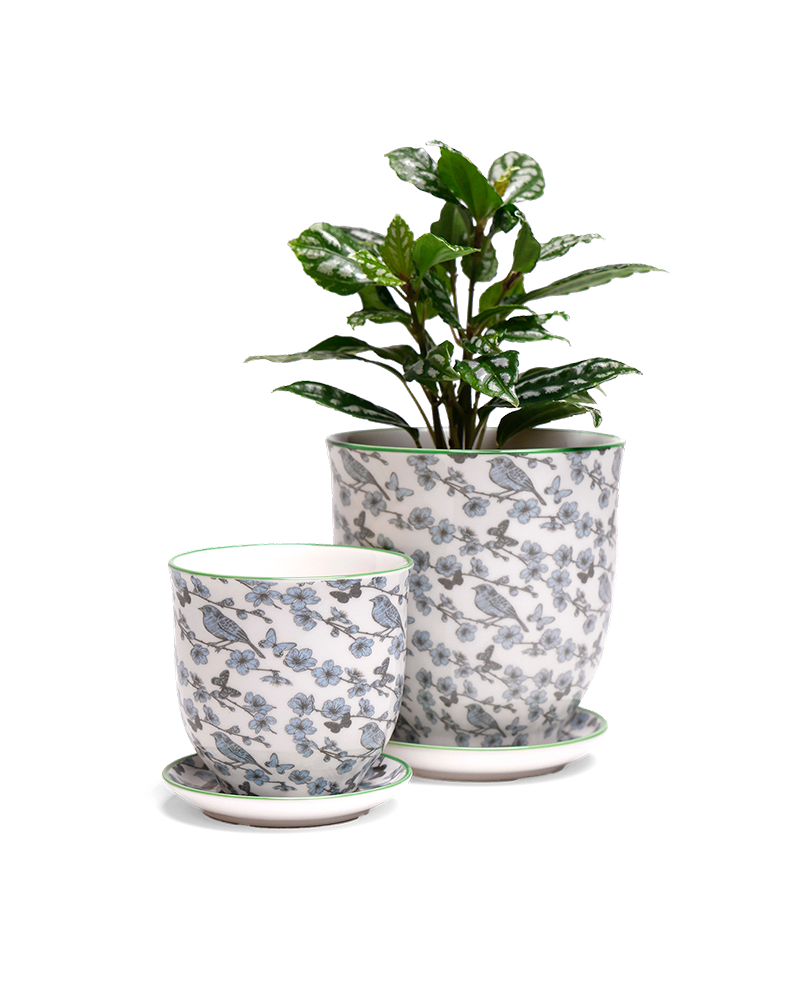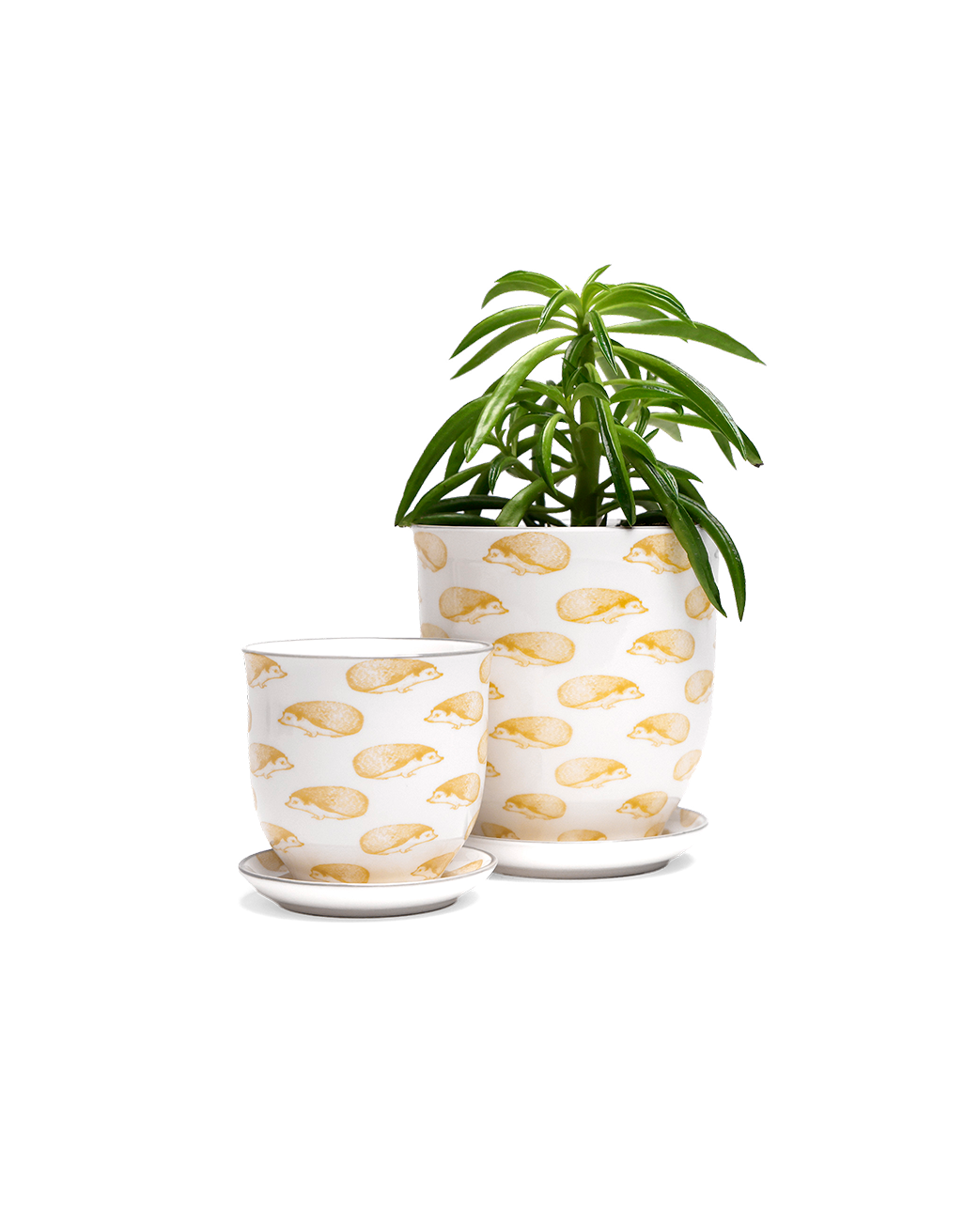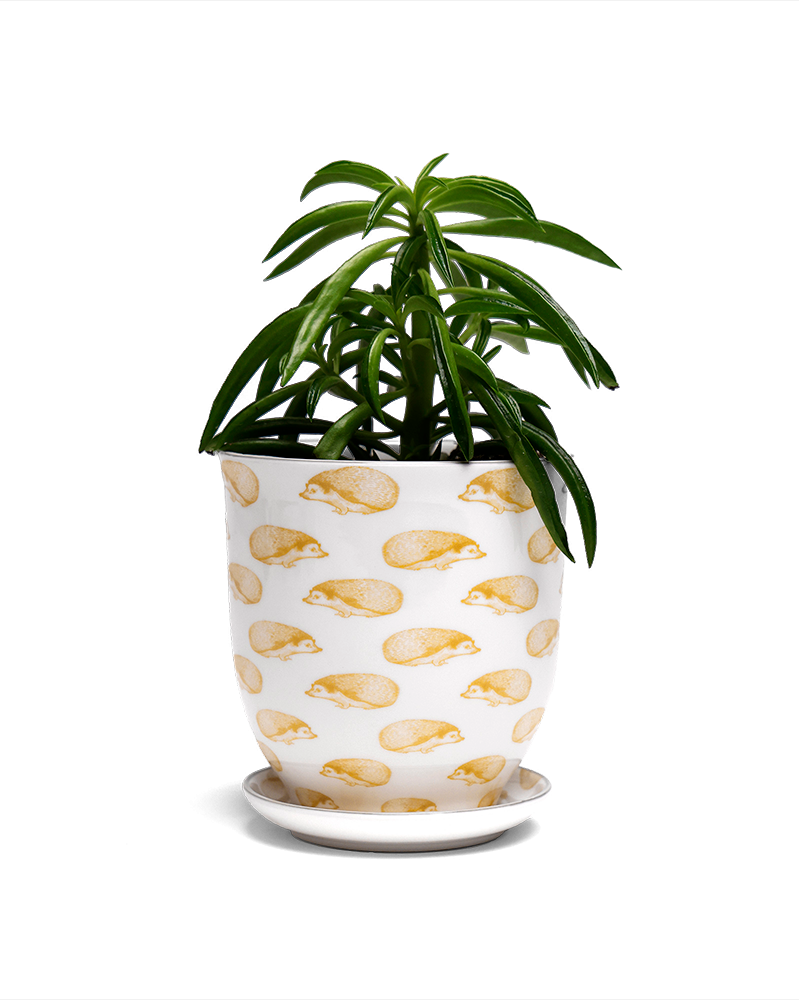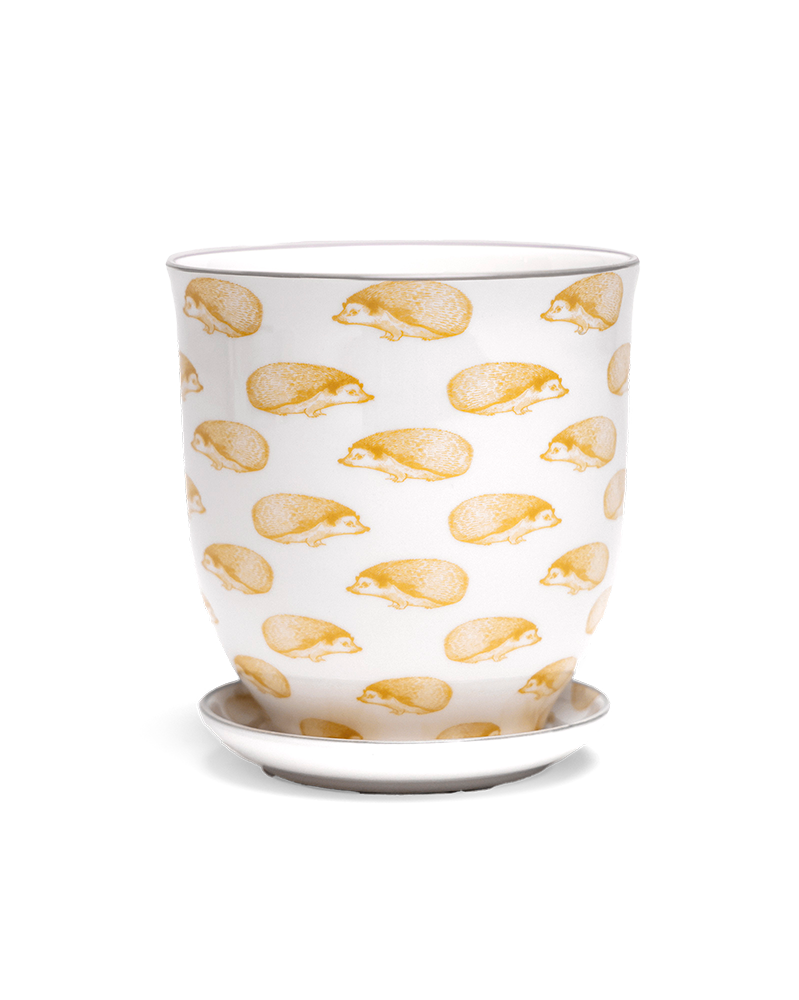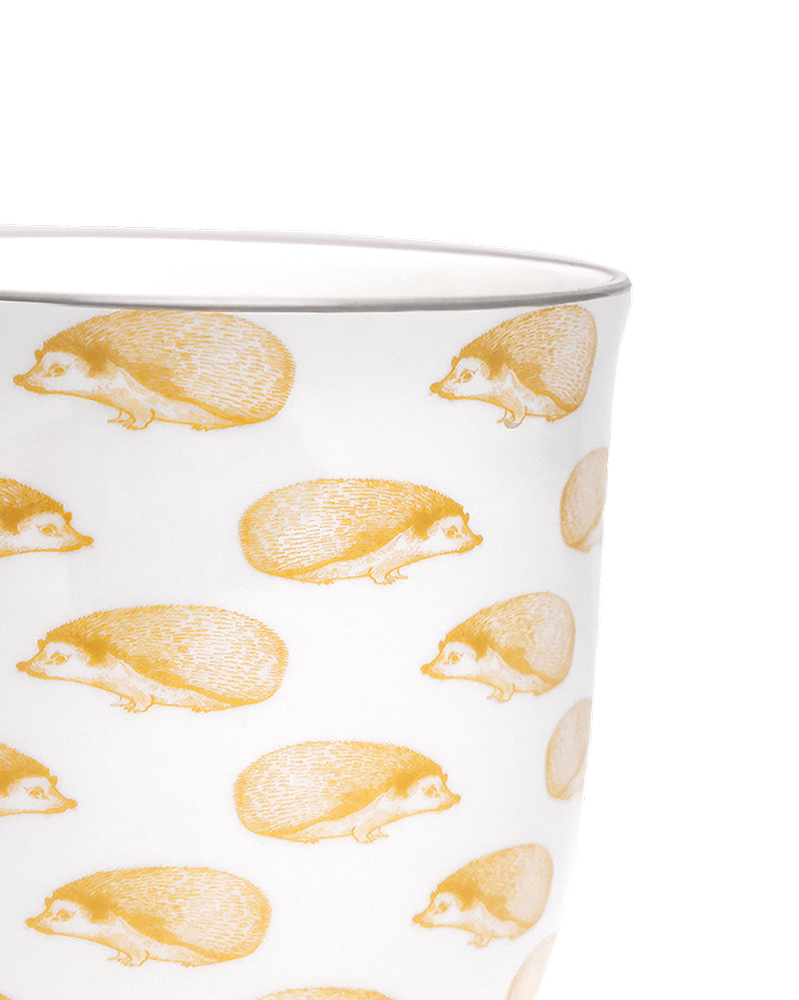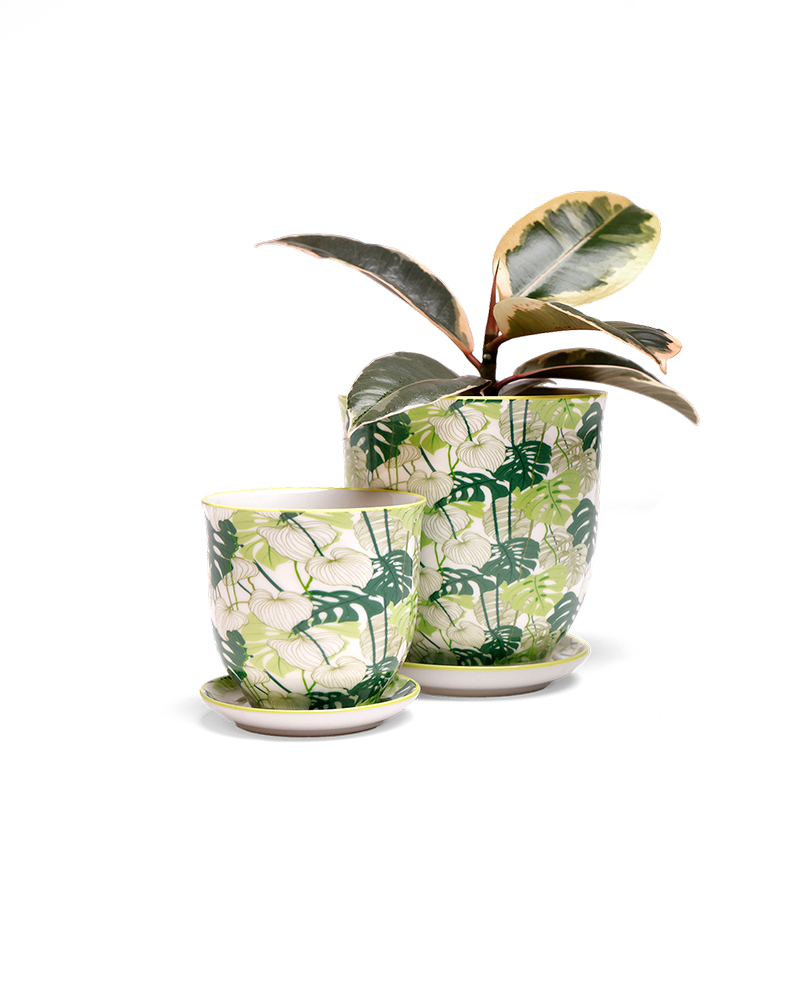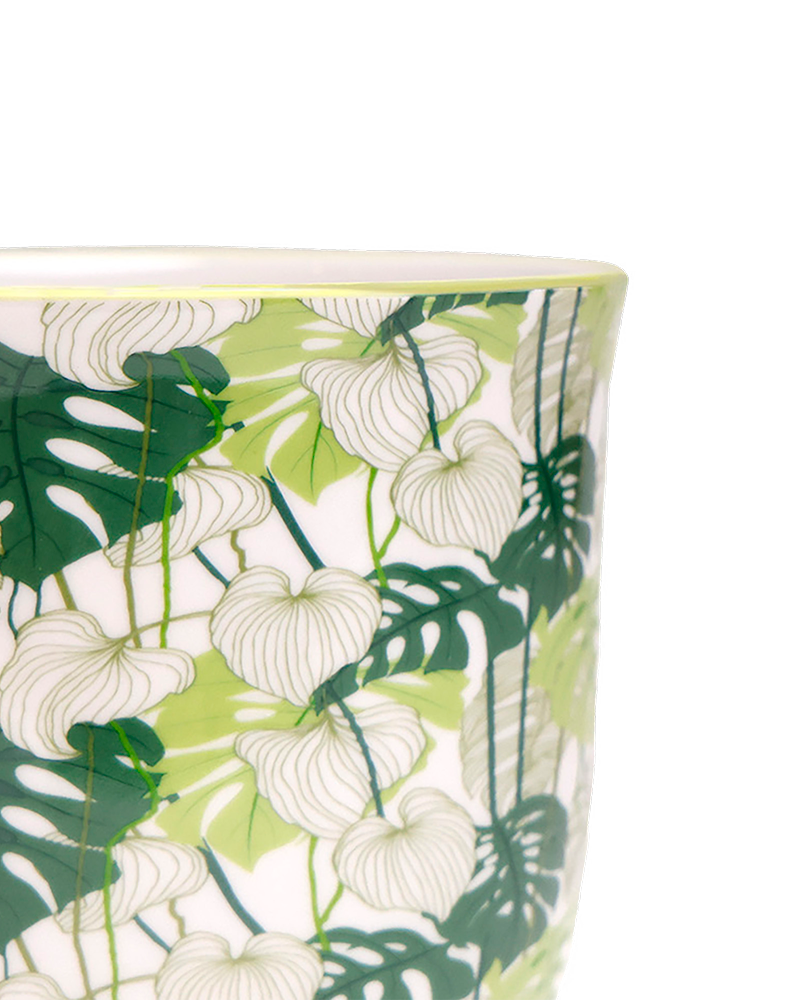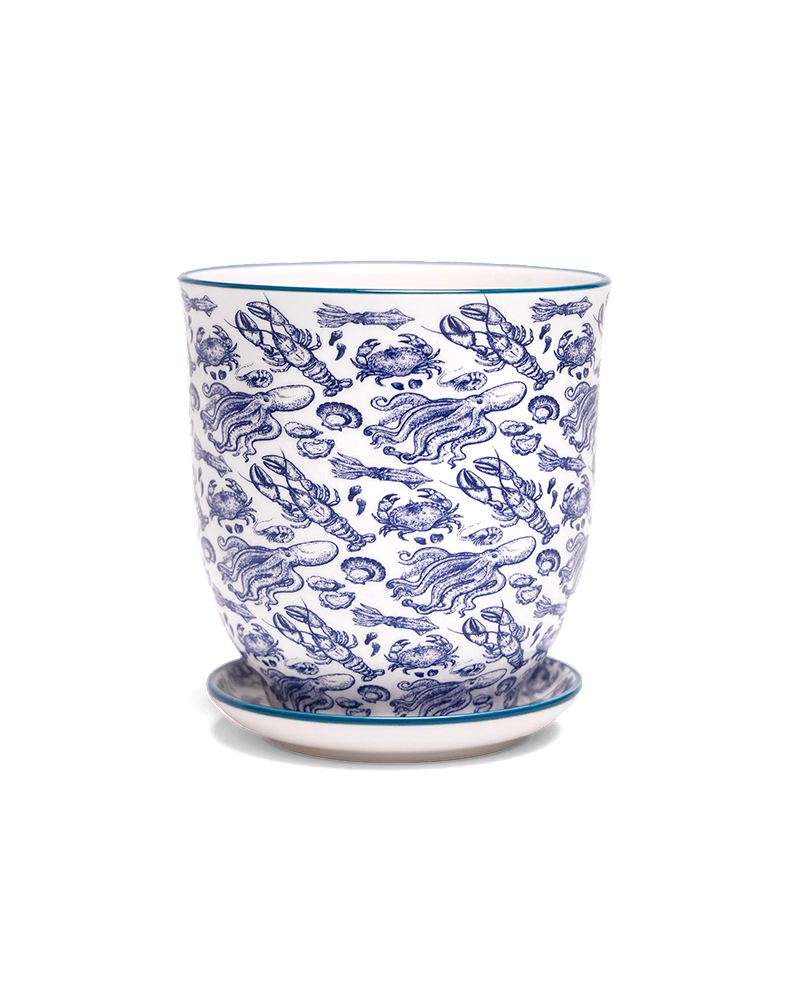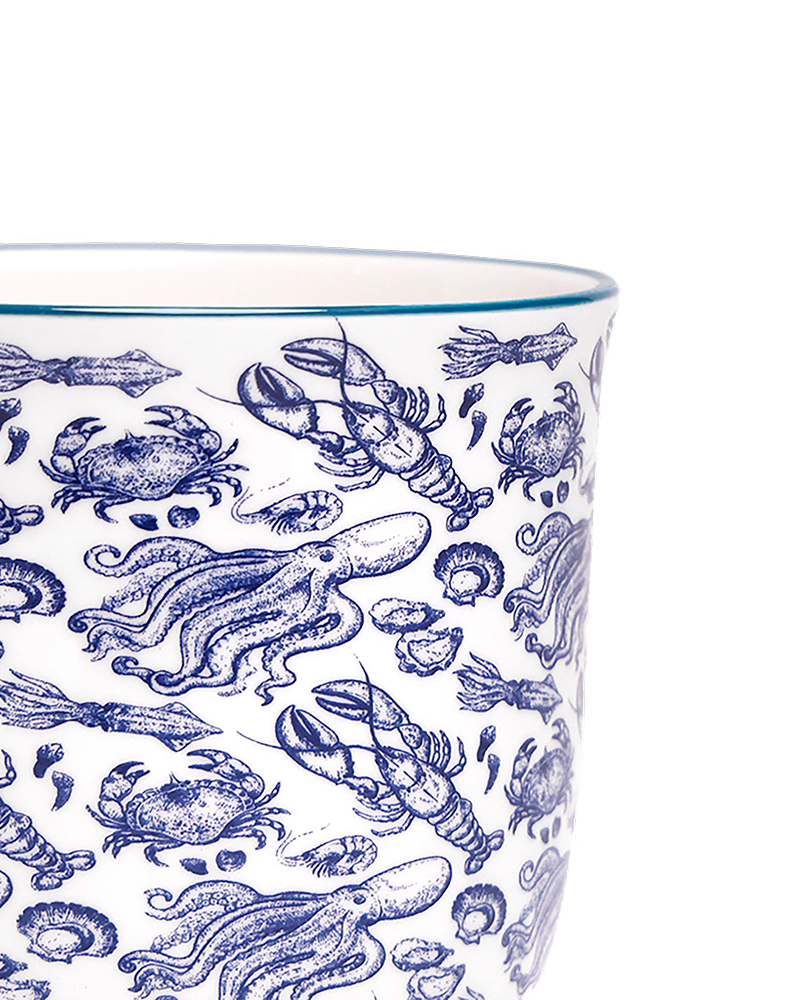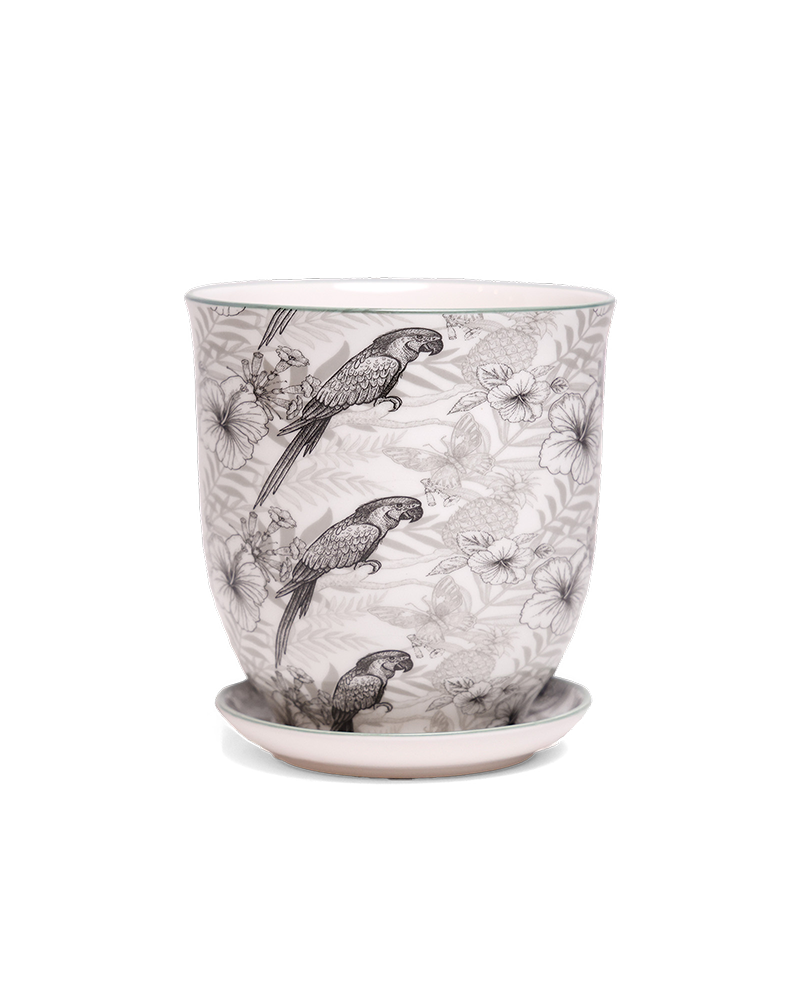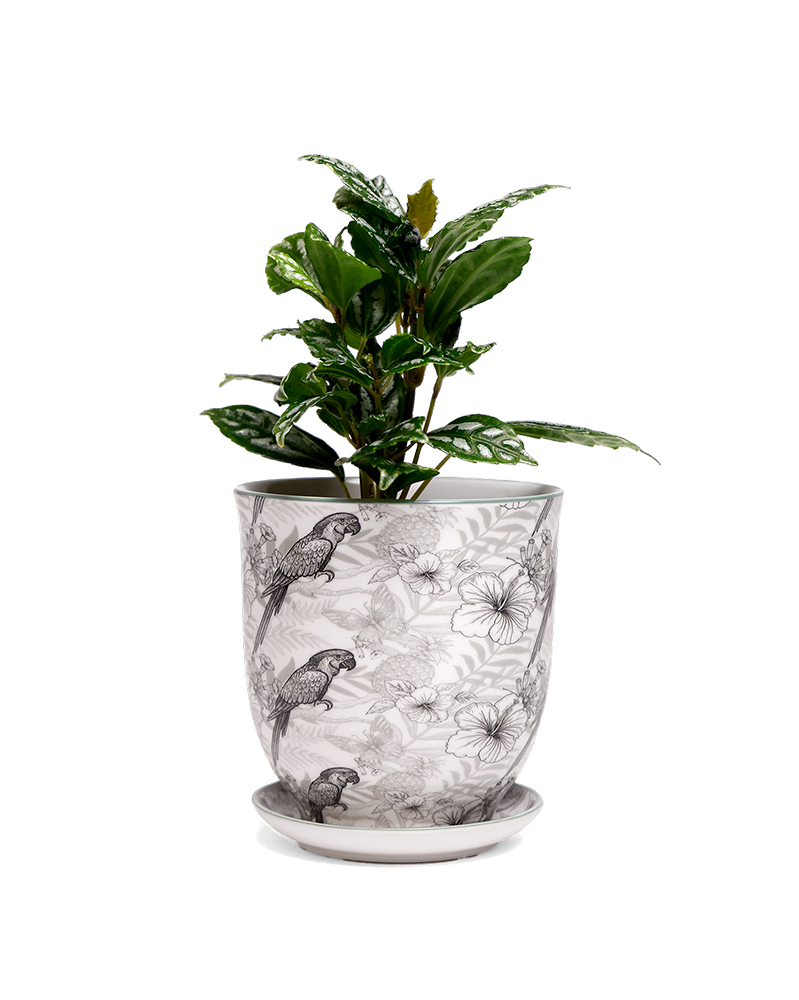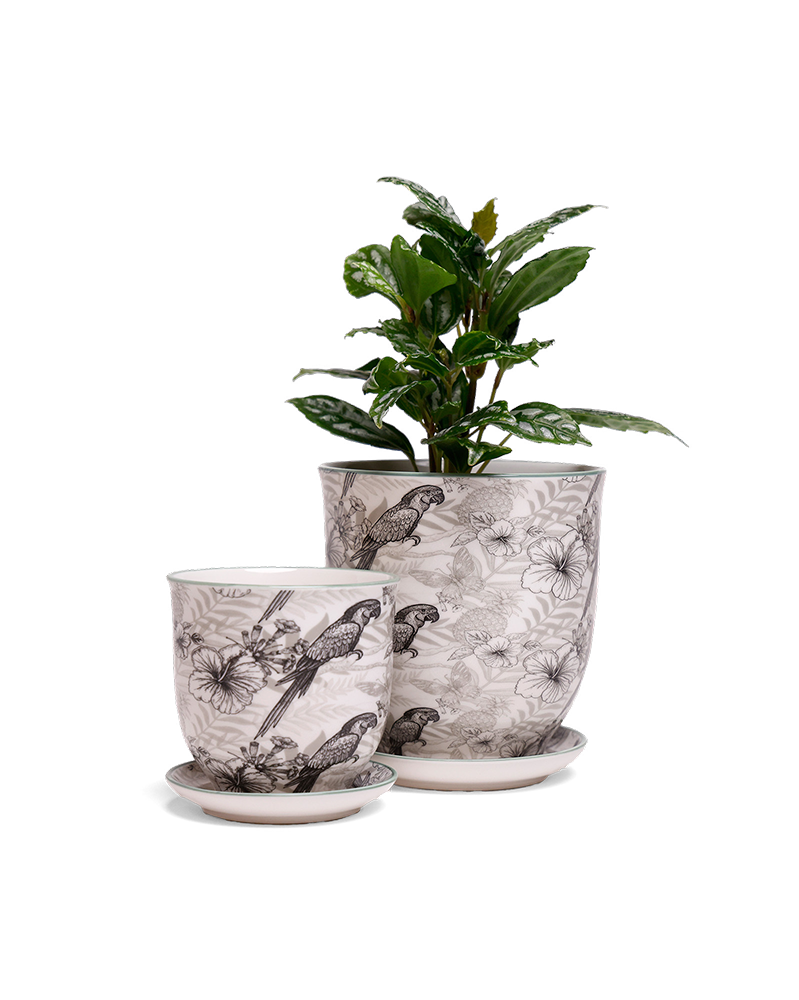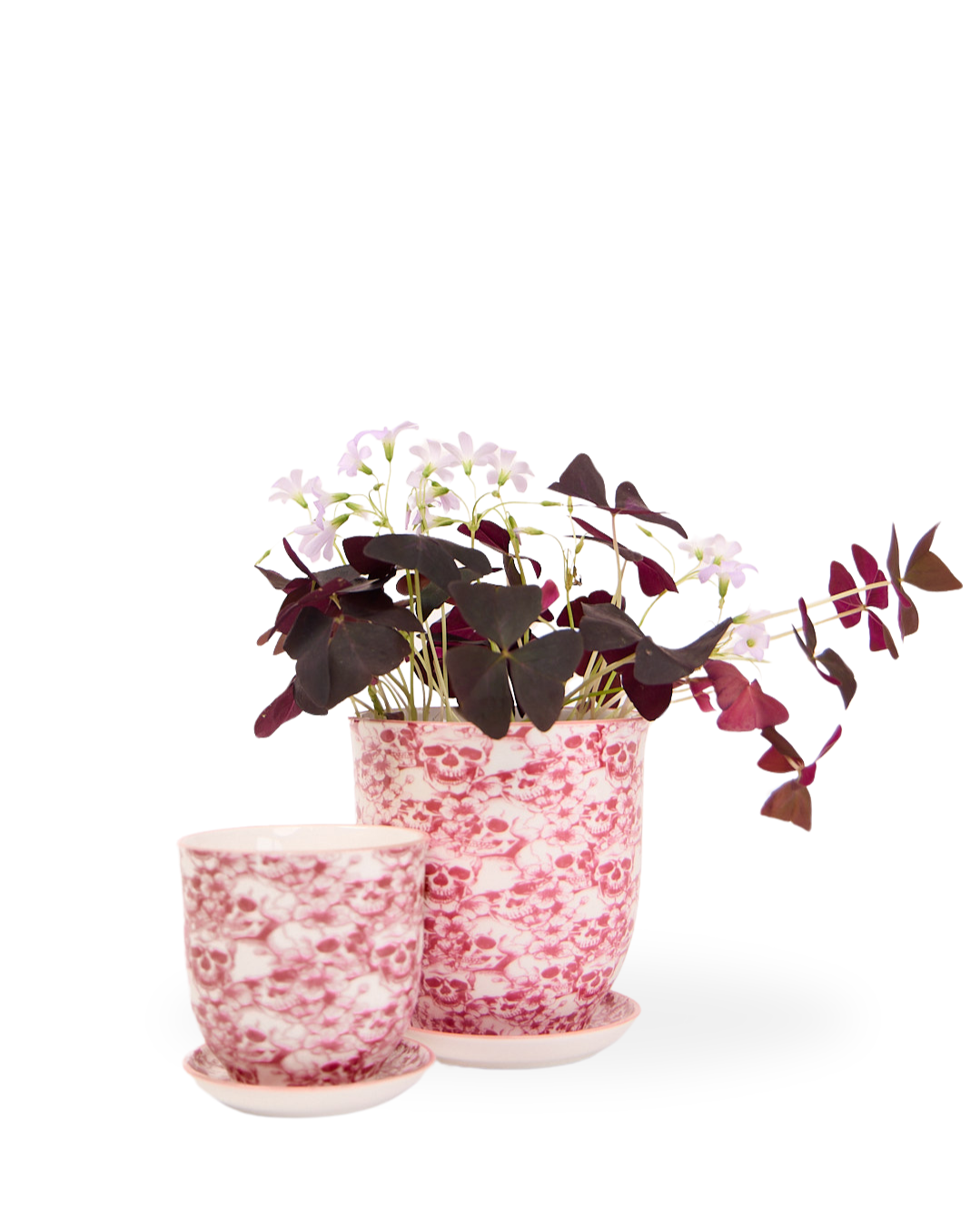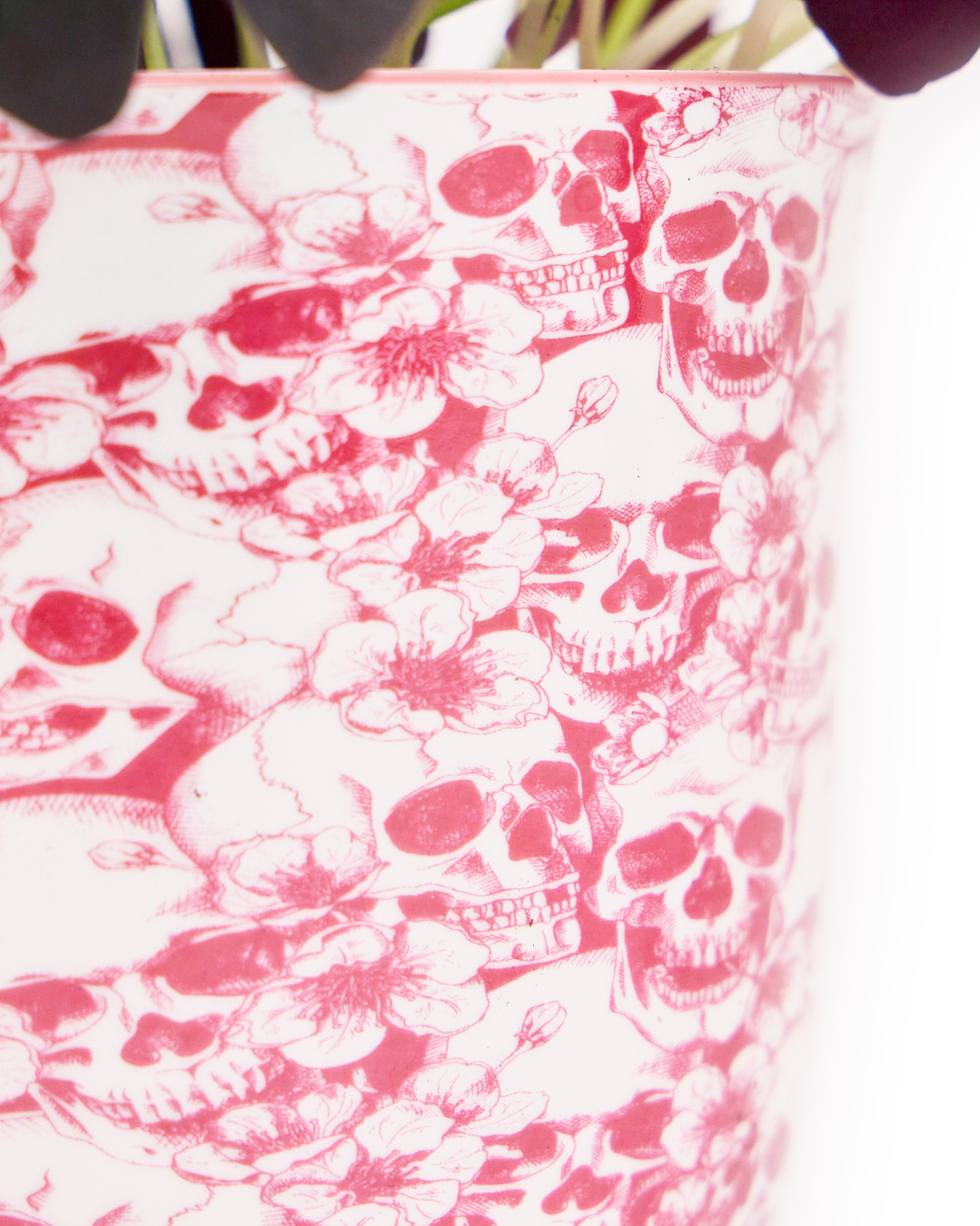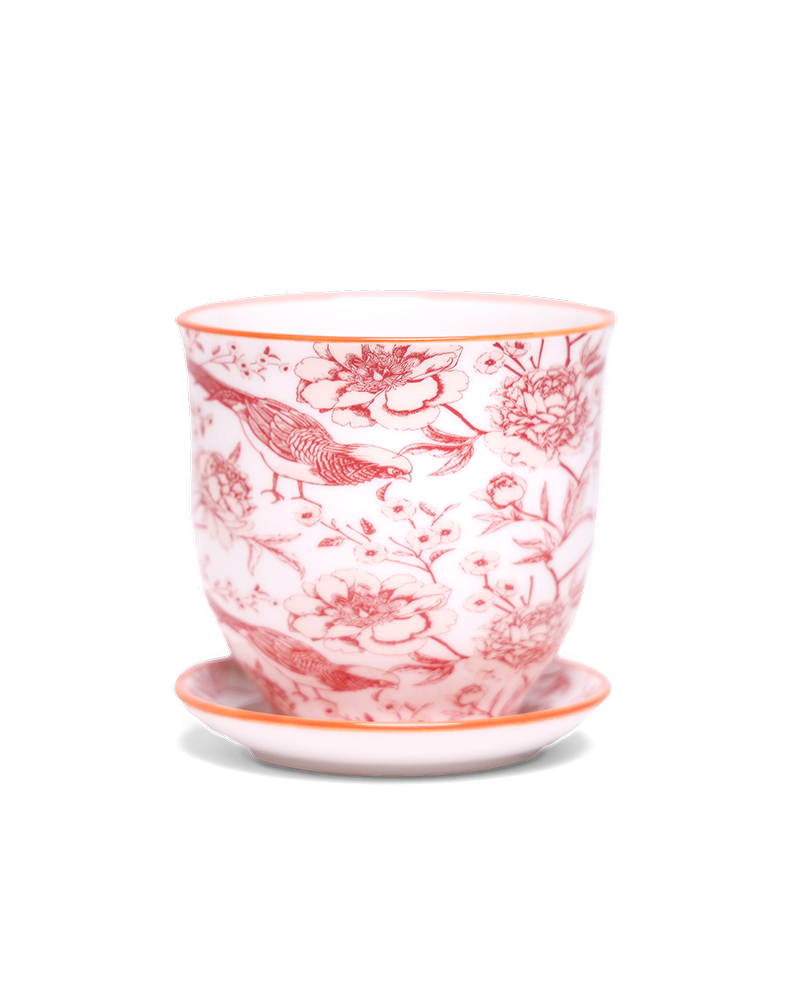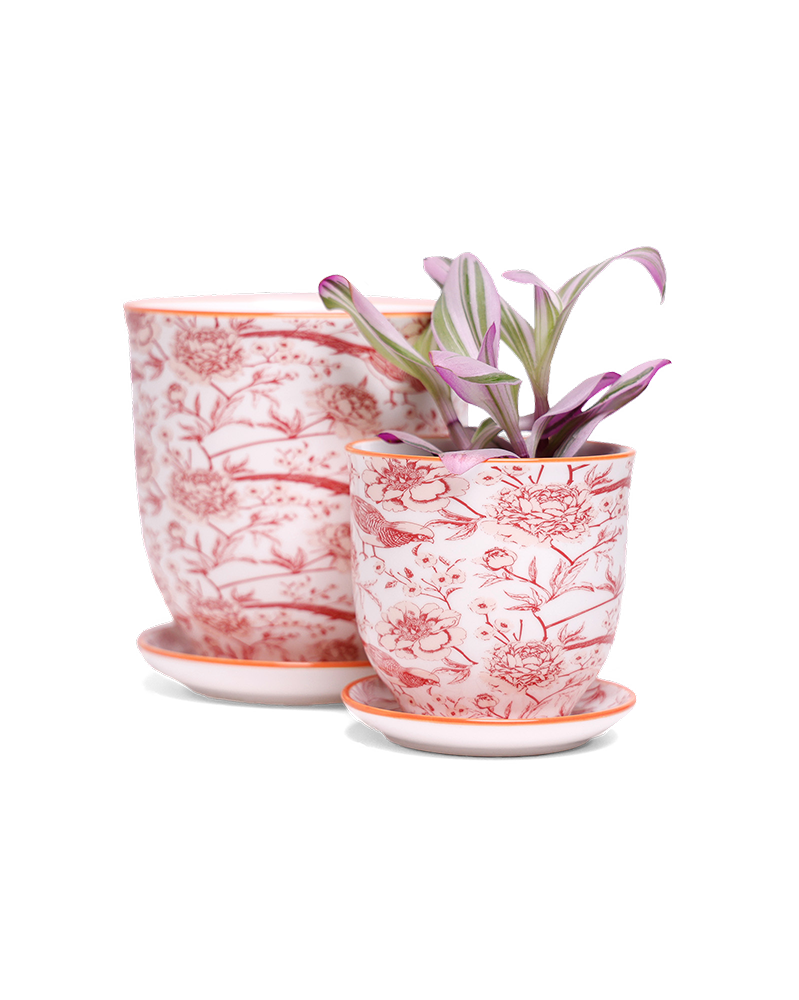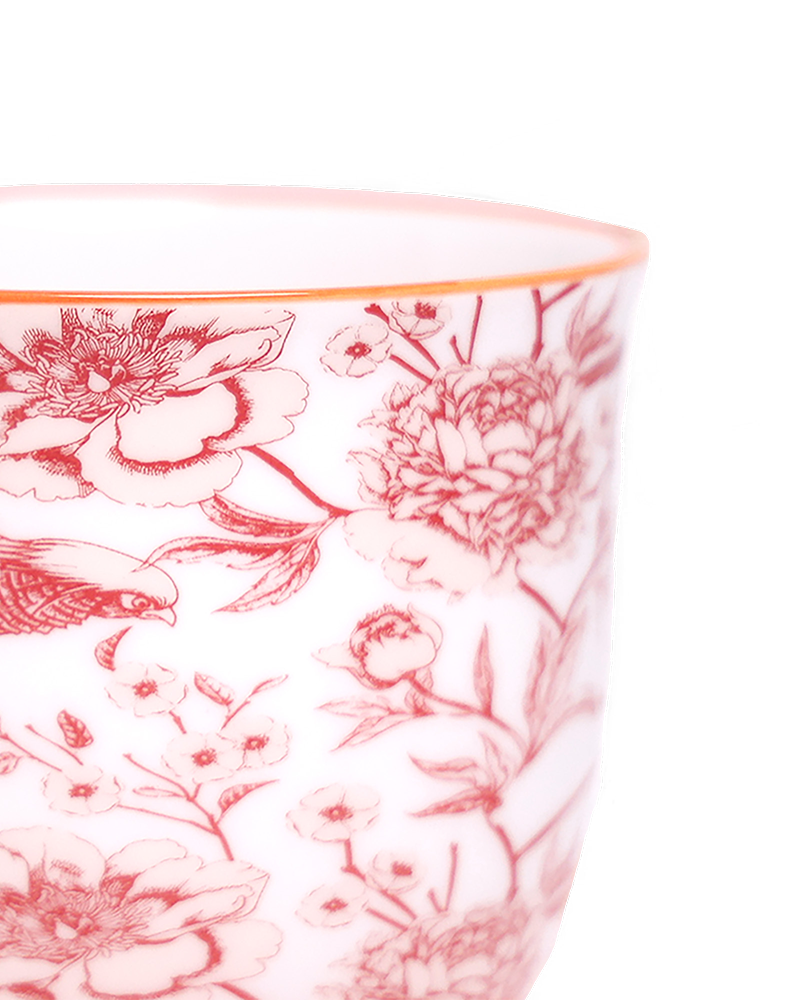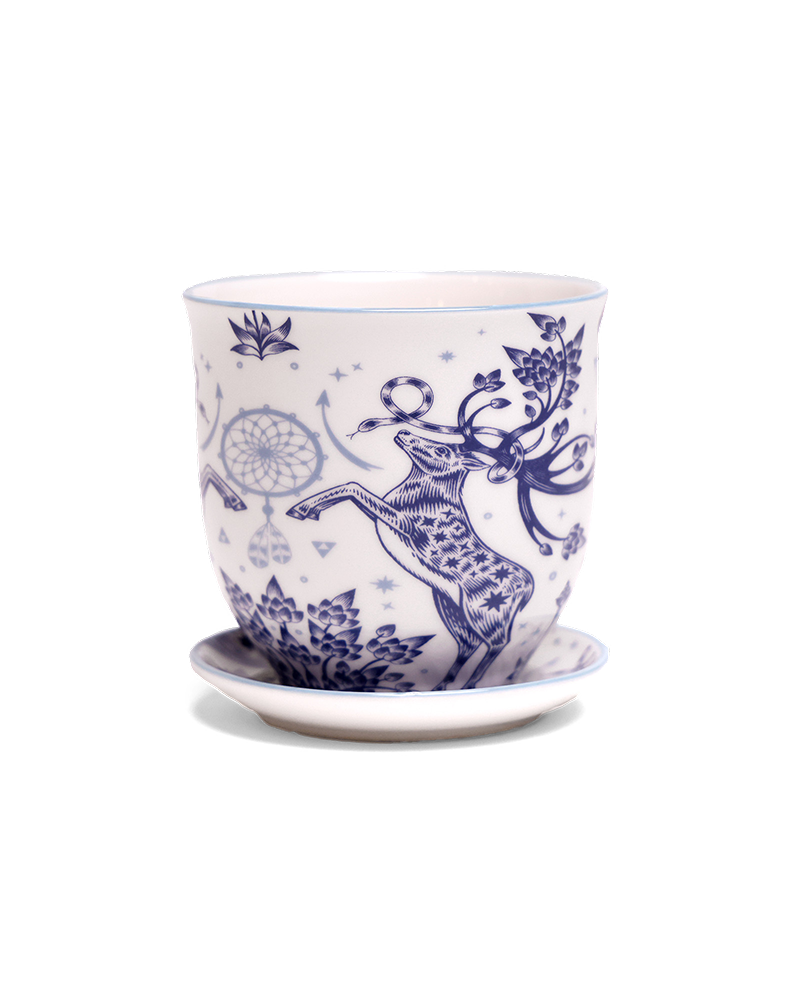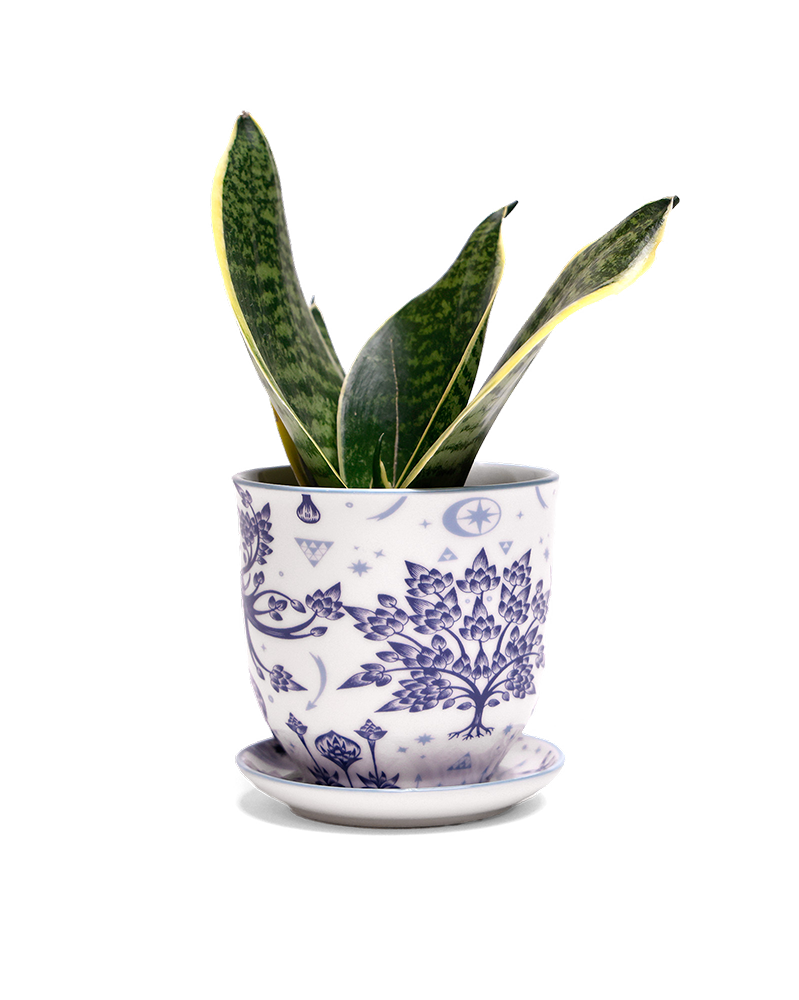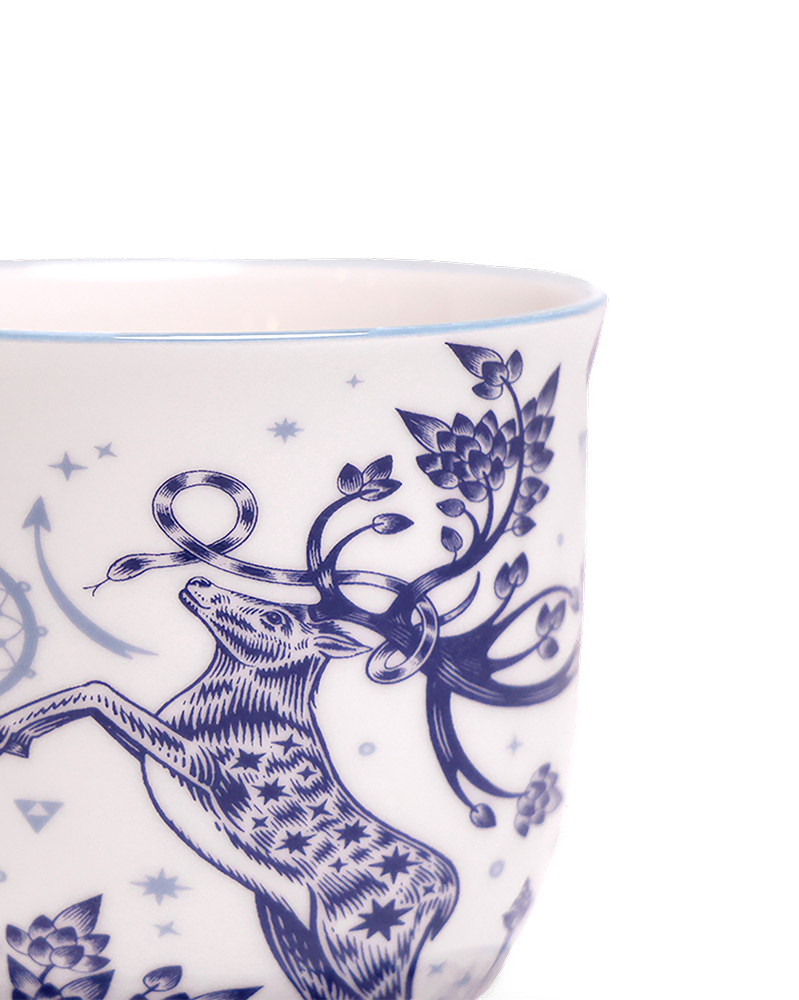
How to care
for your Pothos
Pothos

The Ultimate Guide to Caring for Pothos
- Pothos is also one of those plants that has a reputation for purifying toxins in the air.
- Pothos are incredibly resilient and don’t even need a soil medium to grow – you can grow one in just a glass/body of water
- Pothos that grow in the wild can reach up to 35 to 40 feet AND they can flower once they’ve hit their stride and maturity; unfortunately, it’s unlikely that’ll ever happen in your home … but they still deserve your love and attention!
Rating of 5 means .
The rating of this product for "" is 4.
Care Level
The Pothos is a great plant for beginners – they’re easy to maintain and can grow in almost any spot of your home.
Rating of 5 means .
The rating of this product for "" is 2.
Light
Pothos can tolerate a variety of light conditions, on the one condition you don’t put it in direct sunlight where it’ll burn. Pothos plants thrive well in bright, indirect sunlight and are very tolerant of low-light conditions; just note that if you keep it in low-light there’ll be less variegation. If existing or new leaves suddenly turn pale, it doesn’t mean your plant’s shy, it means they’re getting way too much direct sunlight.
Rating of 5 means .
The rating of this product for "" is 3.
Water
Wait for the soil to dry out completely before watering. Damp soil can result in the plant's roots to rot. Look out for signs of black spots on its leaves – this means the soil has been kept too wet. Alternatively, when the plant starts to droop or its leaves look dry or start browning, then it needs more water. However, do not wait for this to happen. Check for dry soil and water.
Rating of 5 means .
The rating of this product for "" is 4.
Humidity
Pothos plants prefer high levels of humidity, making it one of the few living things you can sustain eye contact with in the bathroom and not have it be weird or creepy. If you already have a humidifier, then your Pothos will sure appreciate it. That said, they are also very tolerant of low-humidity conditions – like we said – they’re great low-maintenance plants.
Rating of 5 means .
The rating of this product for "" is 4.
Temperature
Pothos are resilient plants that can grow well in any environment above 10°C – but the true sweet spot is between 18 to 24°C.
Rating of 5 means .
The rating of this product for "" is 4.
Pets
Pothos plants are mildly toxic to pets – we don’t recommend you test just how mild they are. If Bella, Luna or Charlie ingest it, it’ll cause mild oral irritation, and no one wants that for your best friend(s). Consider getting non-toxic plants like the Pinstripe Calathea, Prayer plant or Peperomias so Bella, Luna and Charlie can live in a toxic-free household.
Rating of 5 means .
The rating of this product for "" is 4.
Care Level
The Pothos is a great plant for beginners – they’re easy to maintain and can grow in almost any spot of your home.
Rating of 5 means .
The rating of this product for "" is 2.
Light
Pothos can tolerate a variety of light conditions, on the one condition you don’t put it in direct sunlight where it’ll burn. Pothos plants thrive well in bright, indirect sunlight and are very tolerant of low-light conditions; just note that if you keep it in low-light there’ll be less variegation. If existing or new leaves suddenly turn pale, it doesn’t mean your plant’s shy, it means they’re getting way too much direct sunlight.
Rating of 5 means .
The rating of this product for "" is 3.
Water
Wait for the soil to dry out completely before watering. Damp soil can result in the plant's roots to rot. Look out for signs of black spots on its leaves – this means the soil has been kept too wet. Alternatively, when the plant starts to droop or its leaves look dry or start browning, then it needs more water. However, do not wait for this to happen. Check for dry soil and water.
Rating of 5 means .
The rating of this product for "" is 4.
Humidity
Pothos plants prefer high levels of humidity, making it one of the few living things you can sustain eye contact with in the bathroom and not have it be weird or creepy. If you already have a humidifier, then your Pothos will sure appreciate it. That said, they are also very tolerant of low-humidity conditions – like we said – they’re great low-maintenance plants.
Rating of 5 means .
The rating of this product for "" is 4.
Temperature
Pothos are resilient plants that can grow well in any environment above 10°C – but the true sweet spot is between 18 to 24°C.
Rating of 5 means .
The rating of this product for "" is 4.
Pets
Pothos plants are mildly toxic to pets – we don’t recommend you test just how mild they are. If Bella, Luna or Charlie ingest it, it’ll cause mild oral irritation, and no one wants that for your best friend(s). Consider getting non-toxic plants like the Pinstripe Calathea, Prayer plant or Peperomias so Bella, Luna and Charlie can live in a toxic-free household.
Pots for your Pothos
Subscribe to our newsletter
Promotions, new products and sales. Directly to your inbox.

